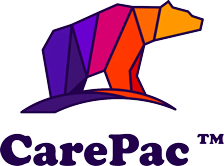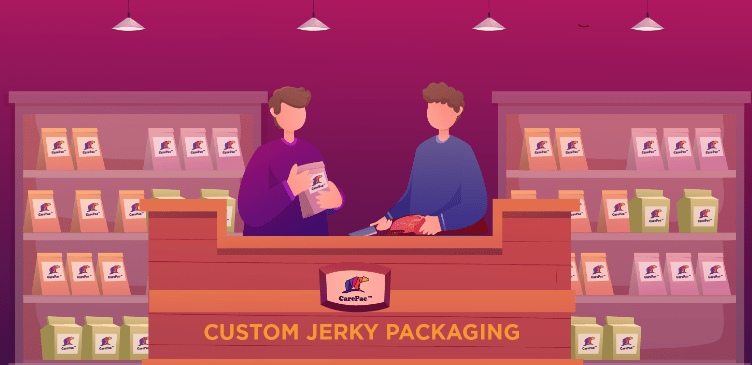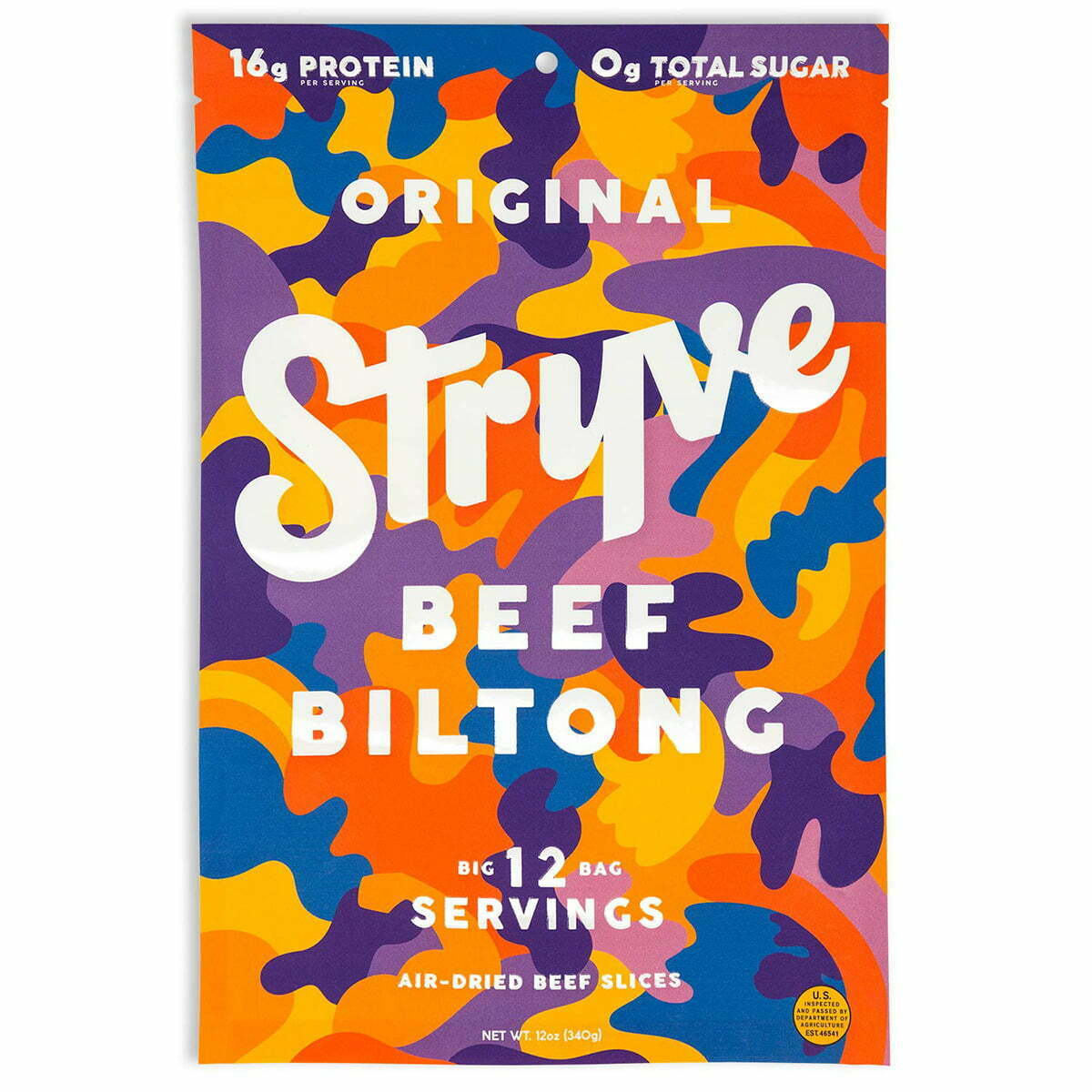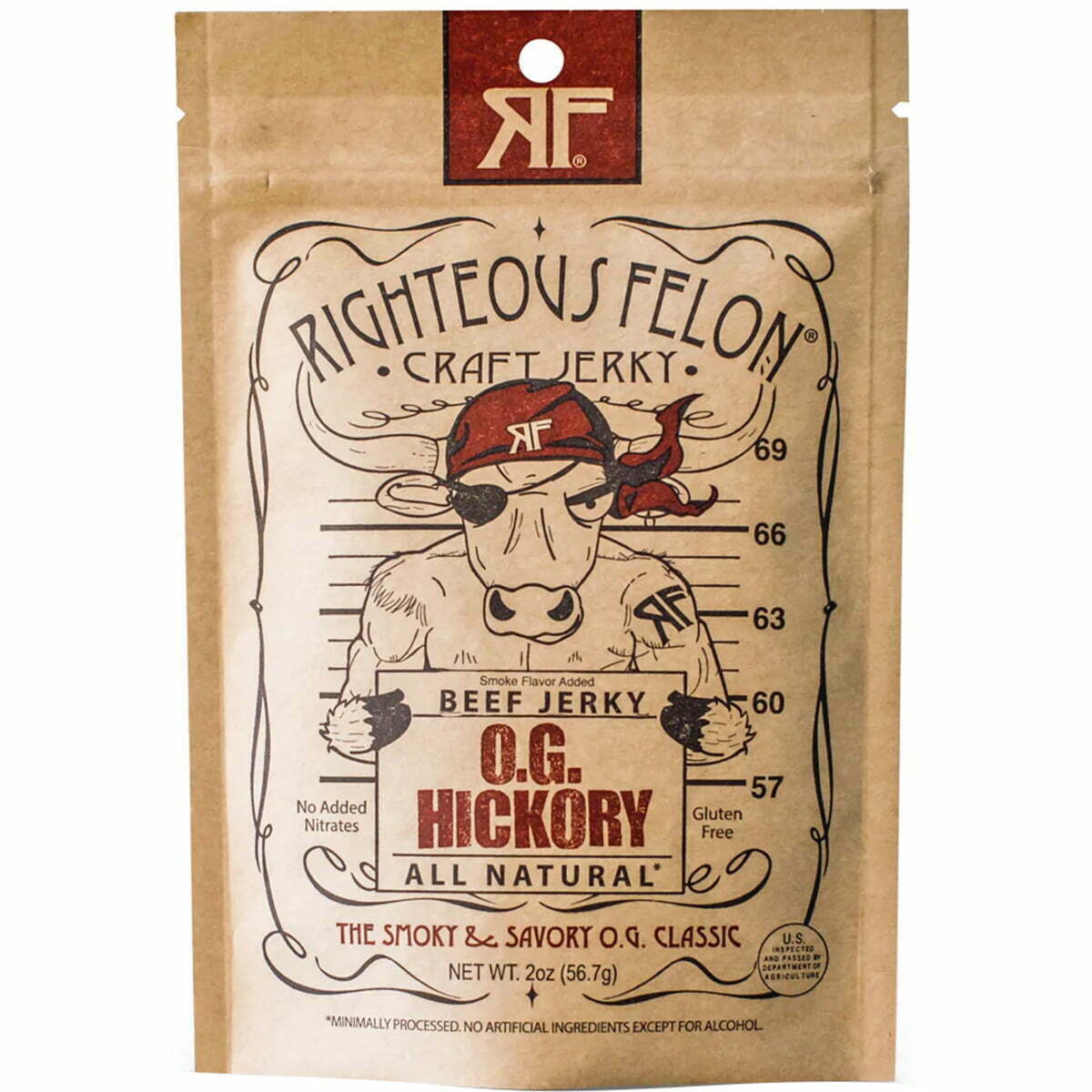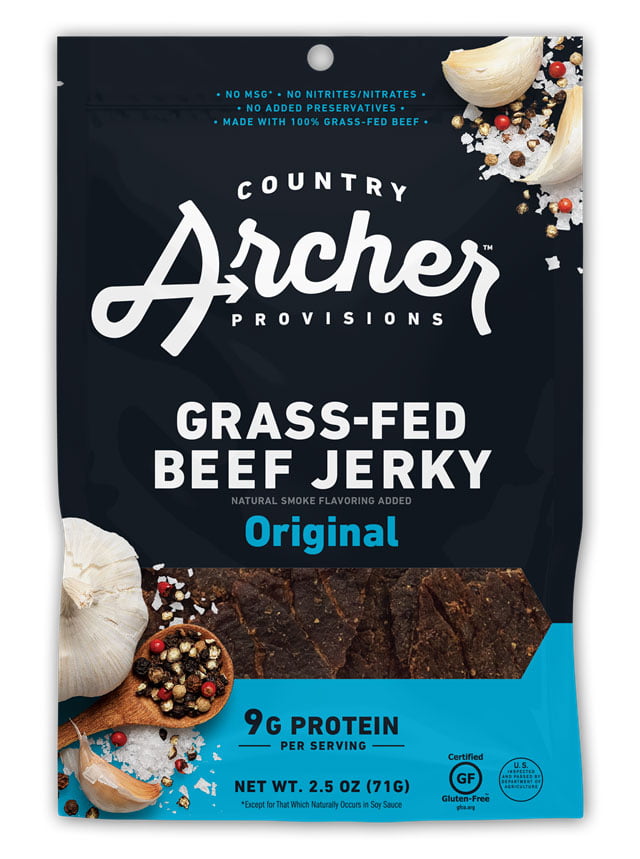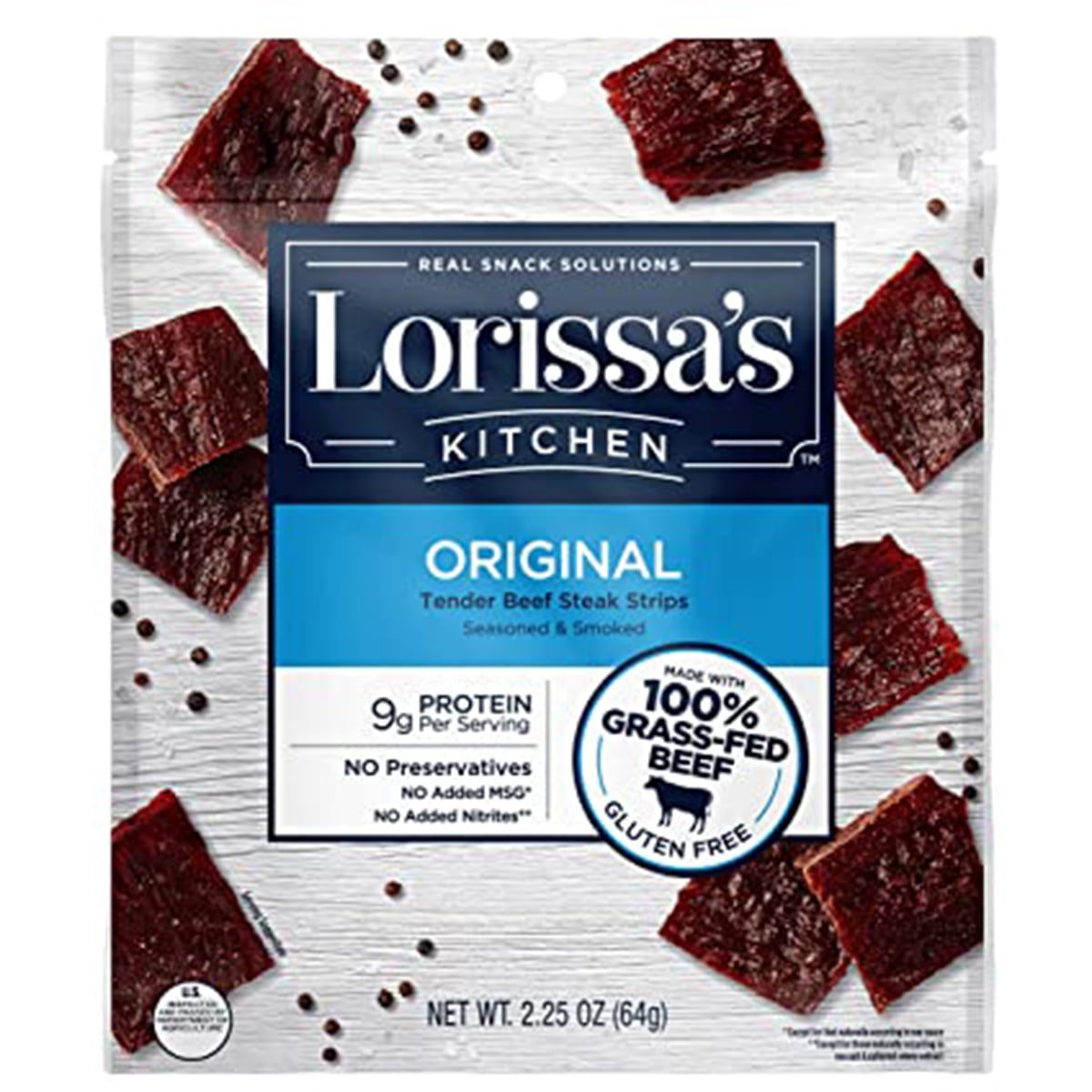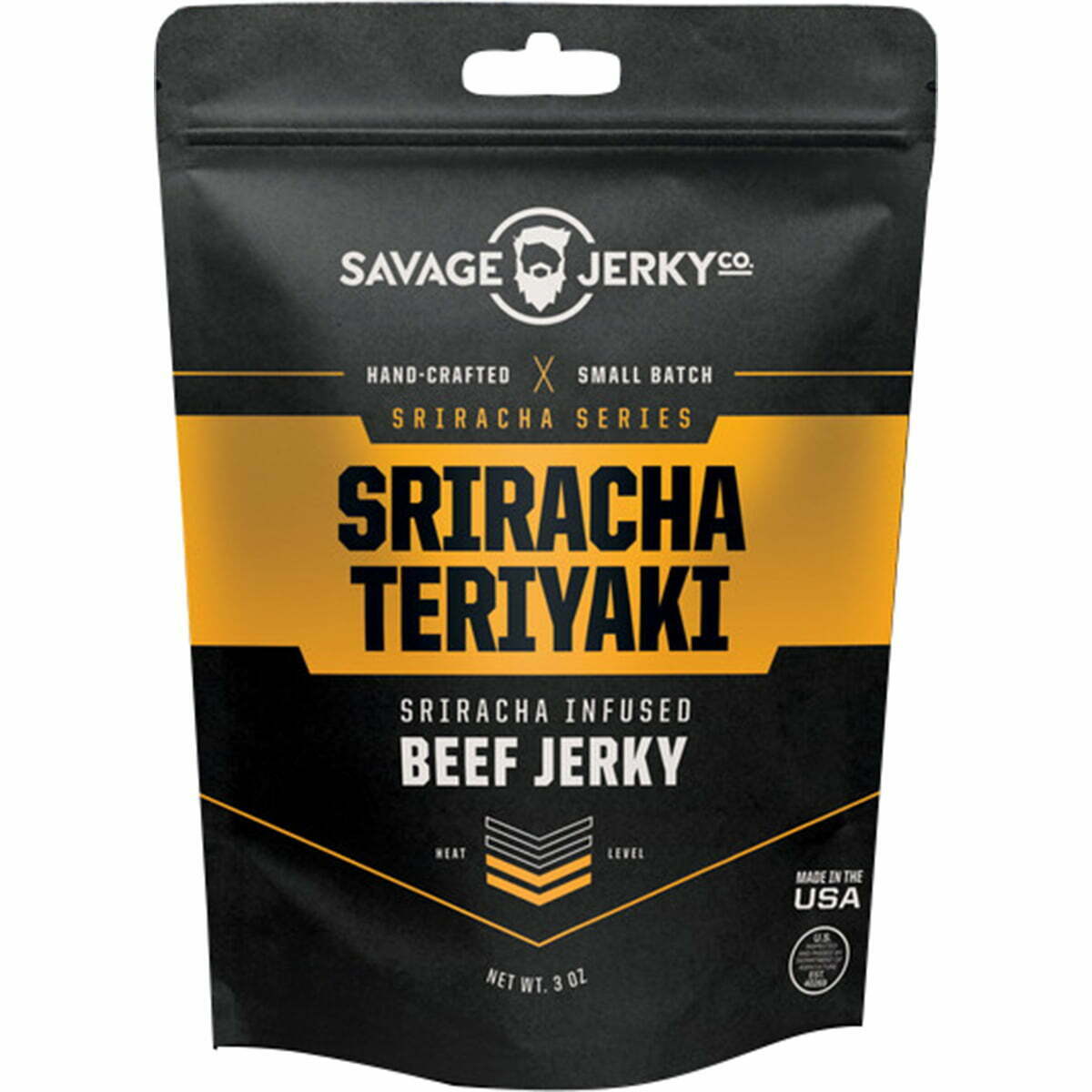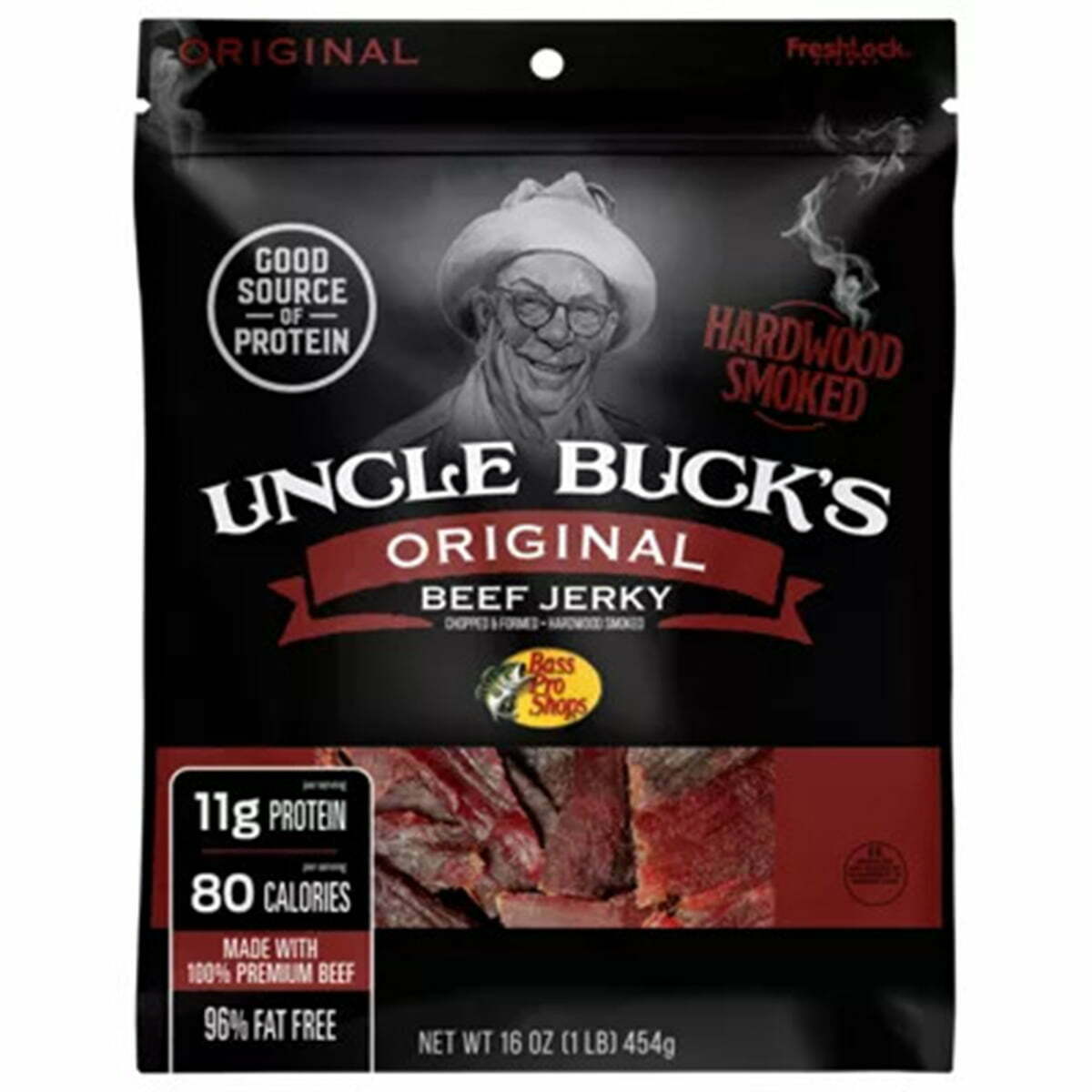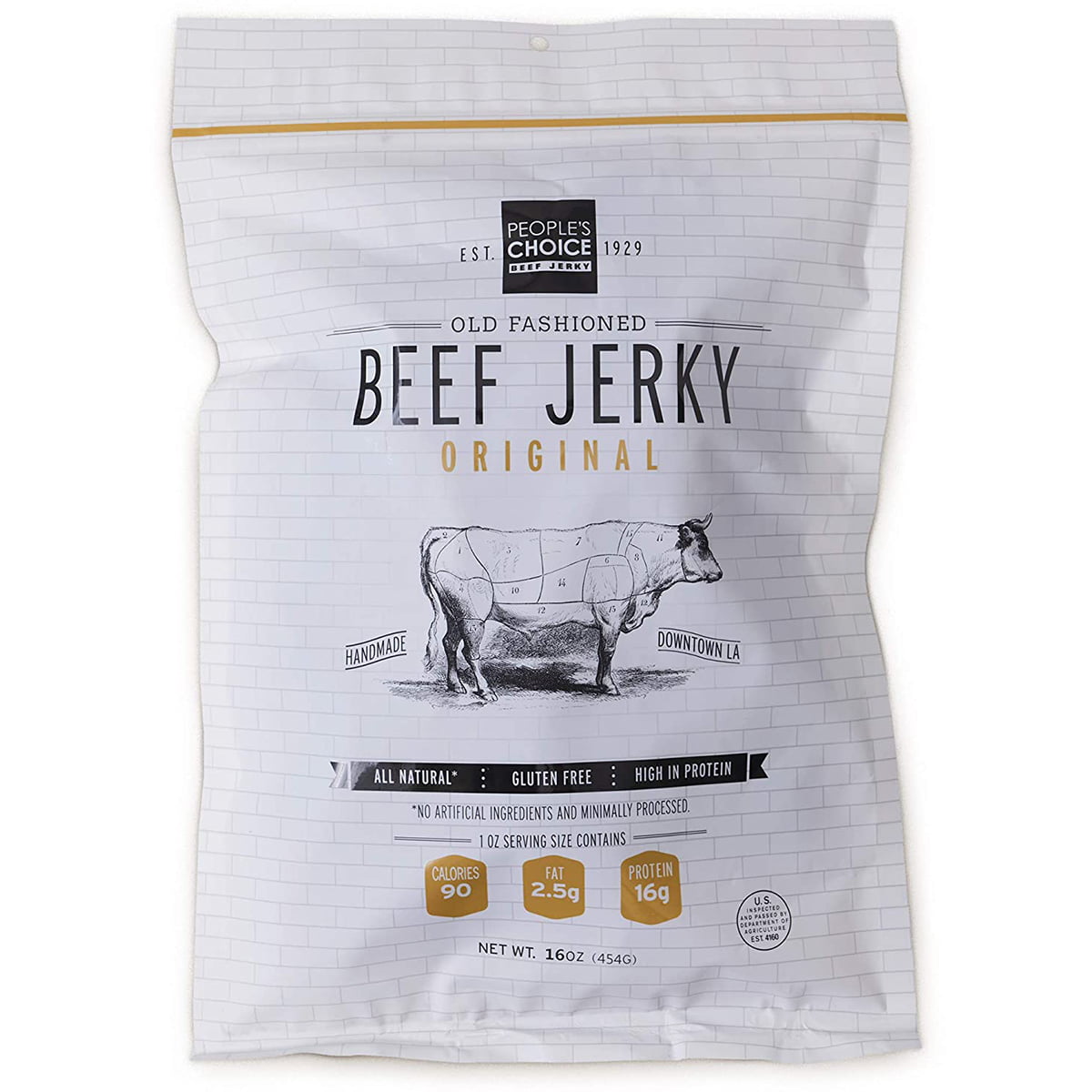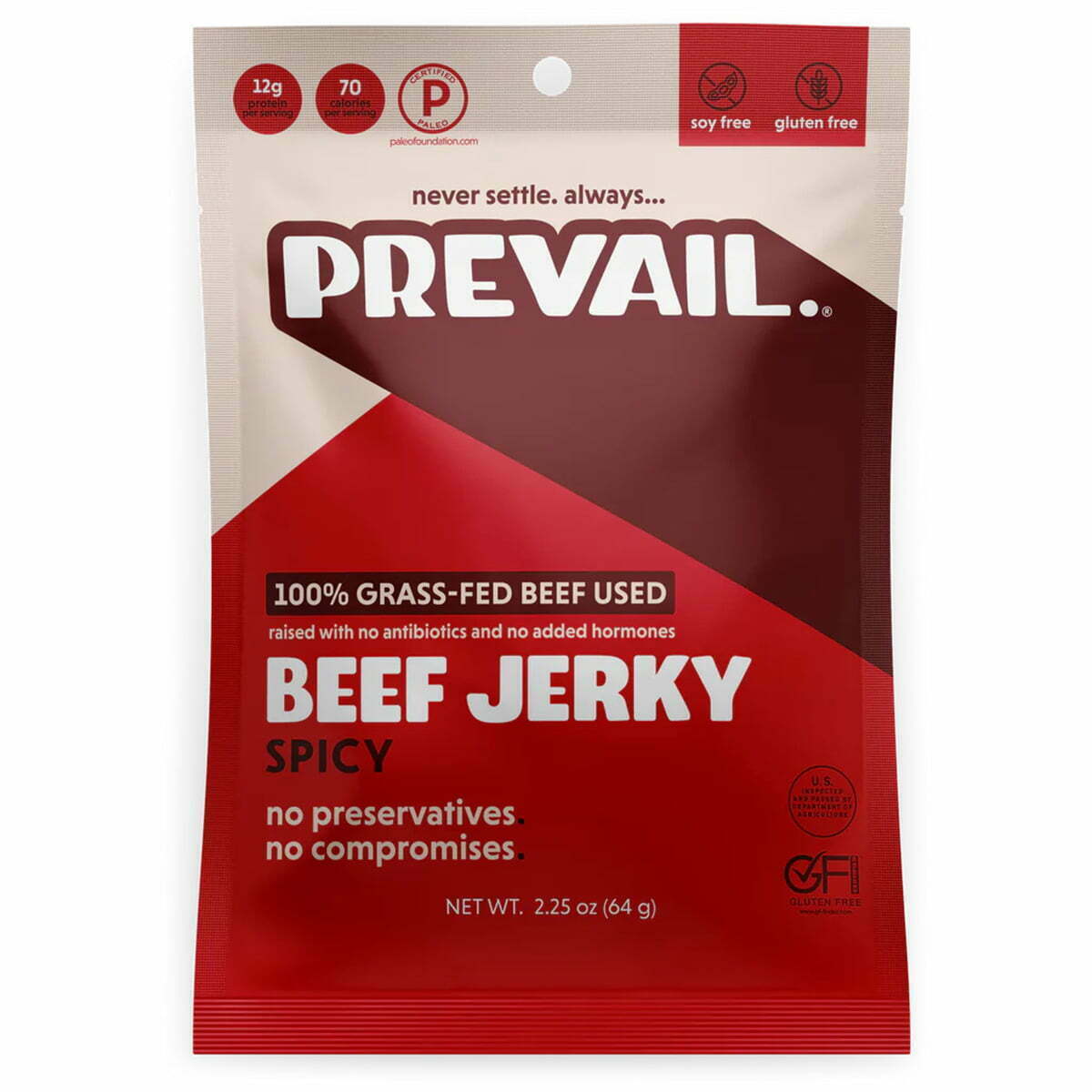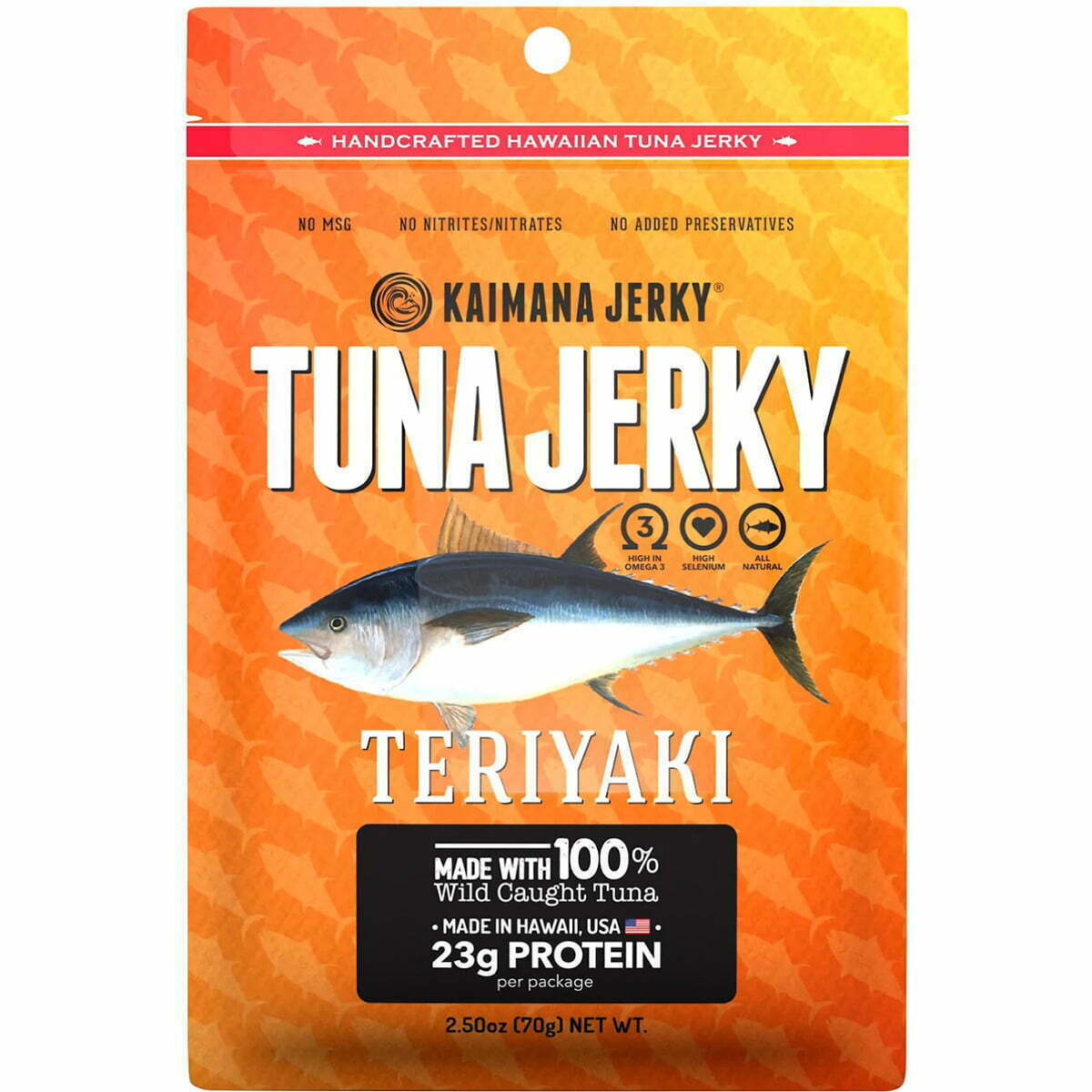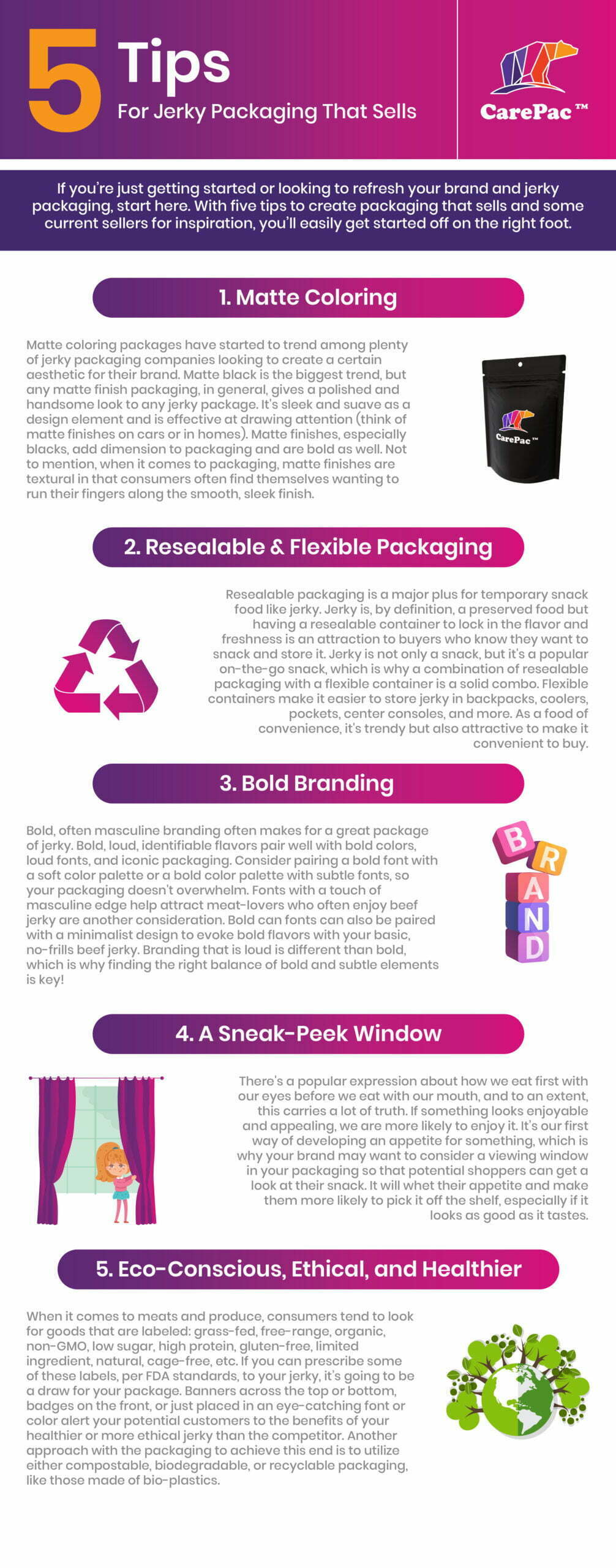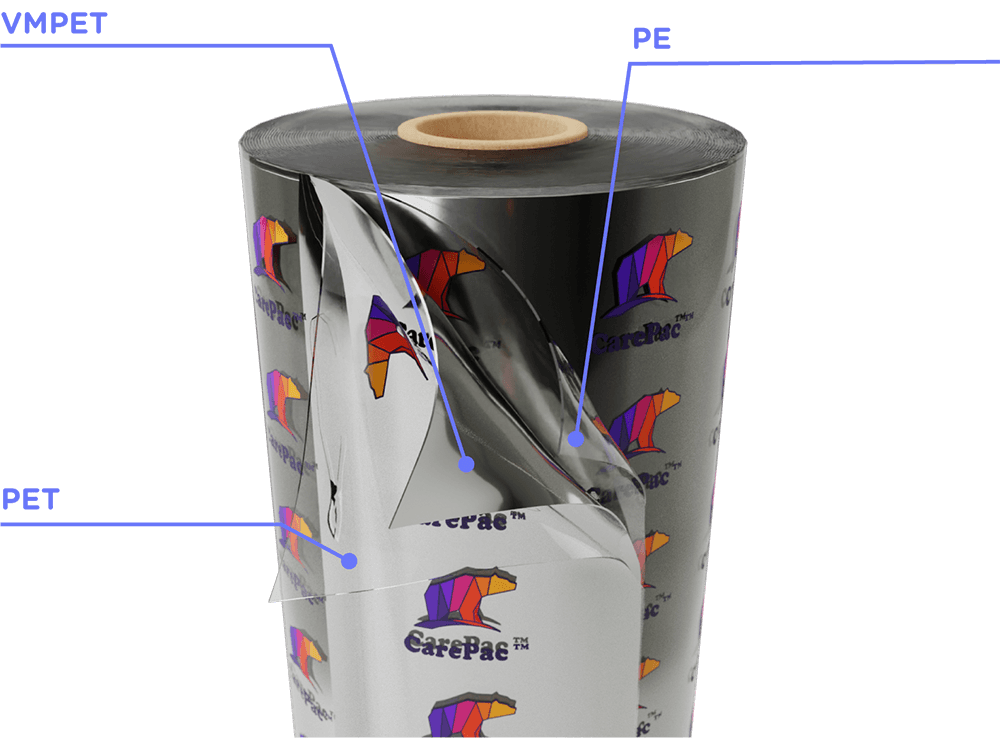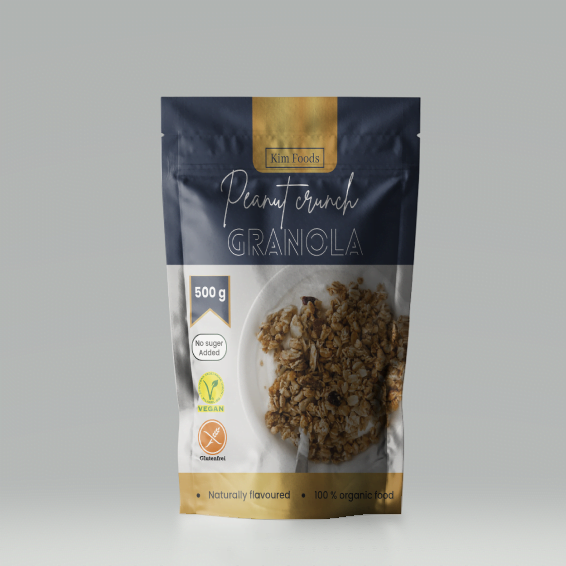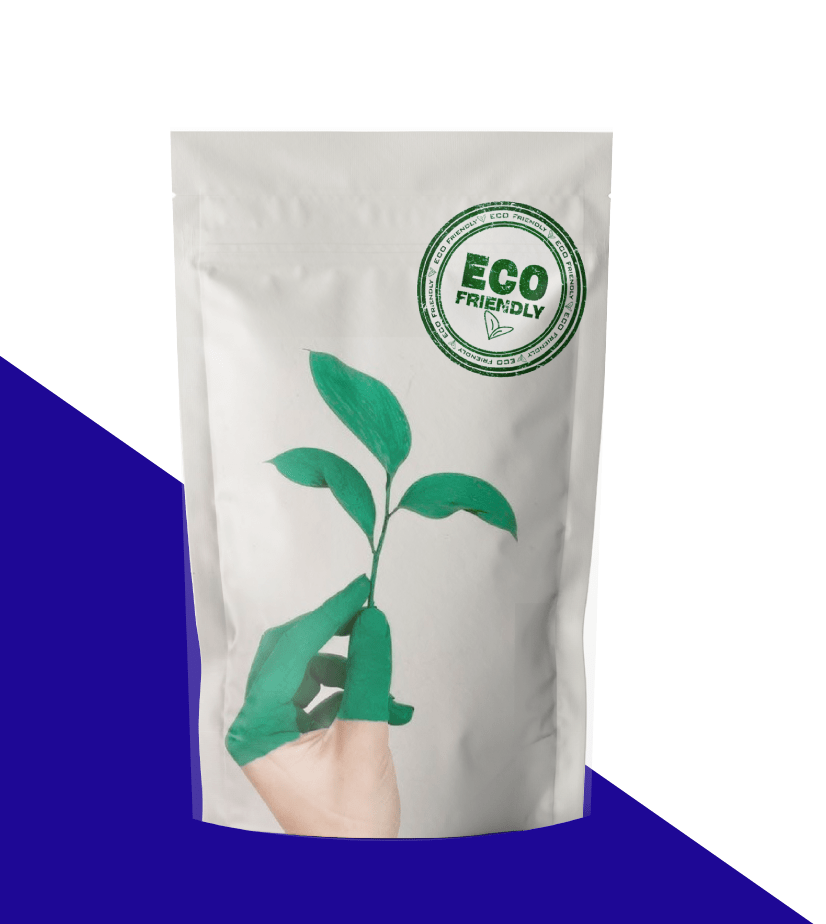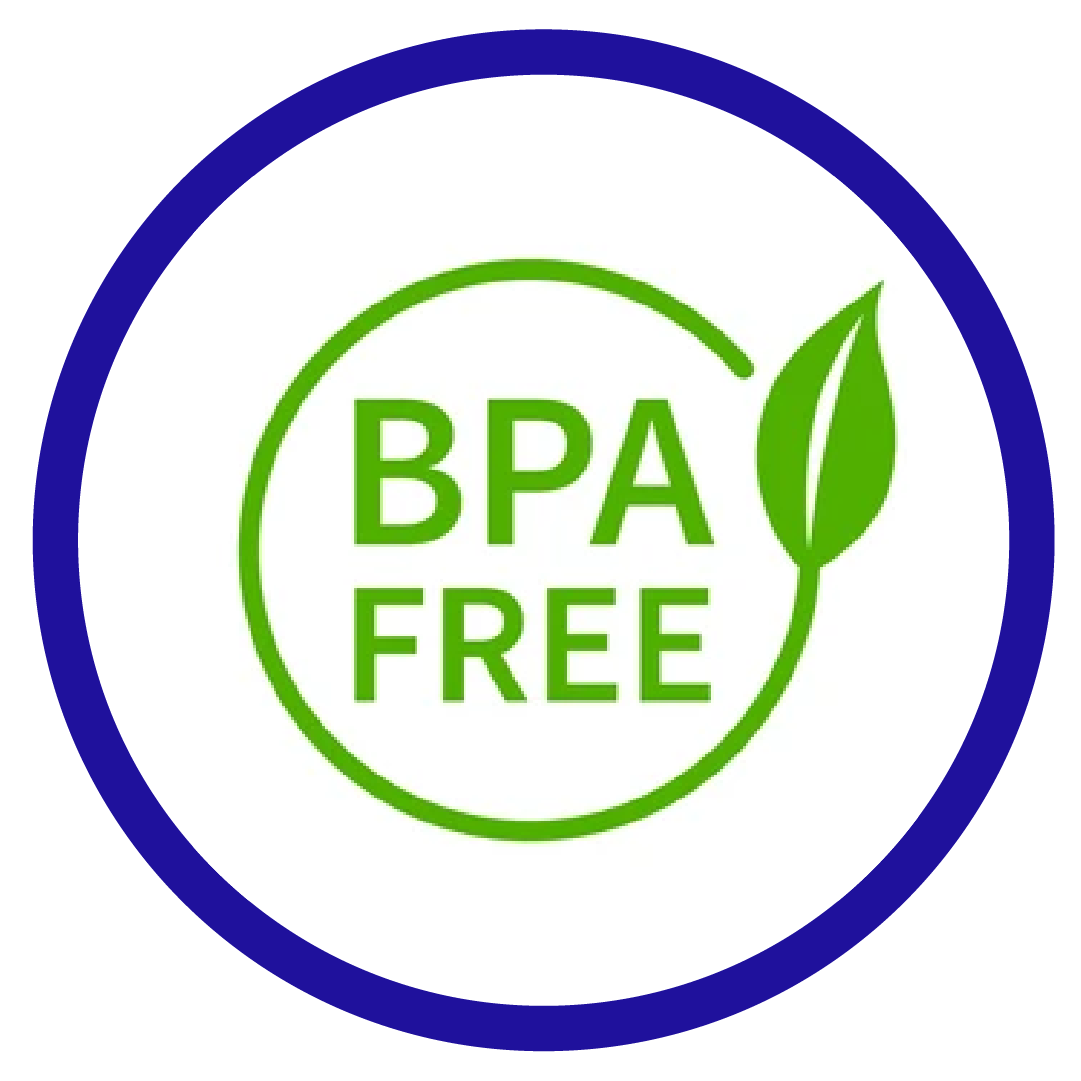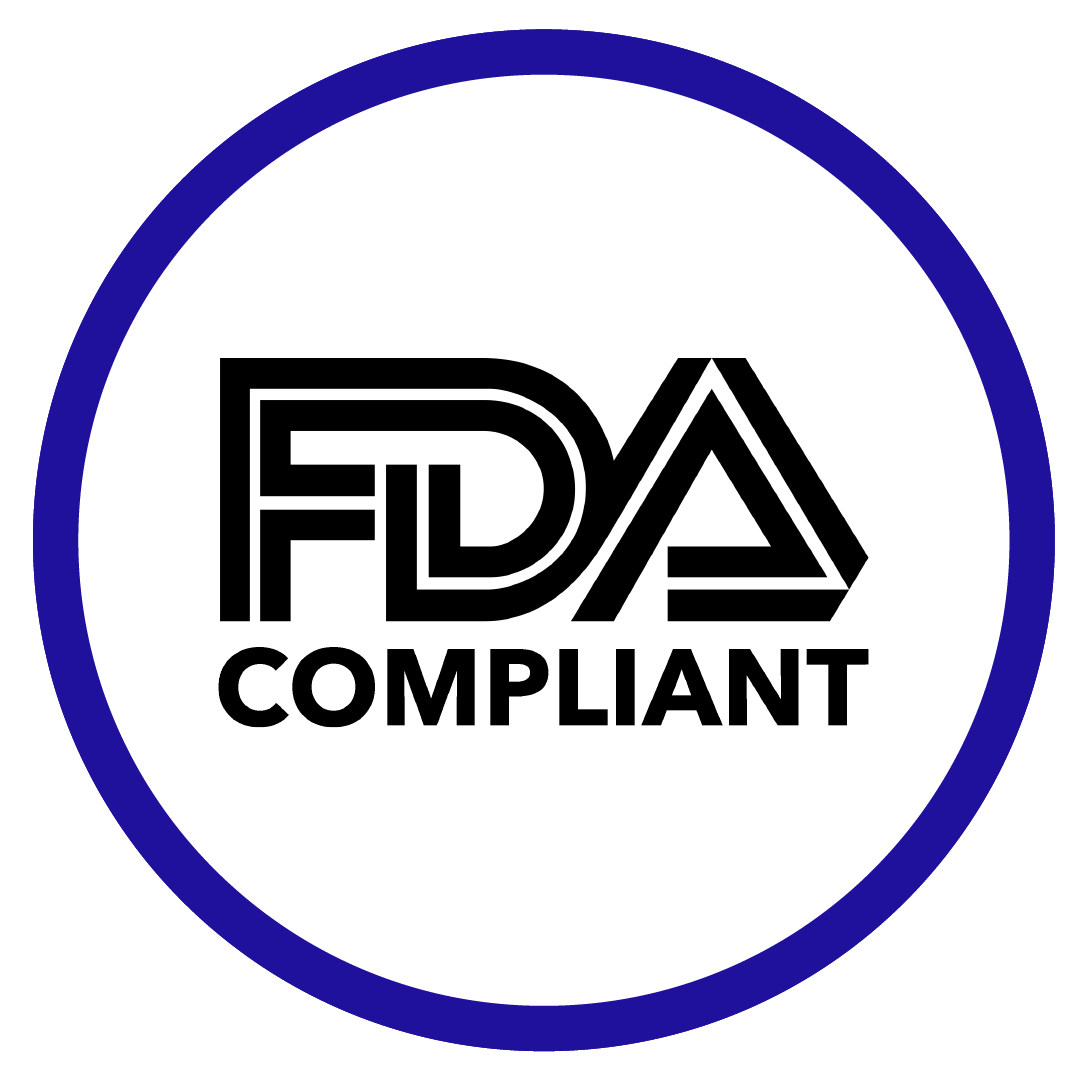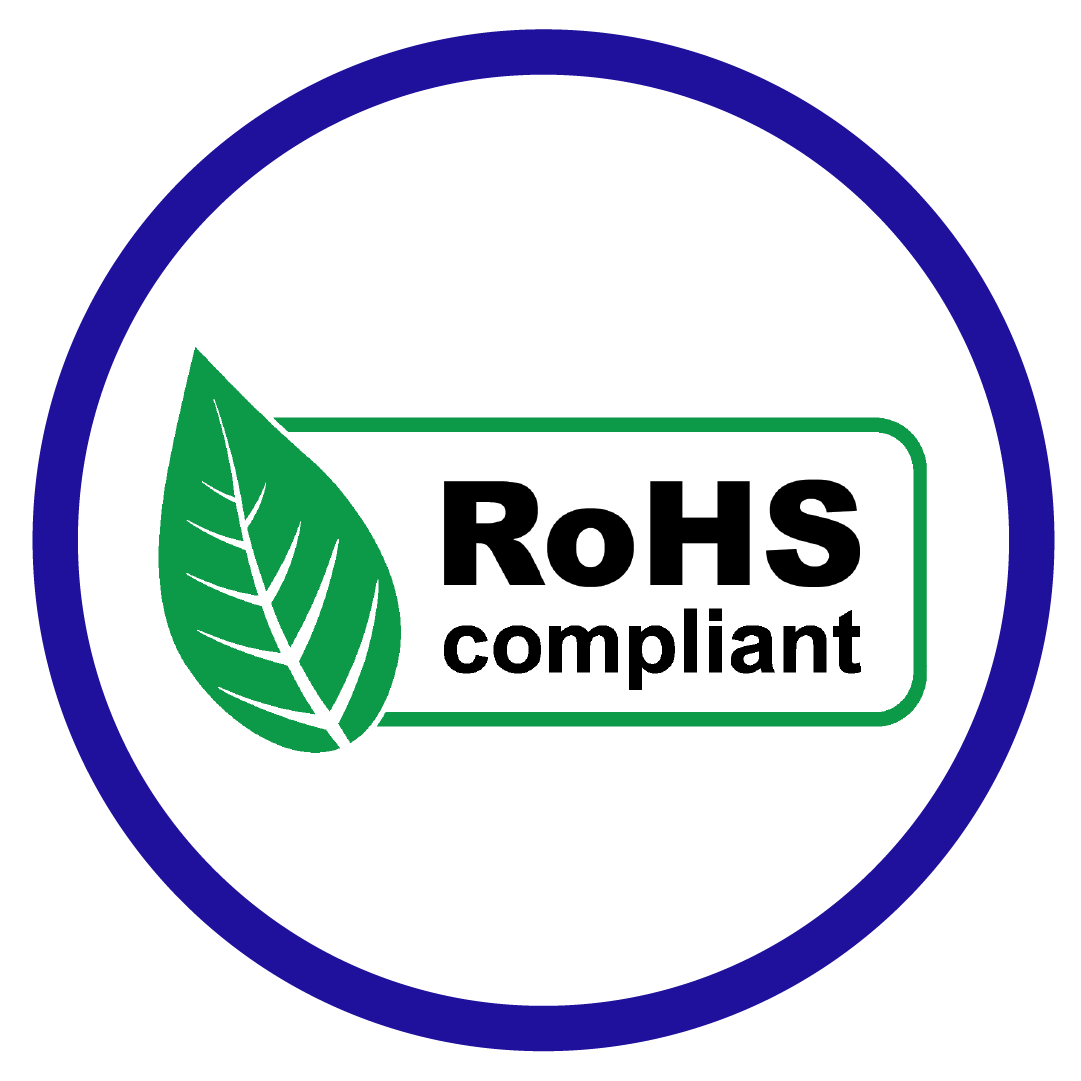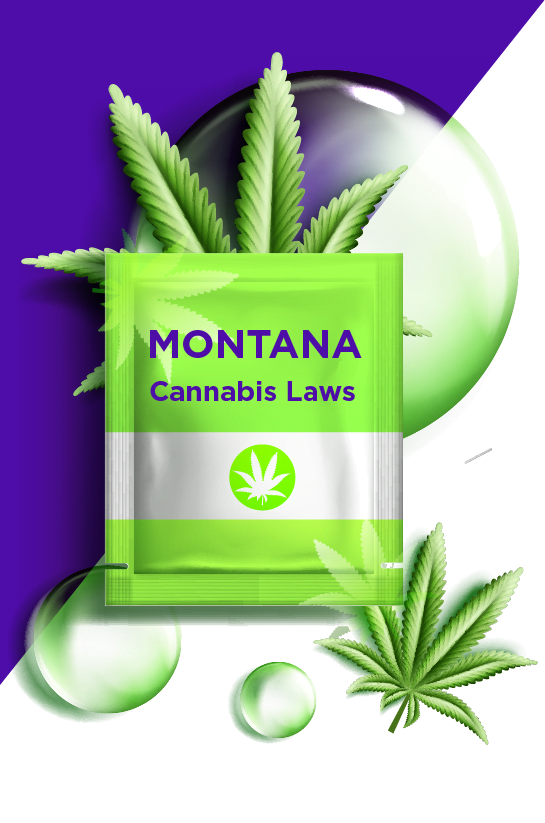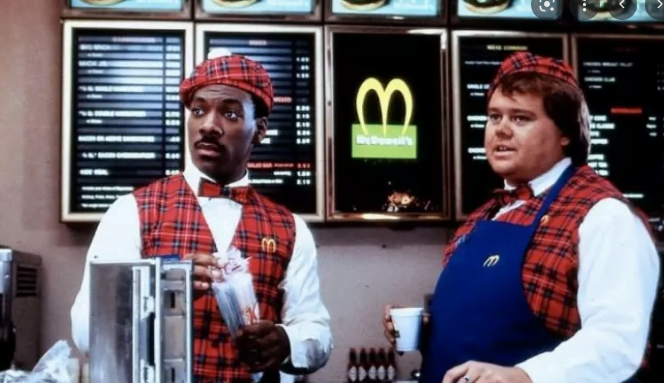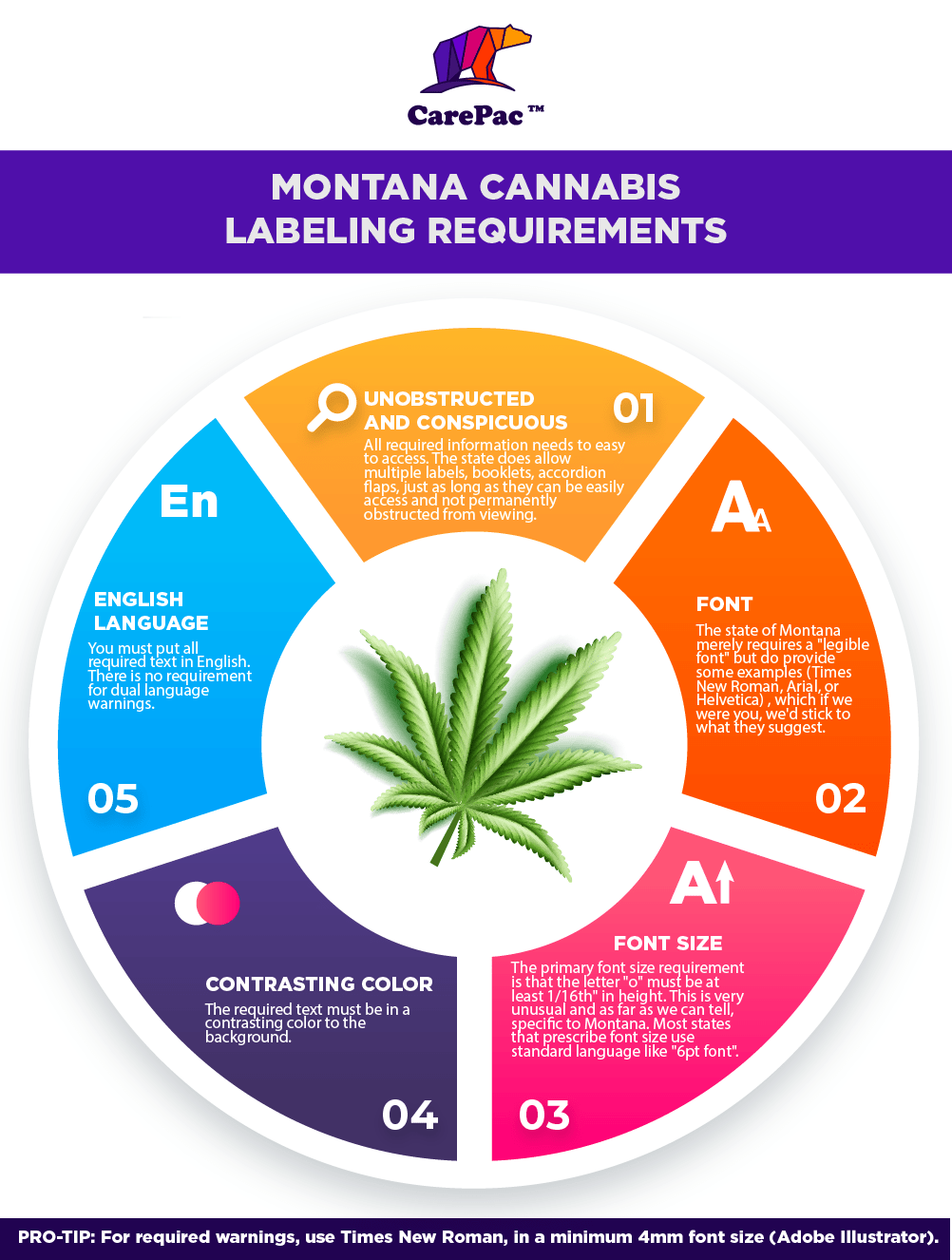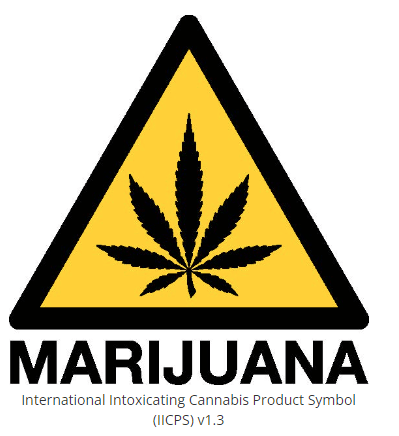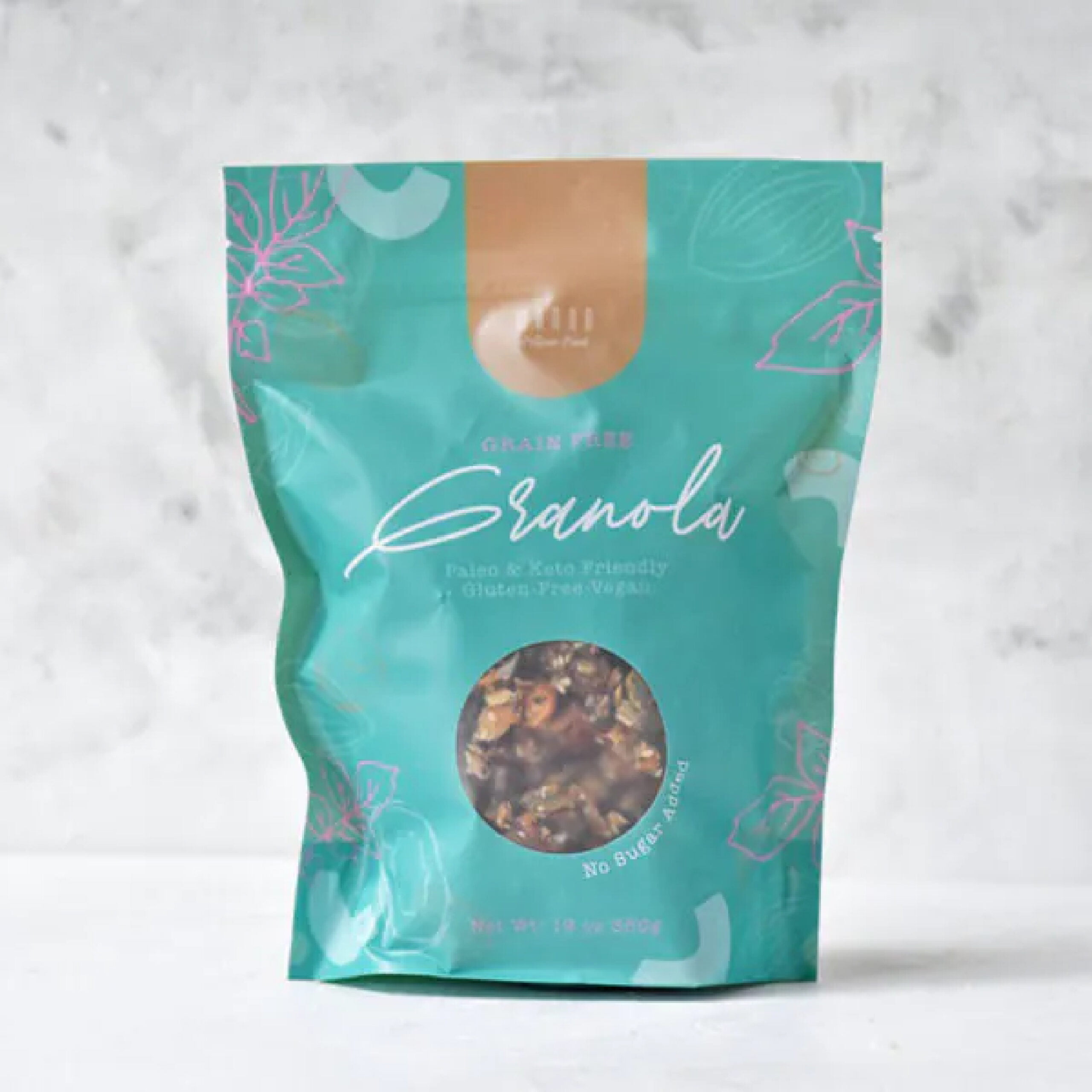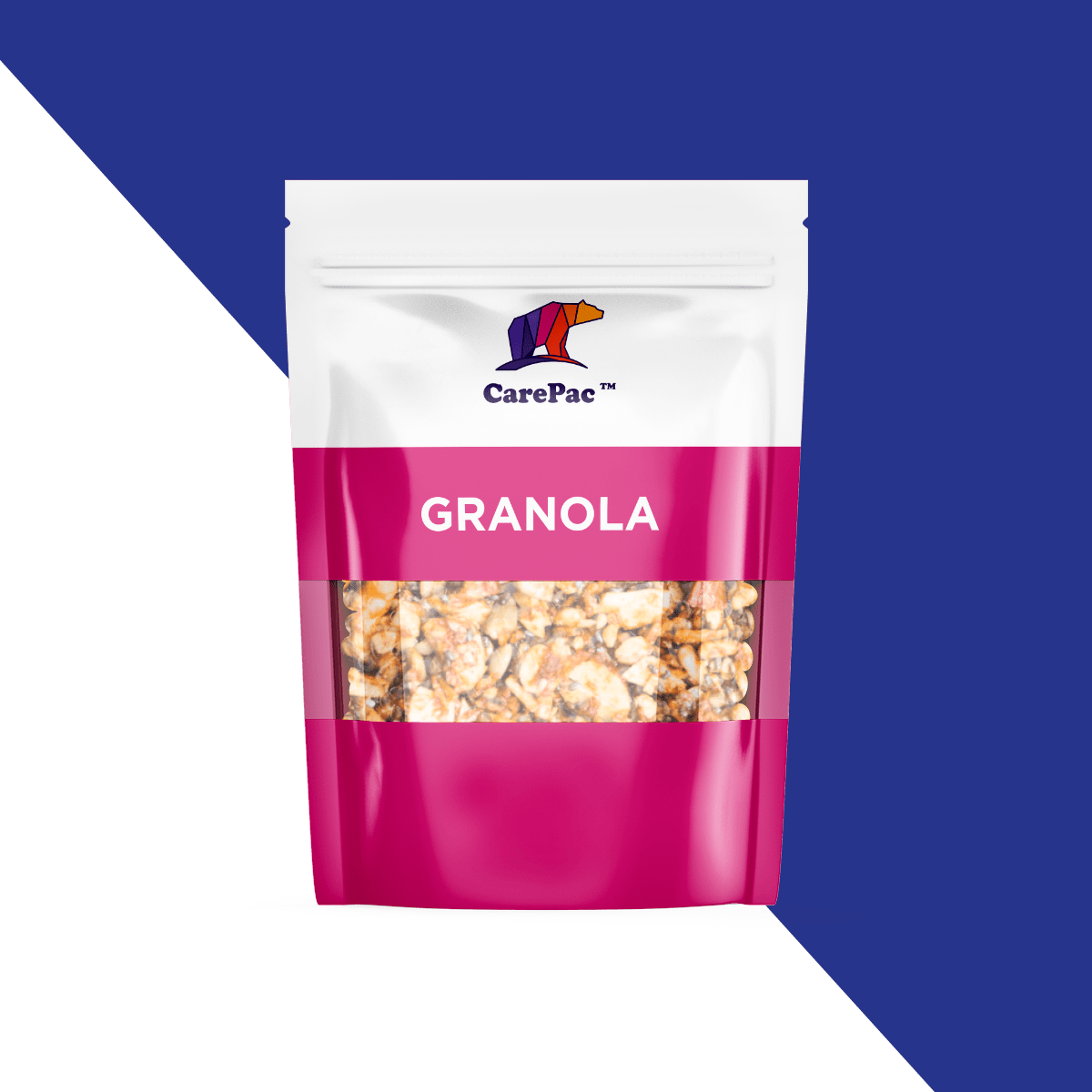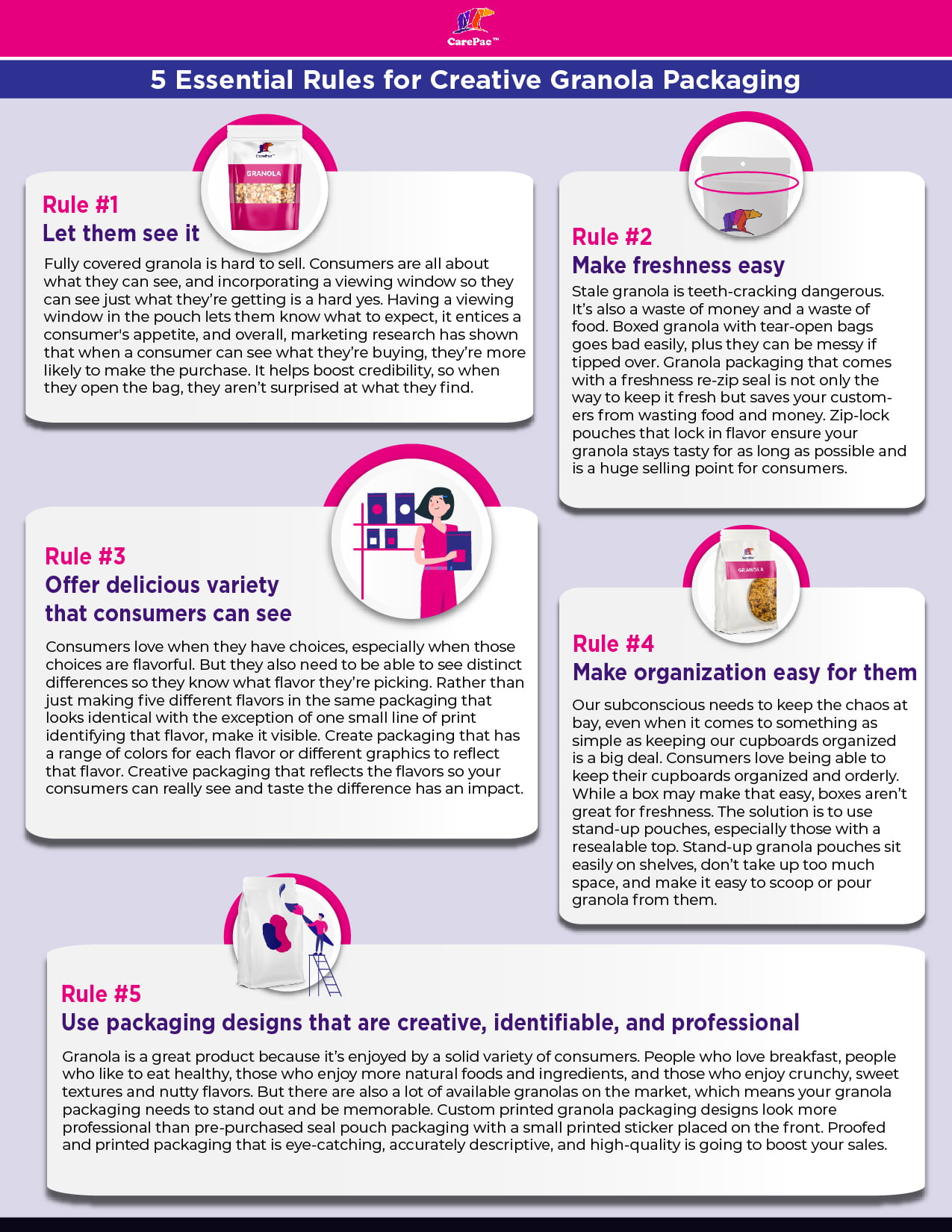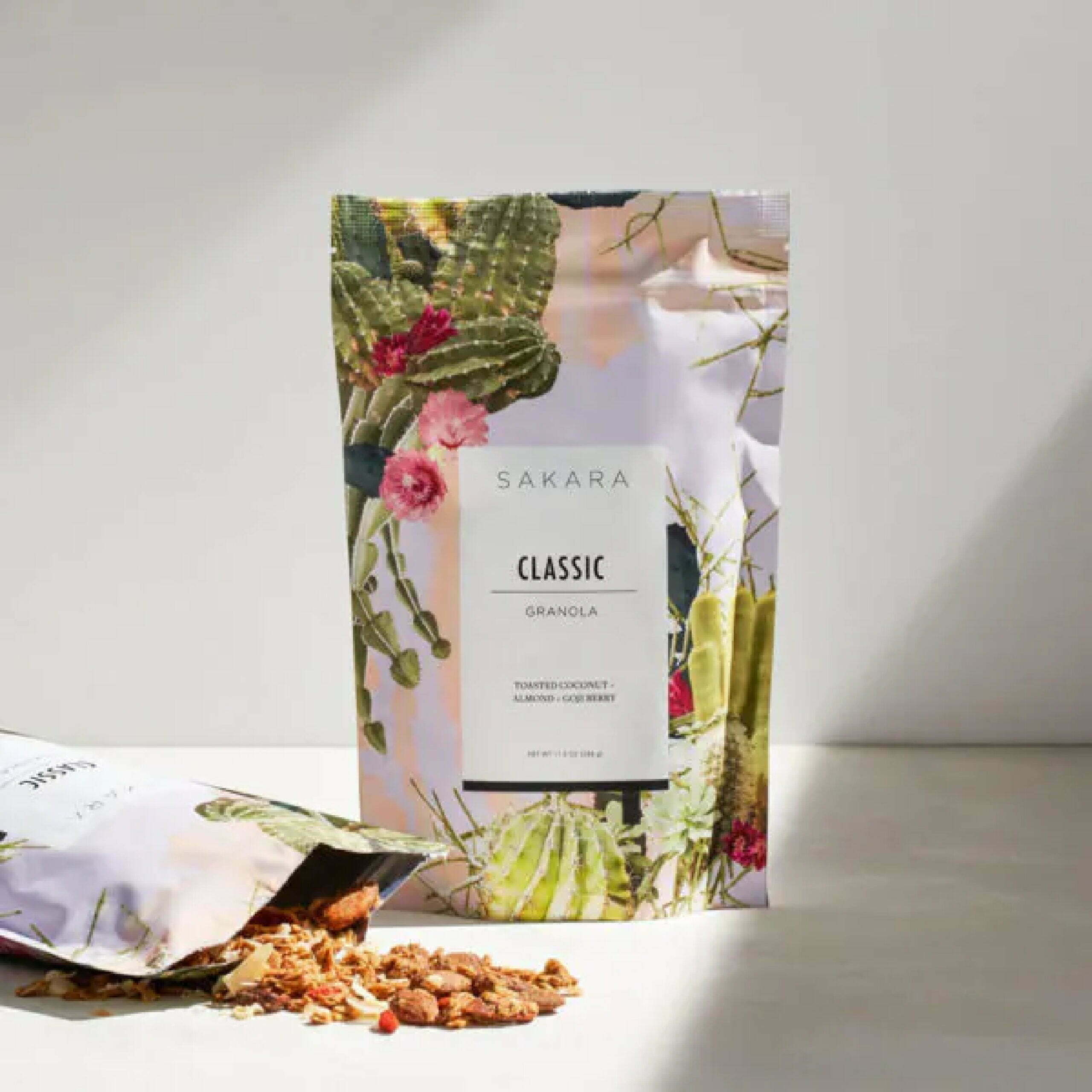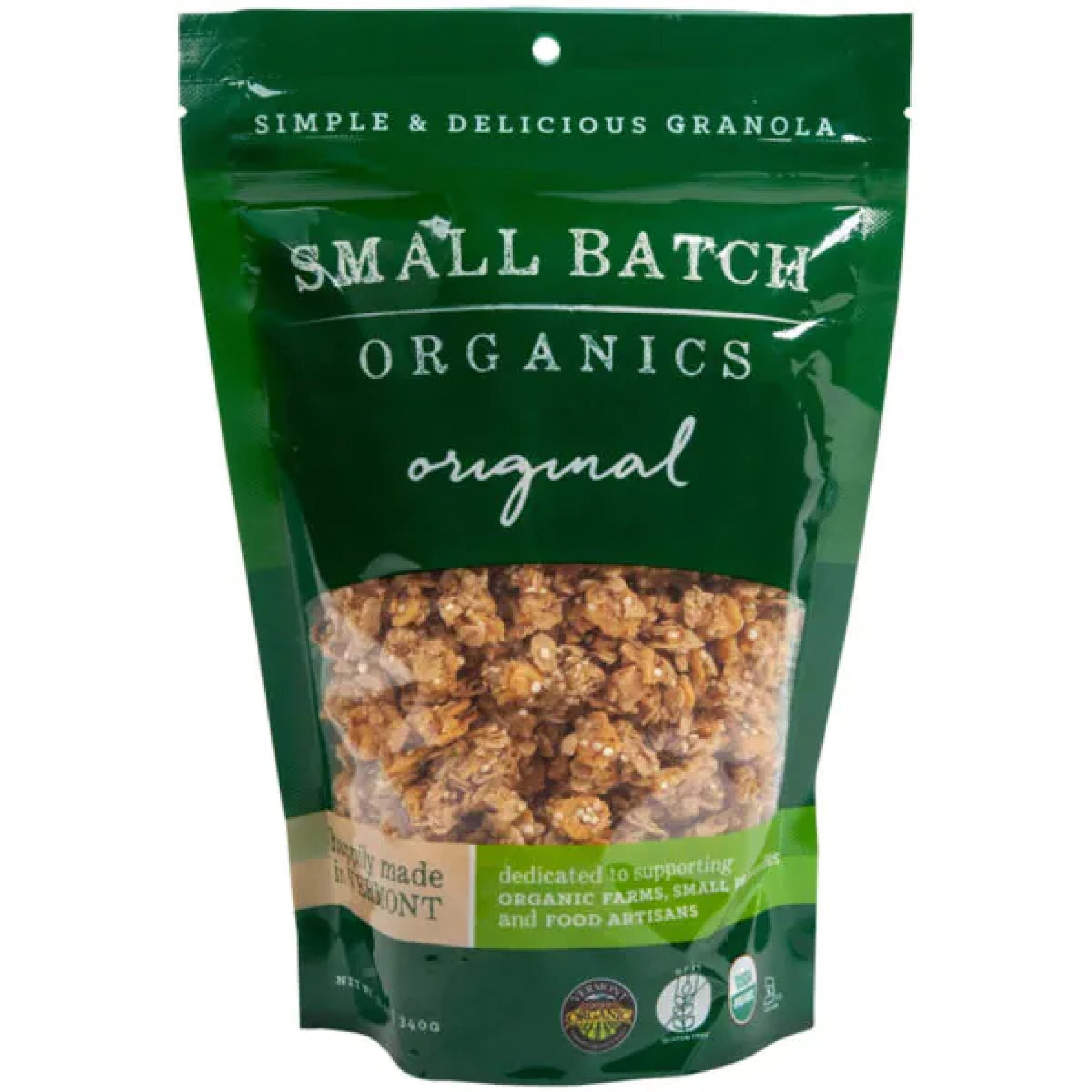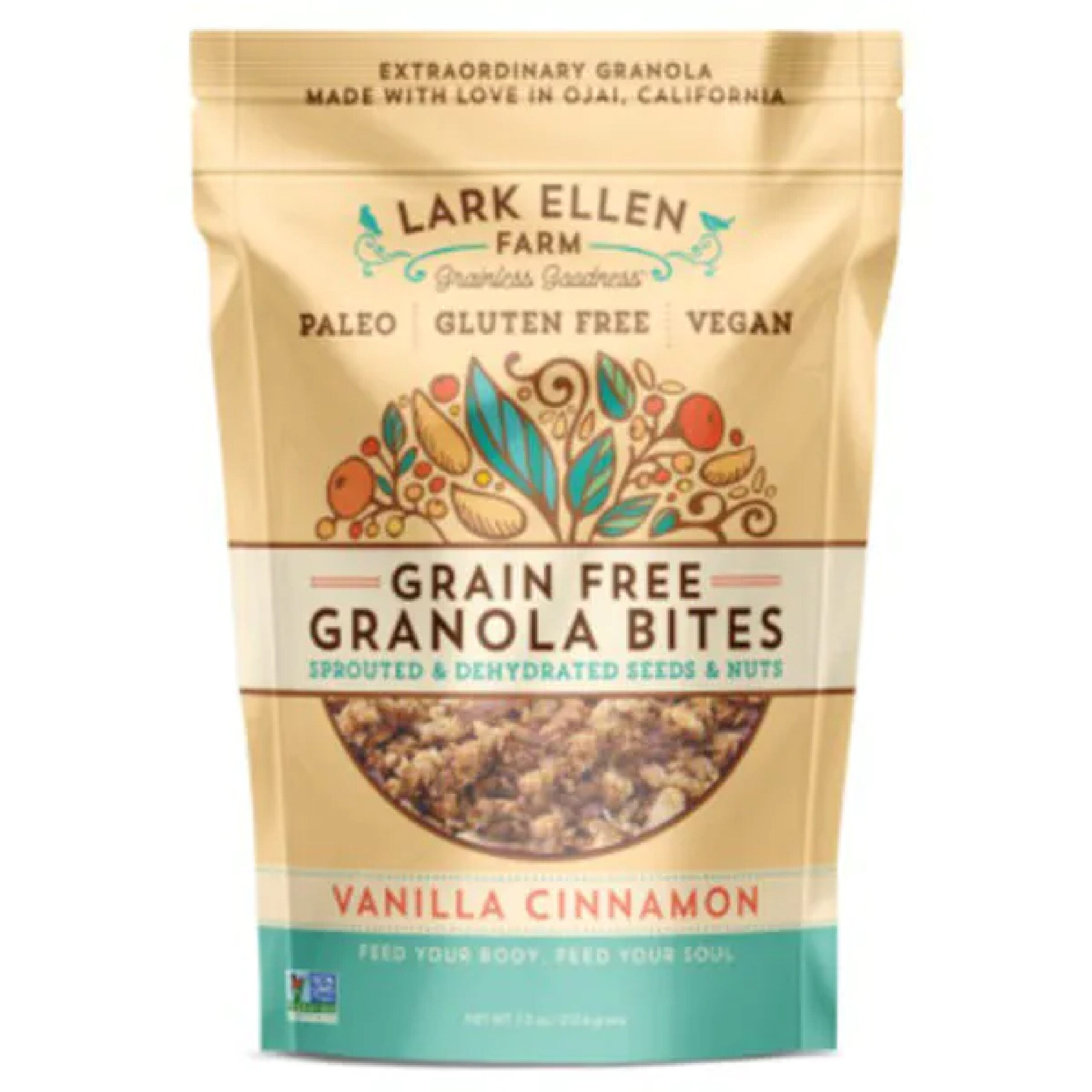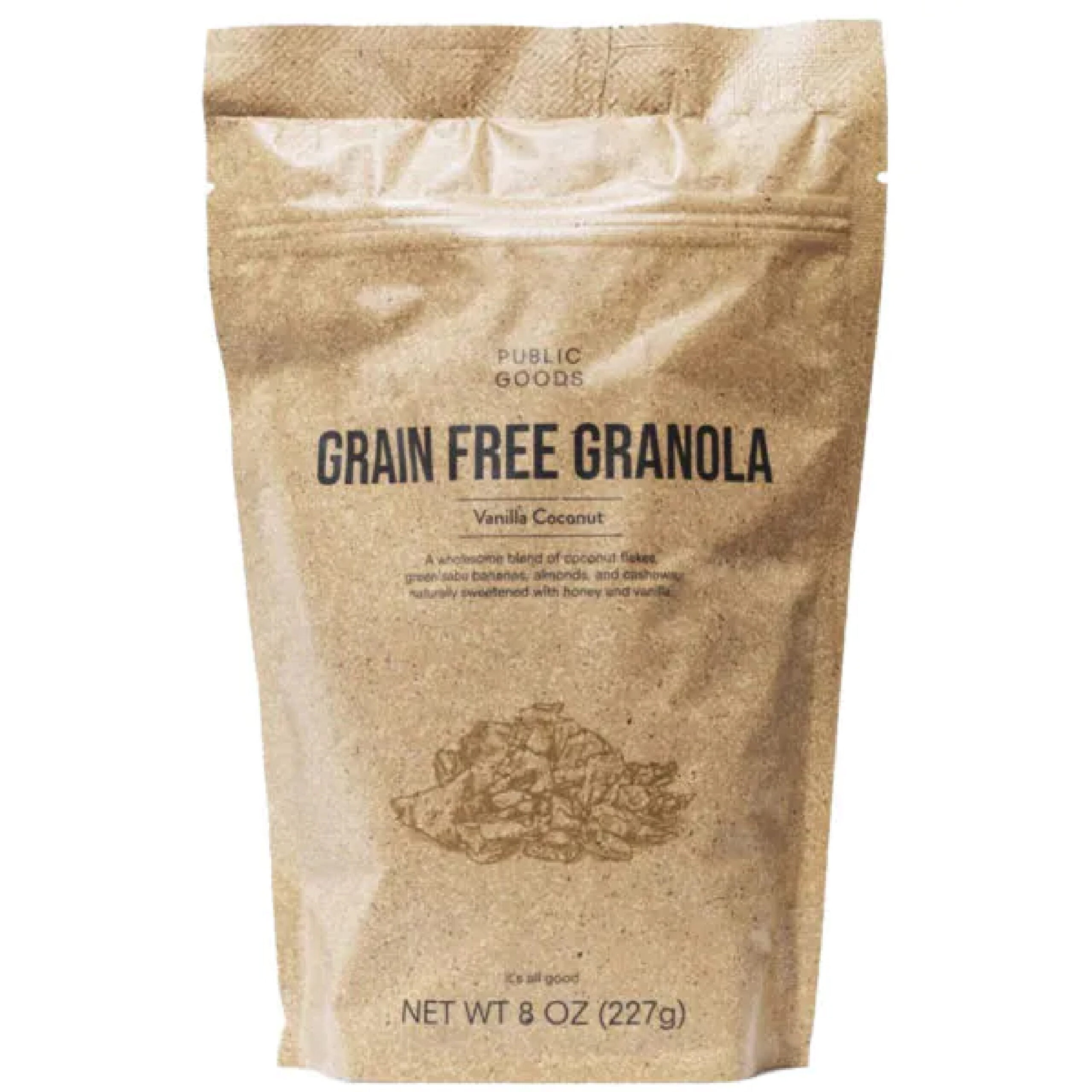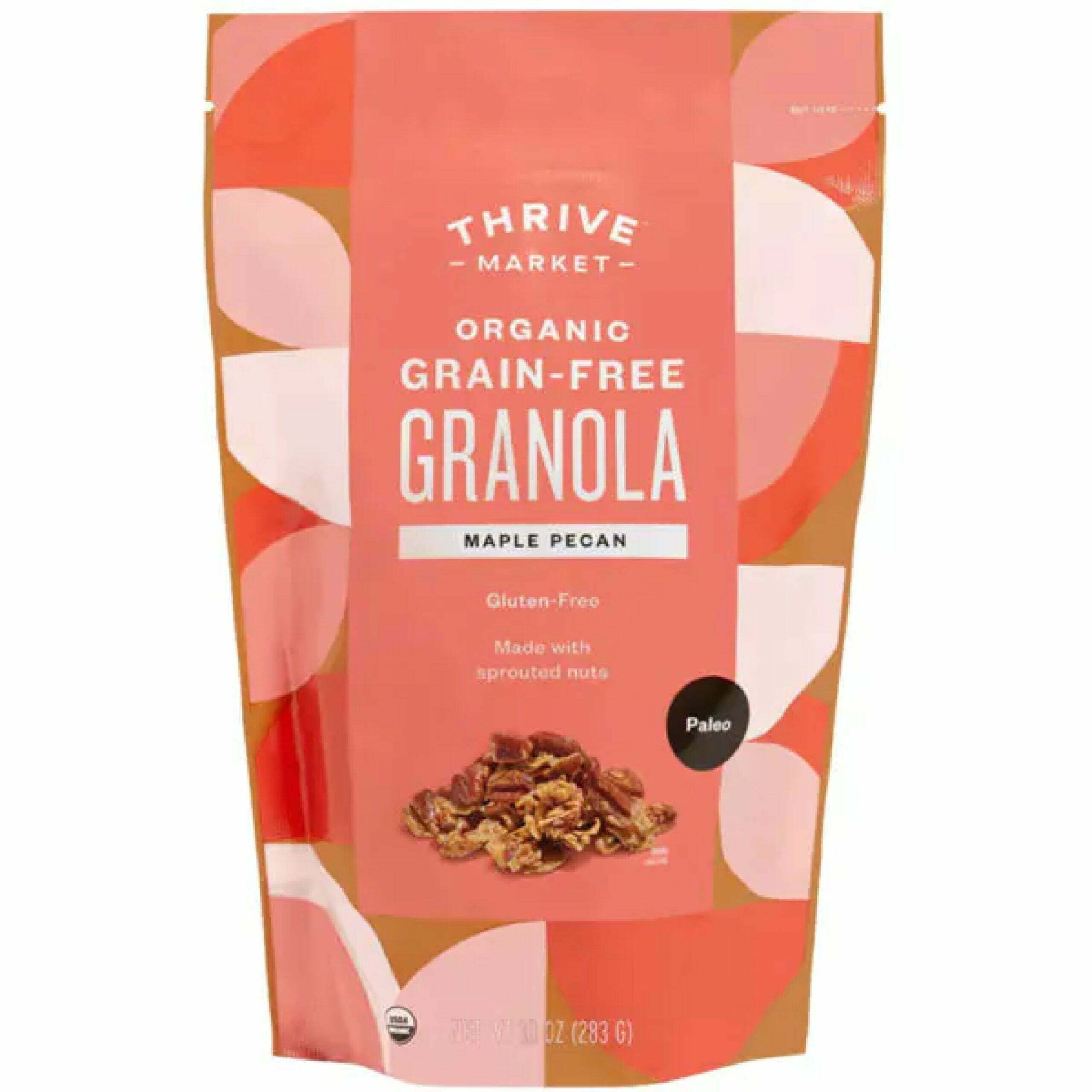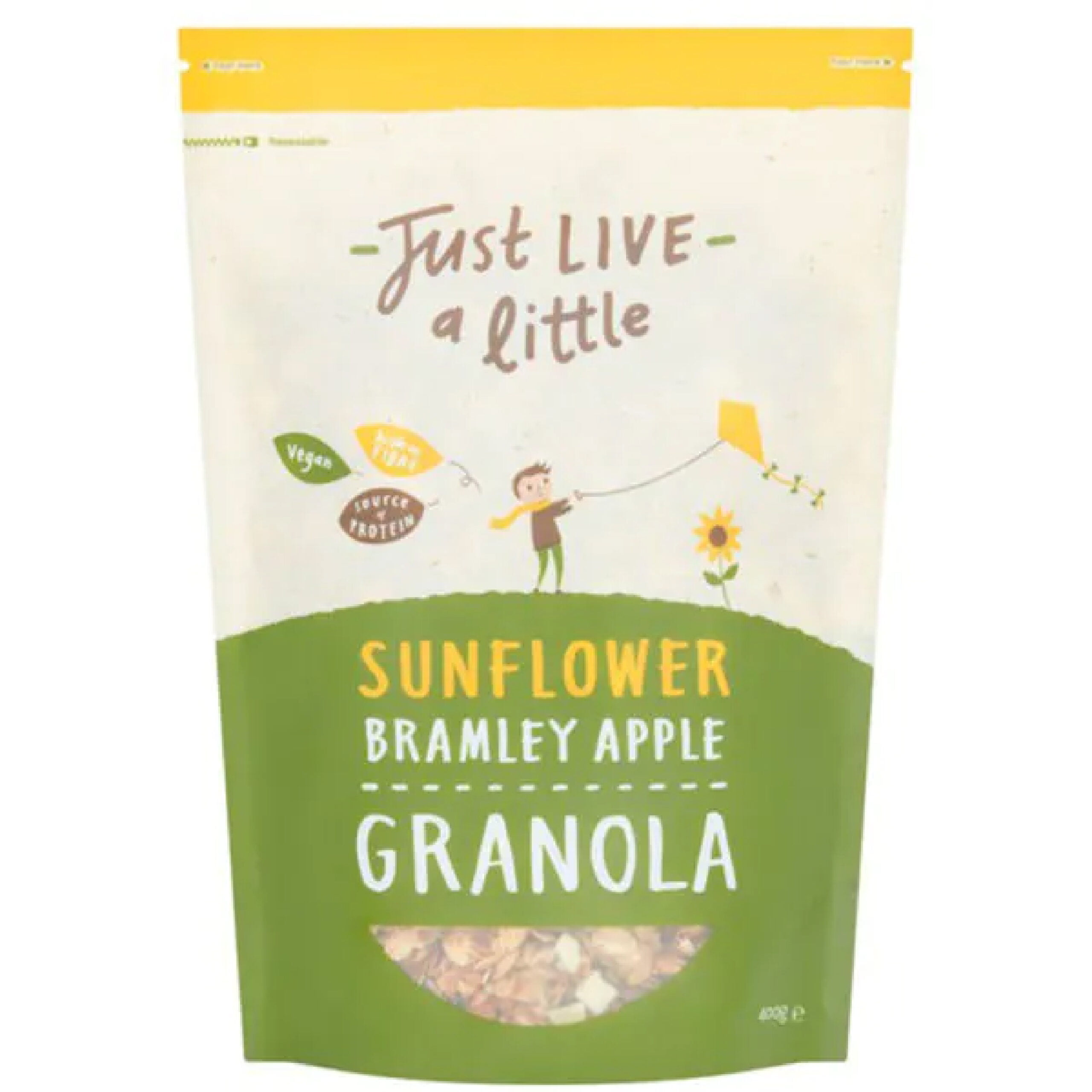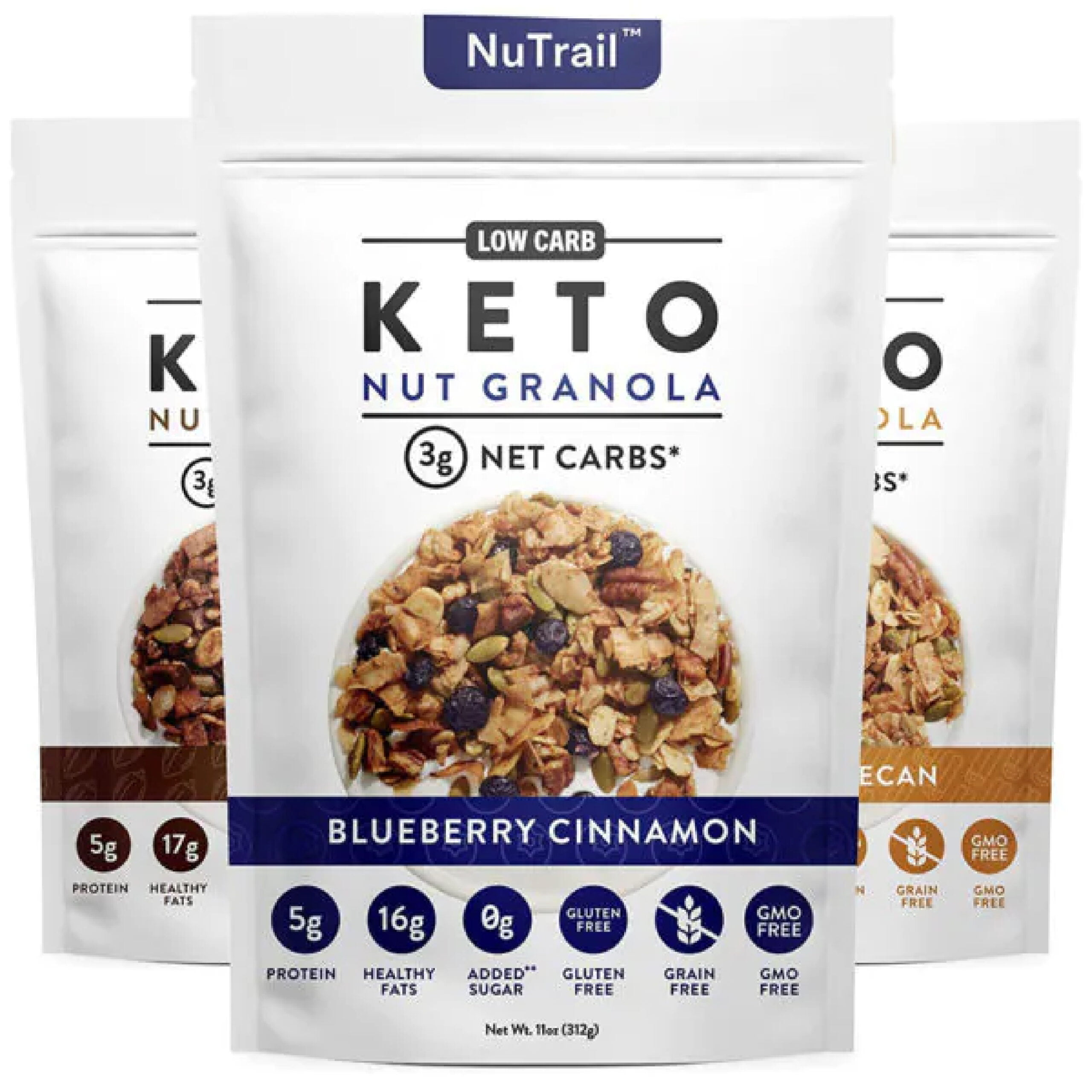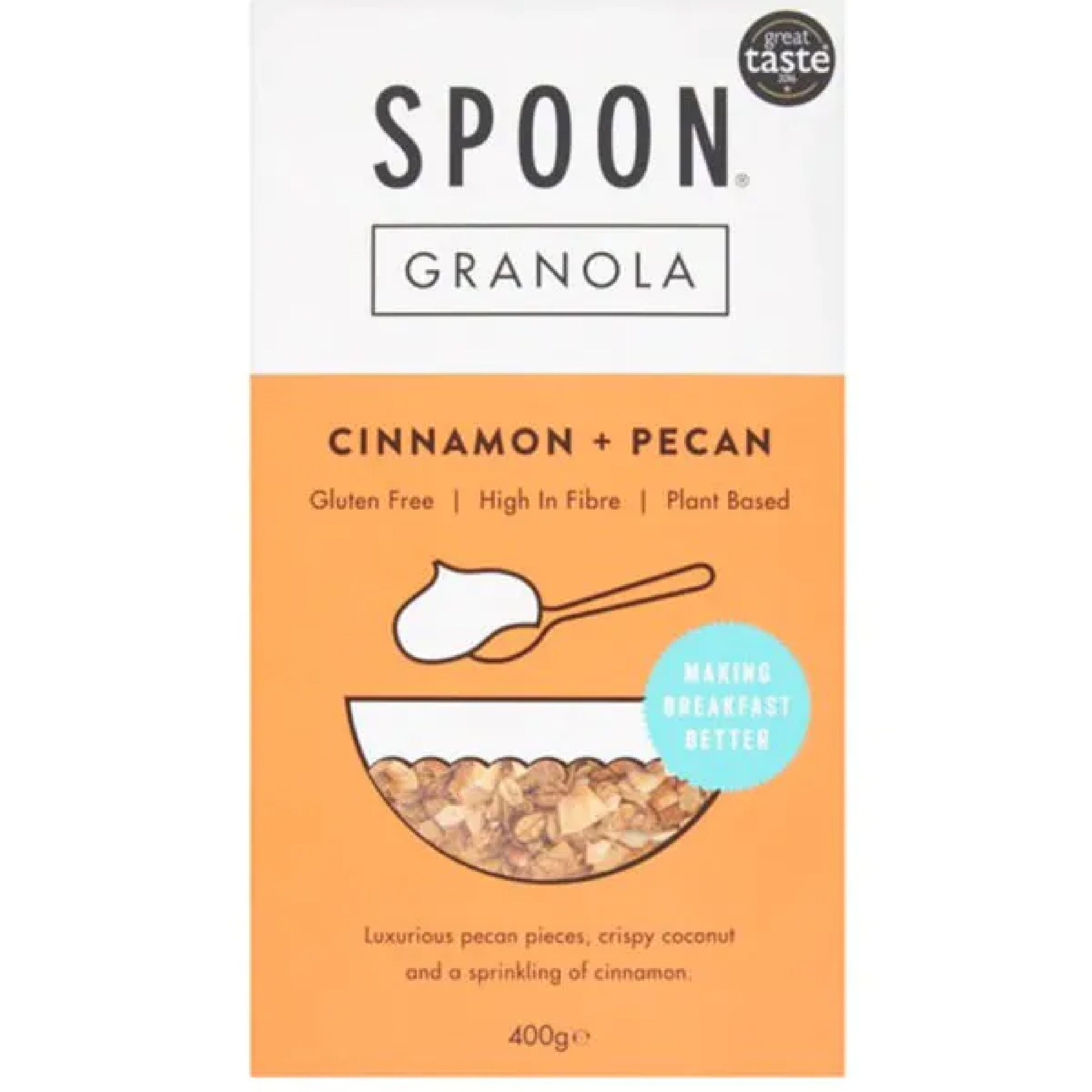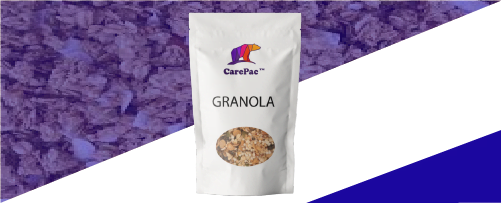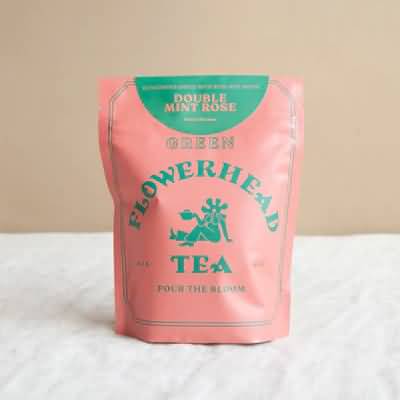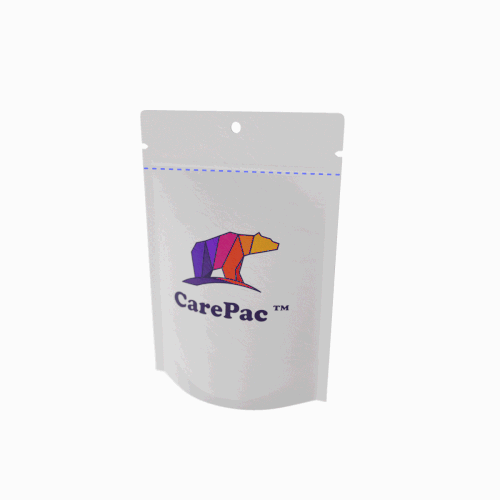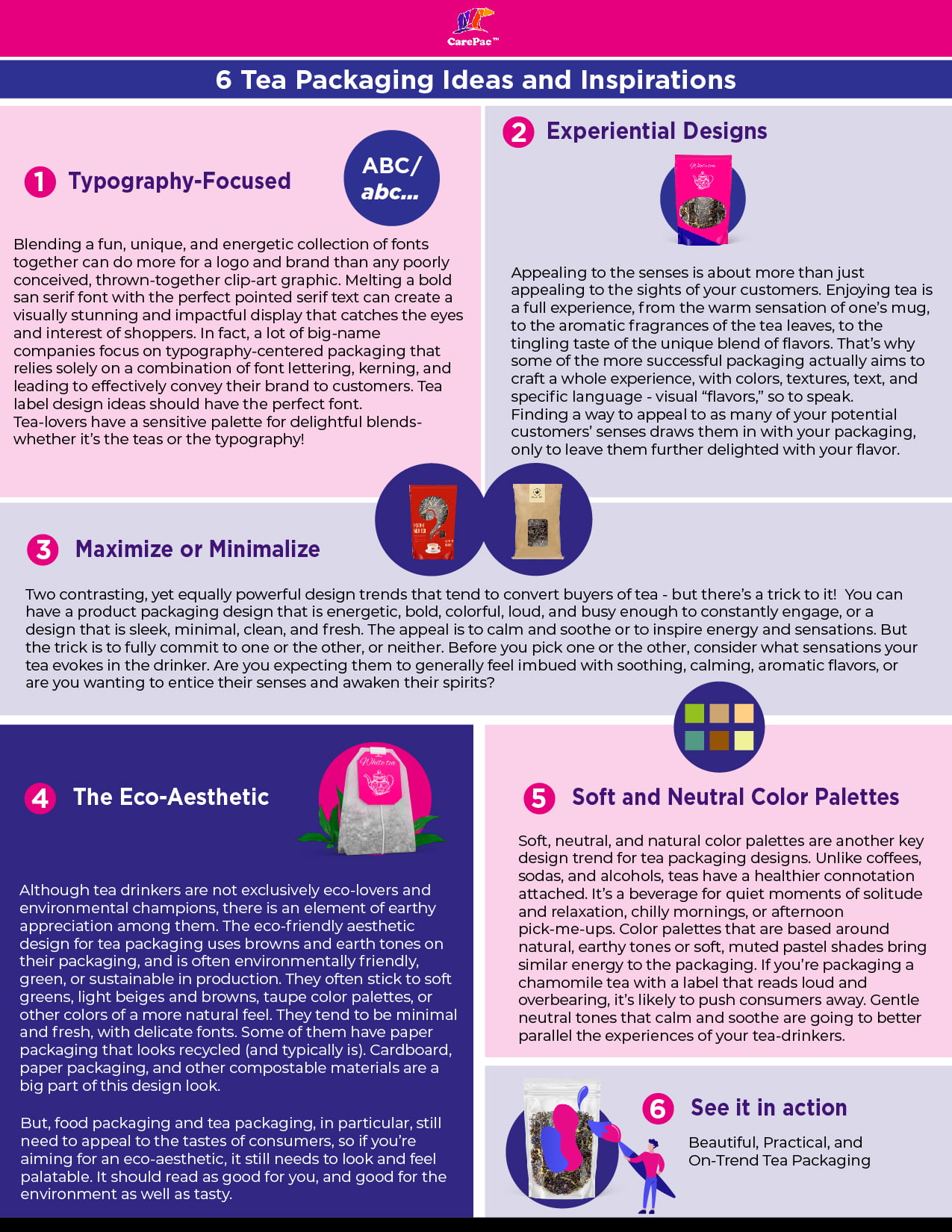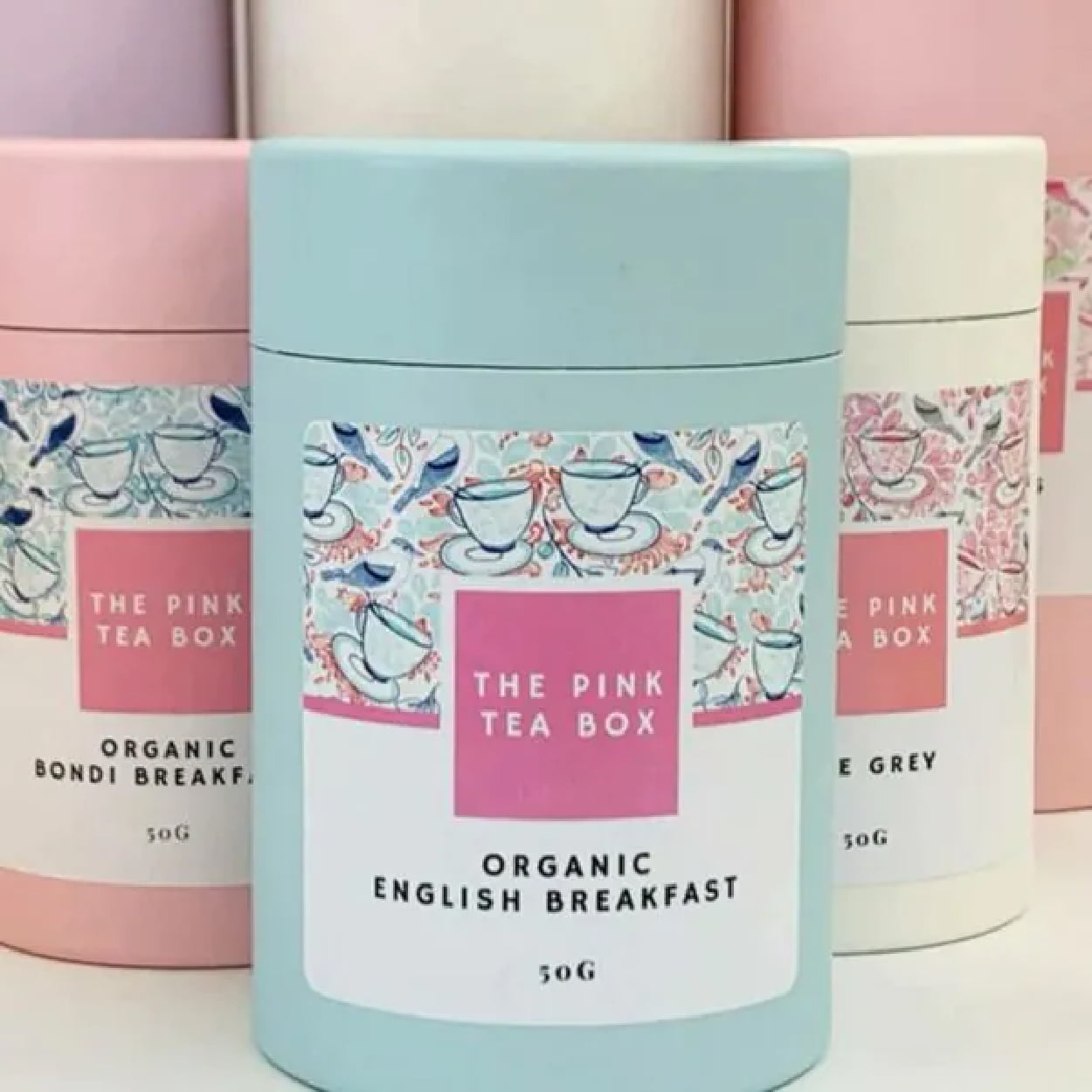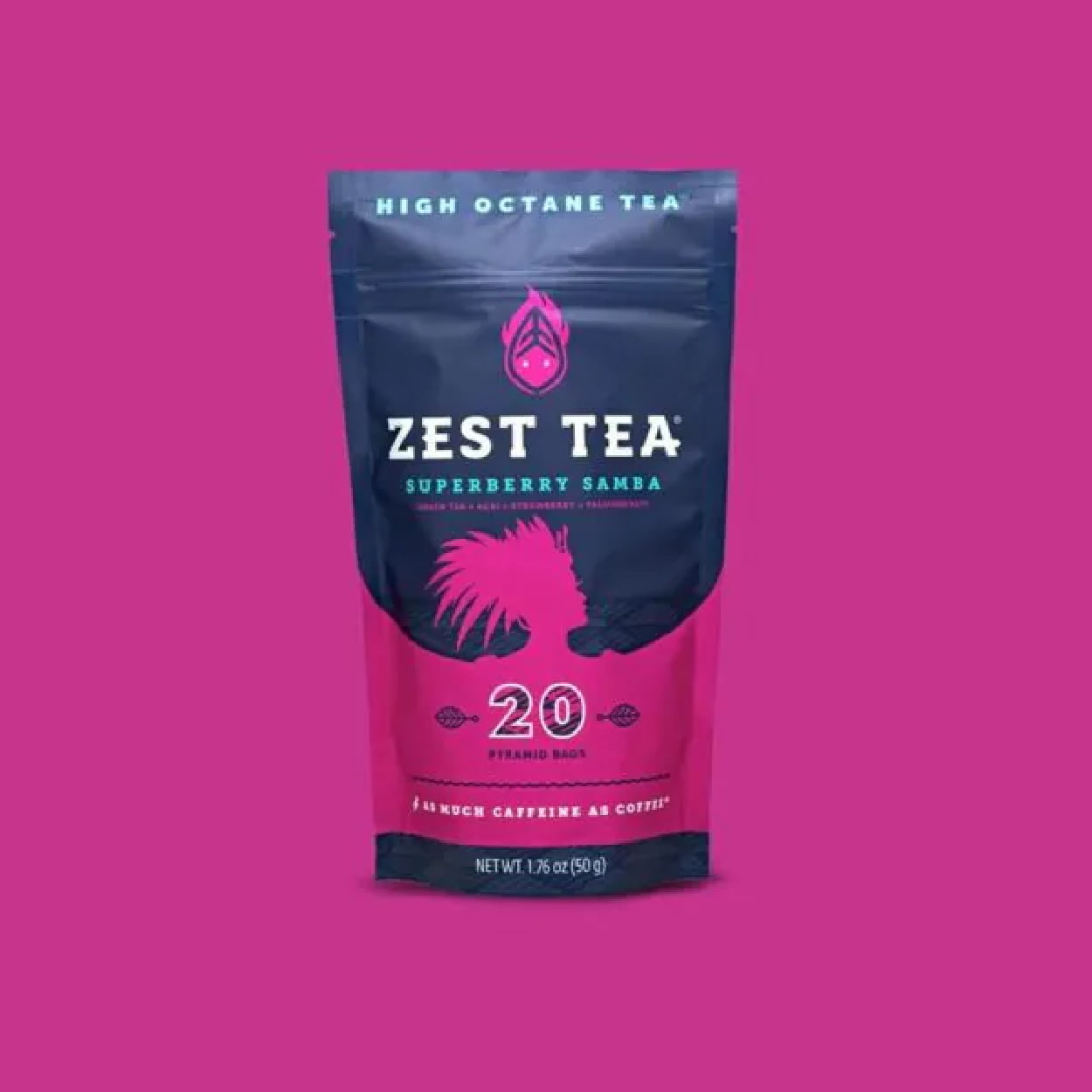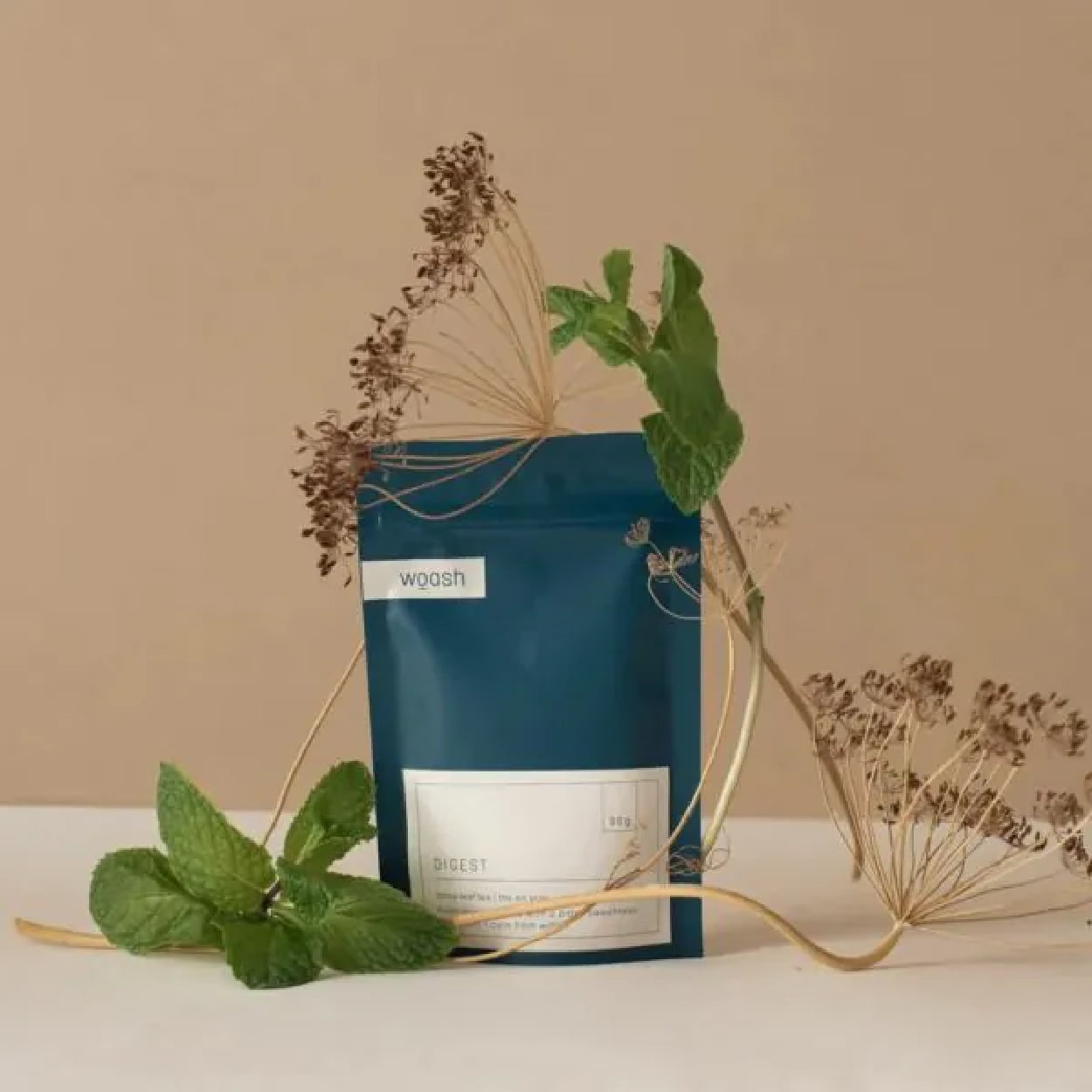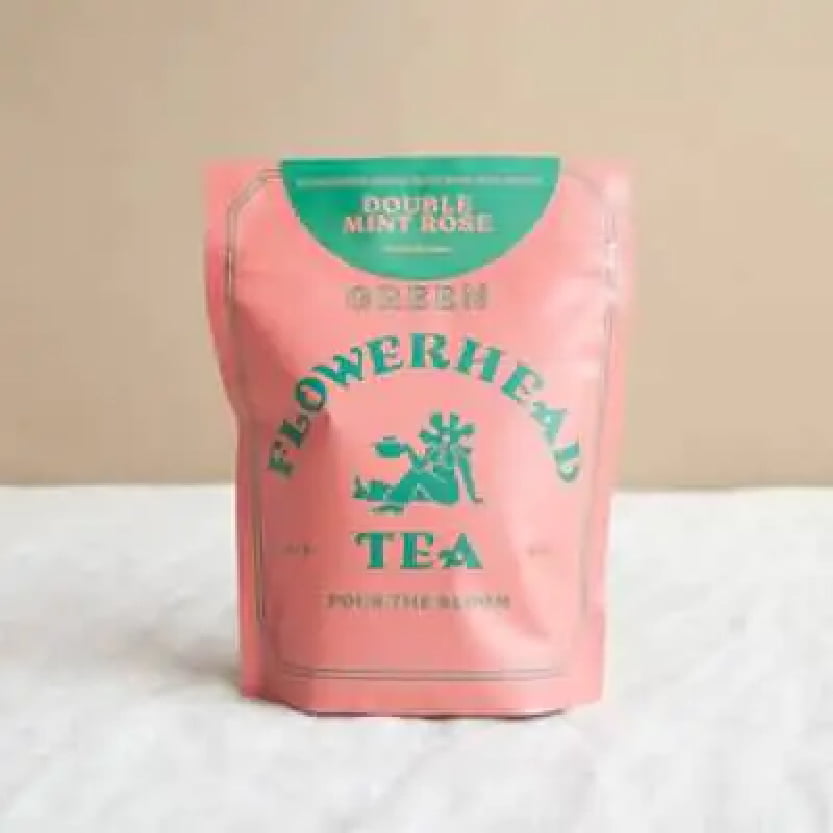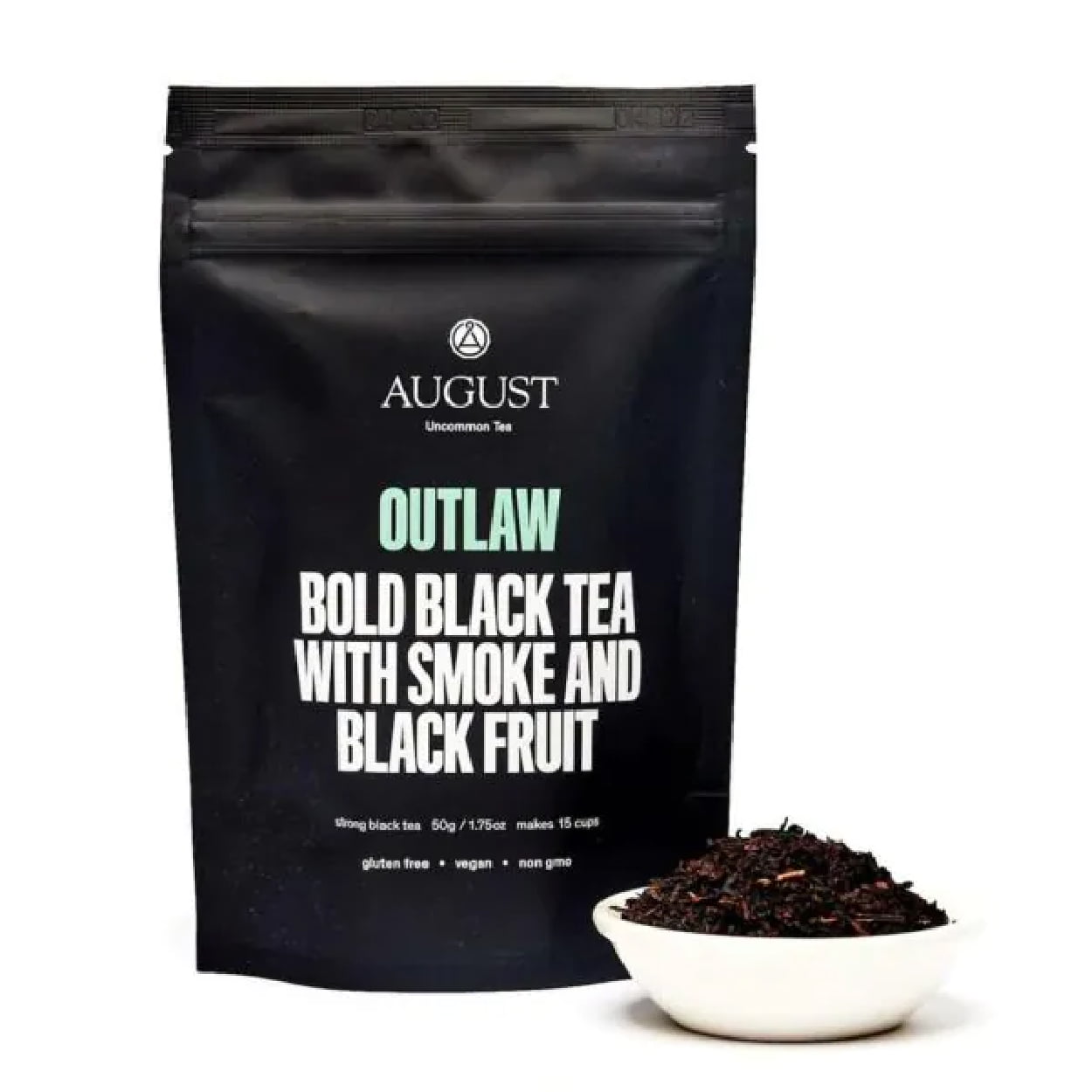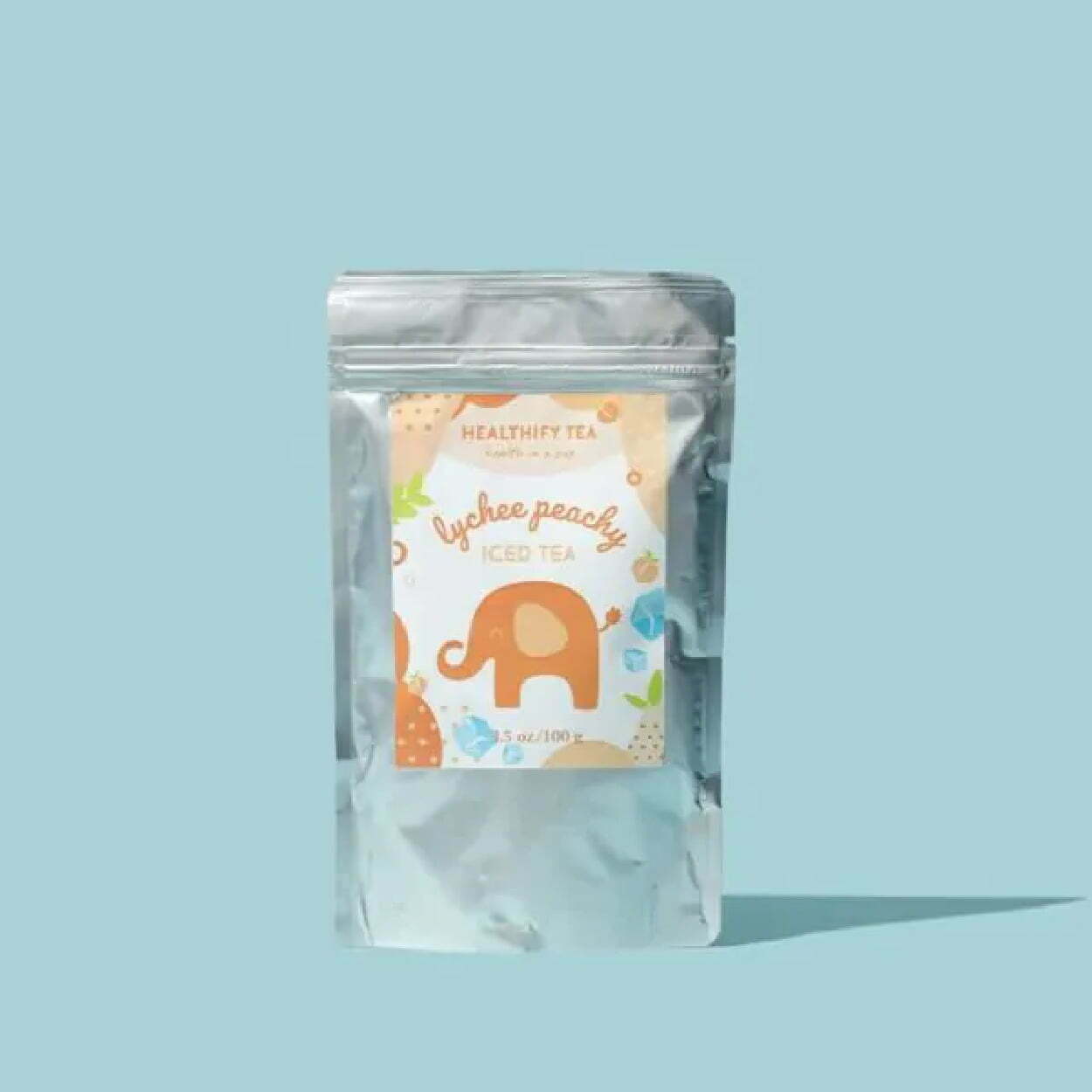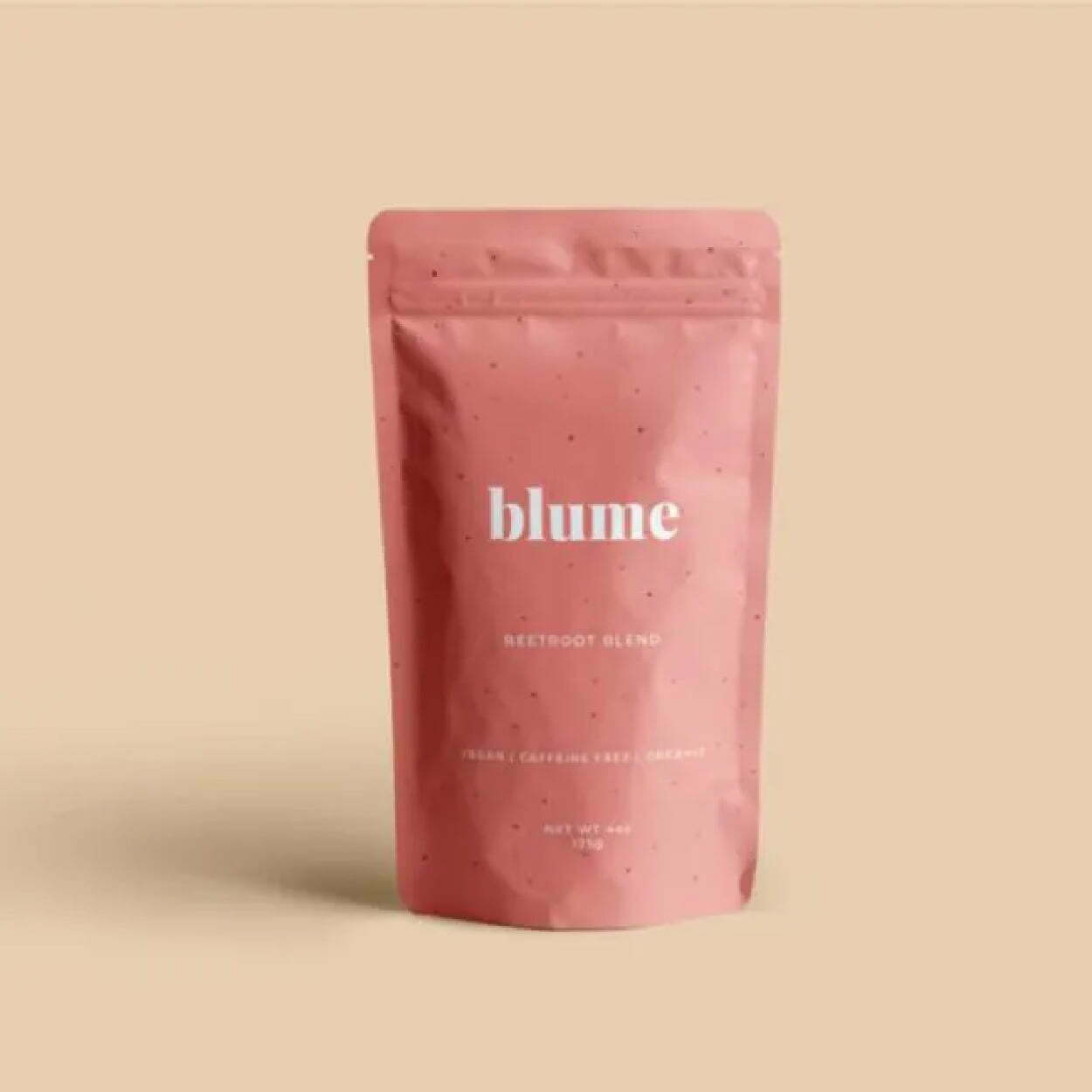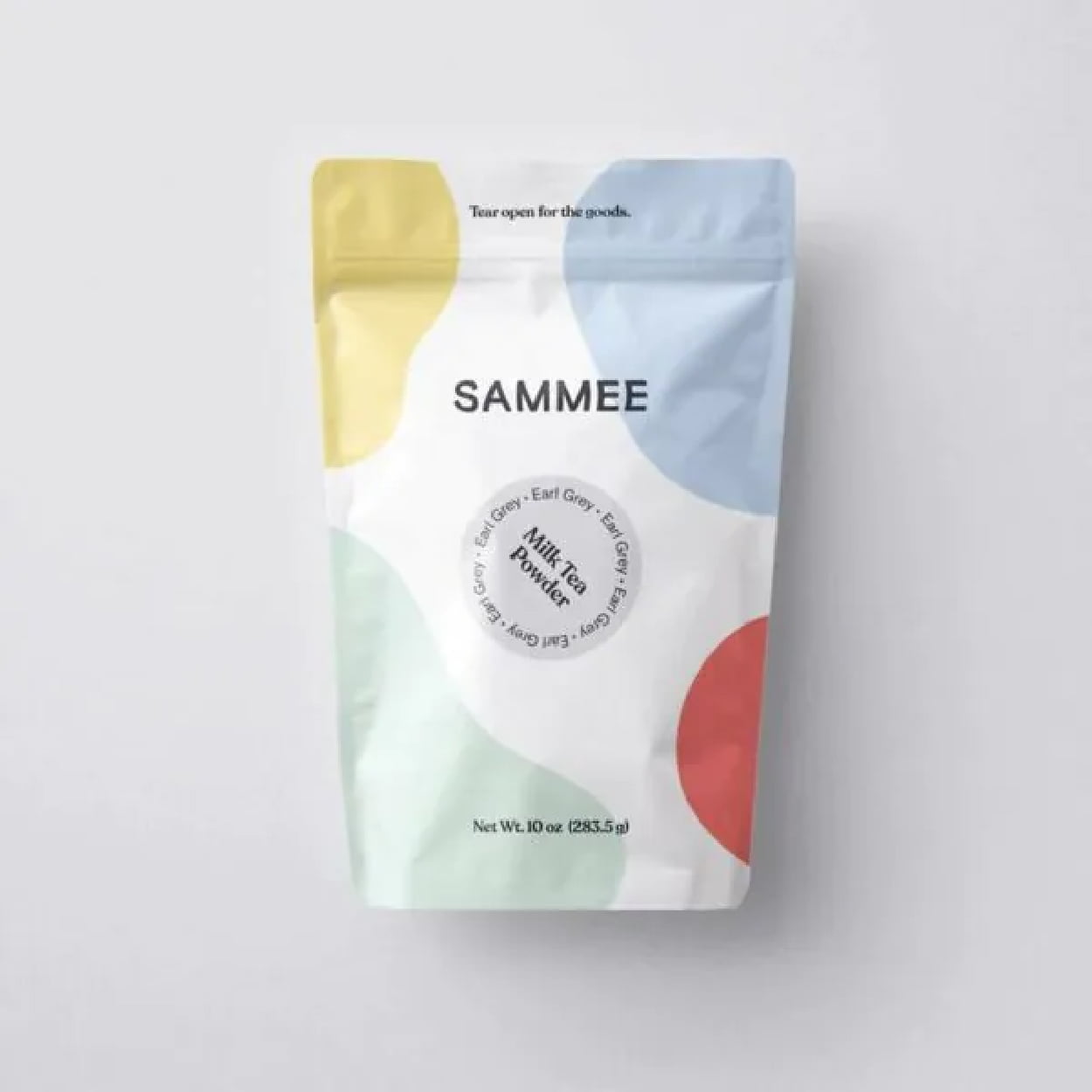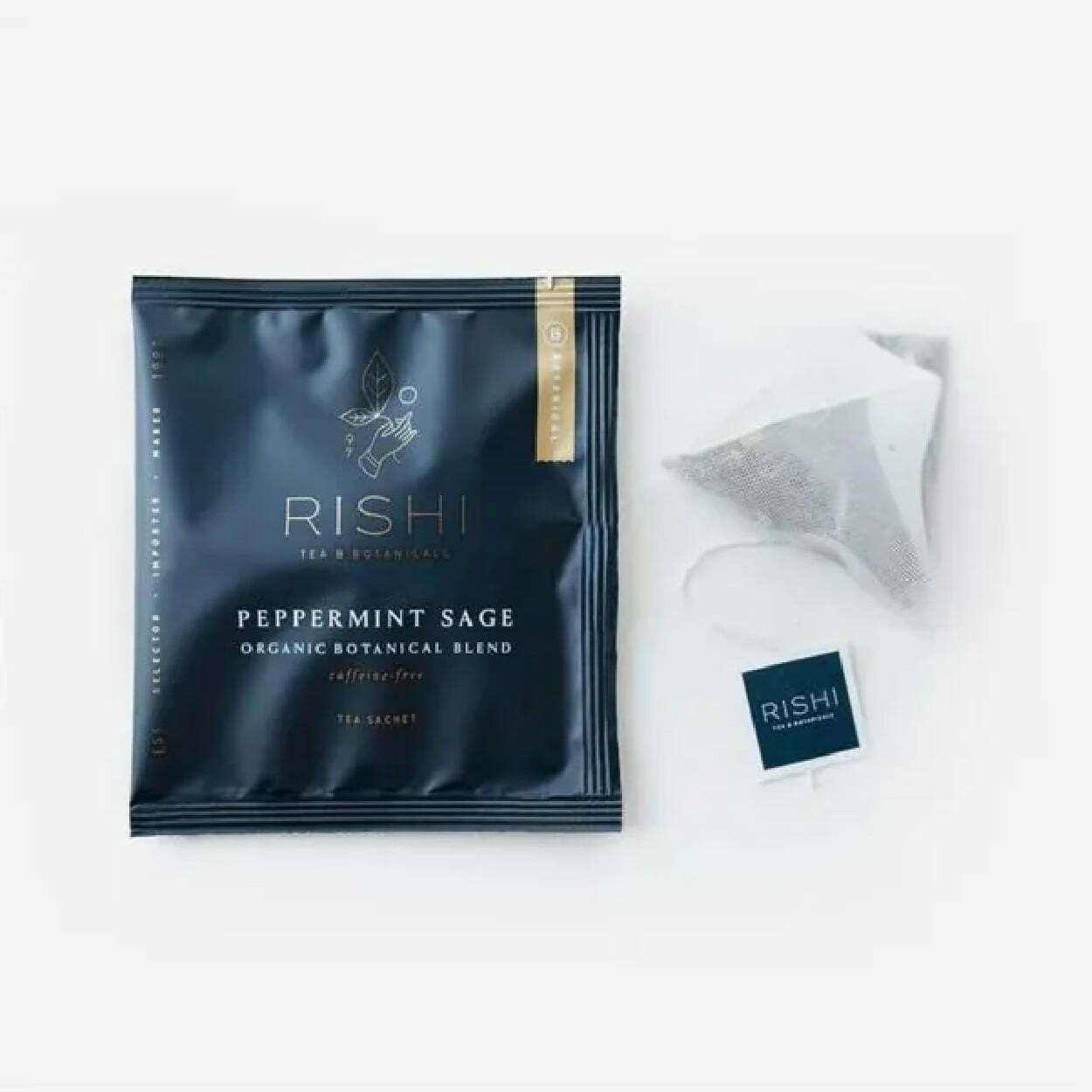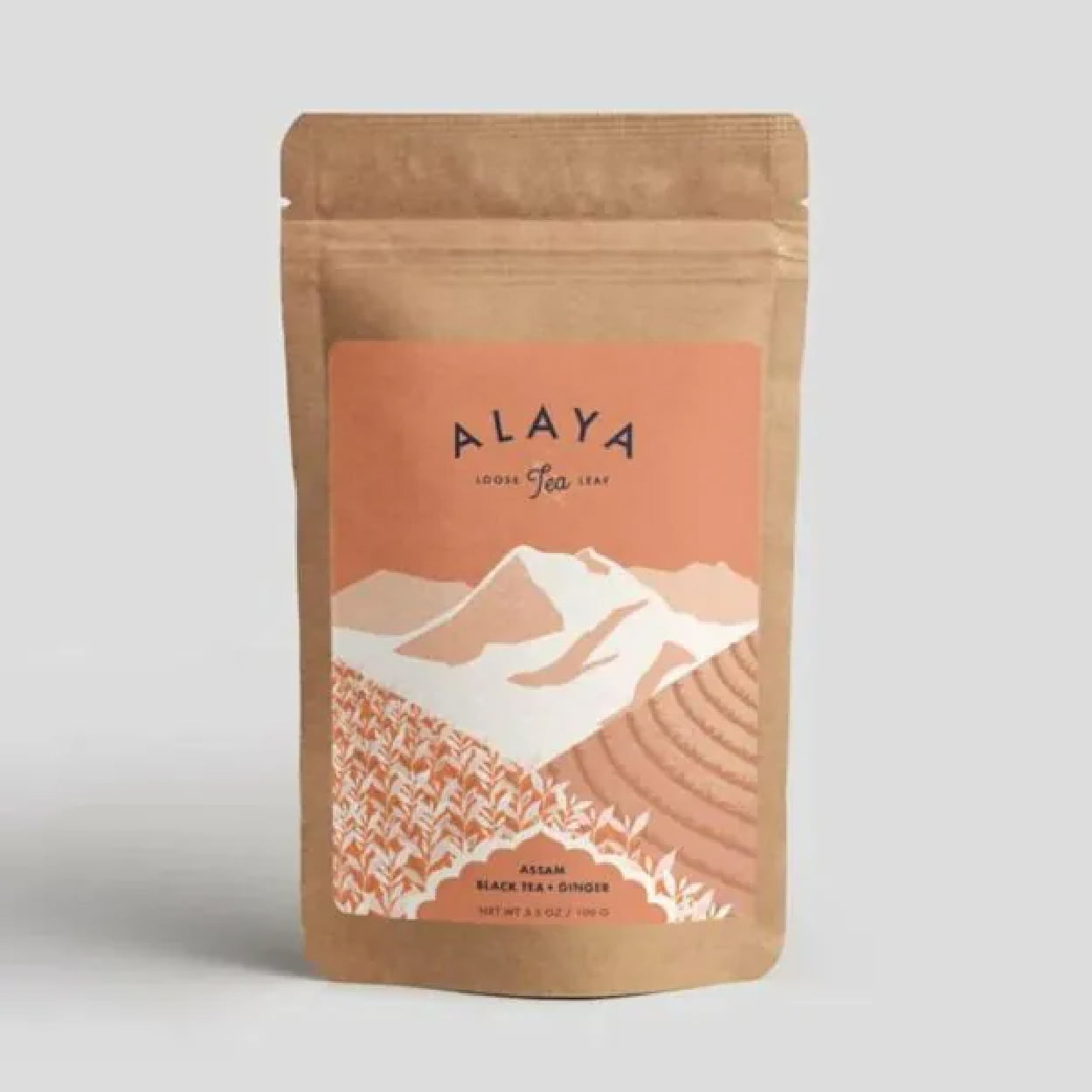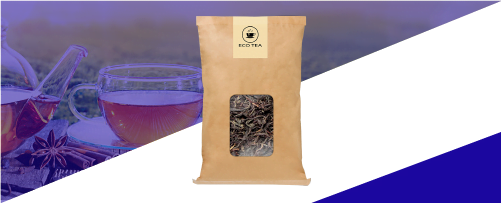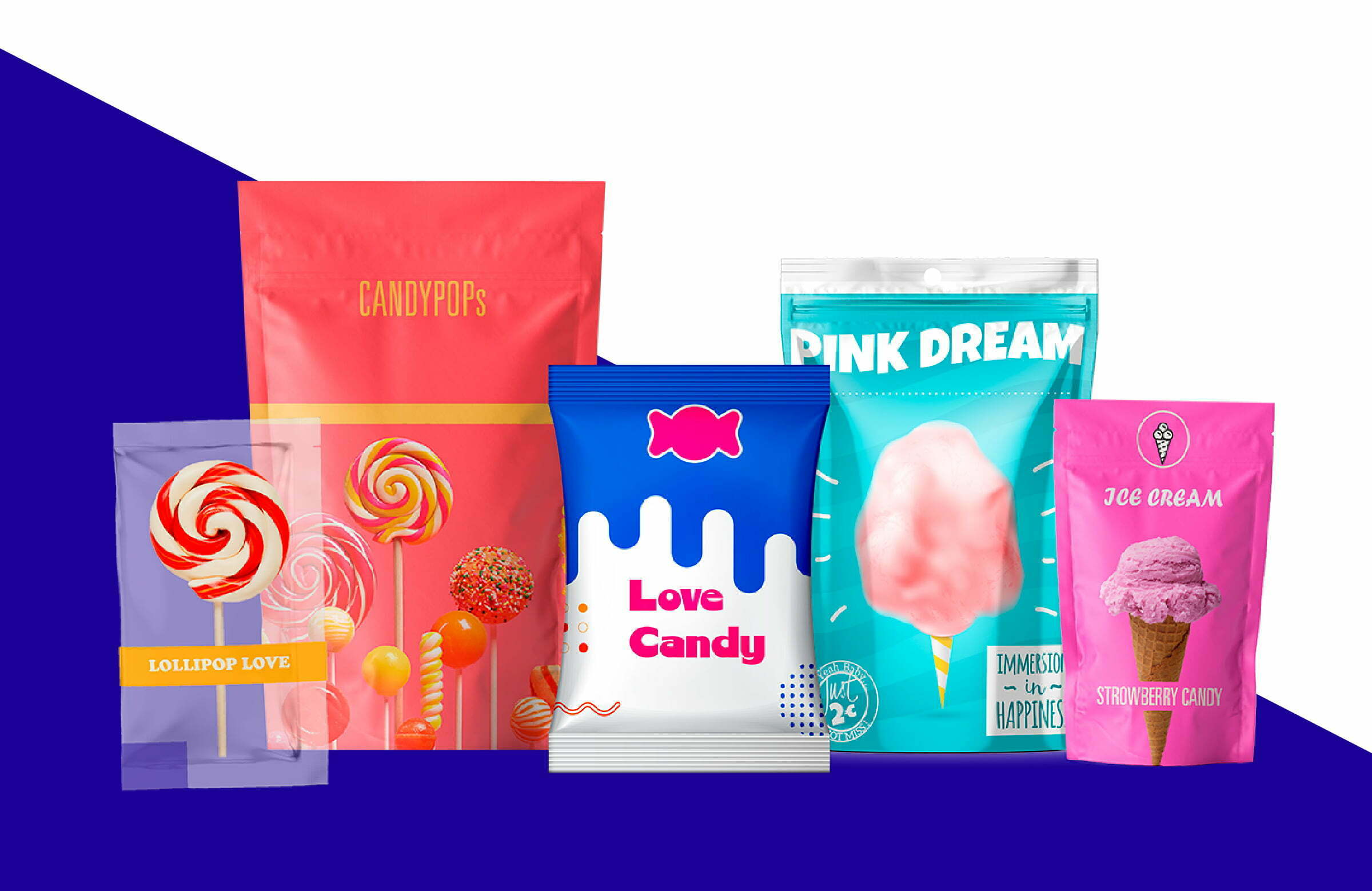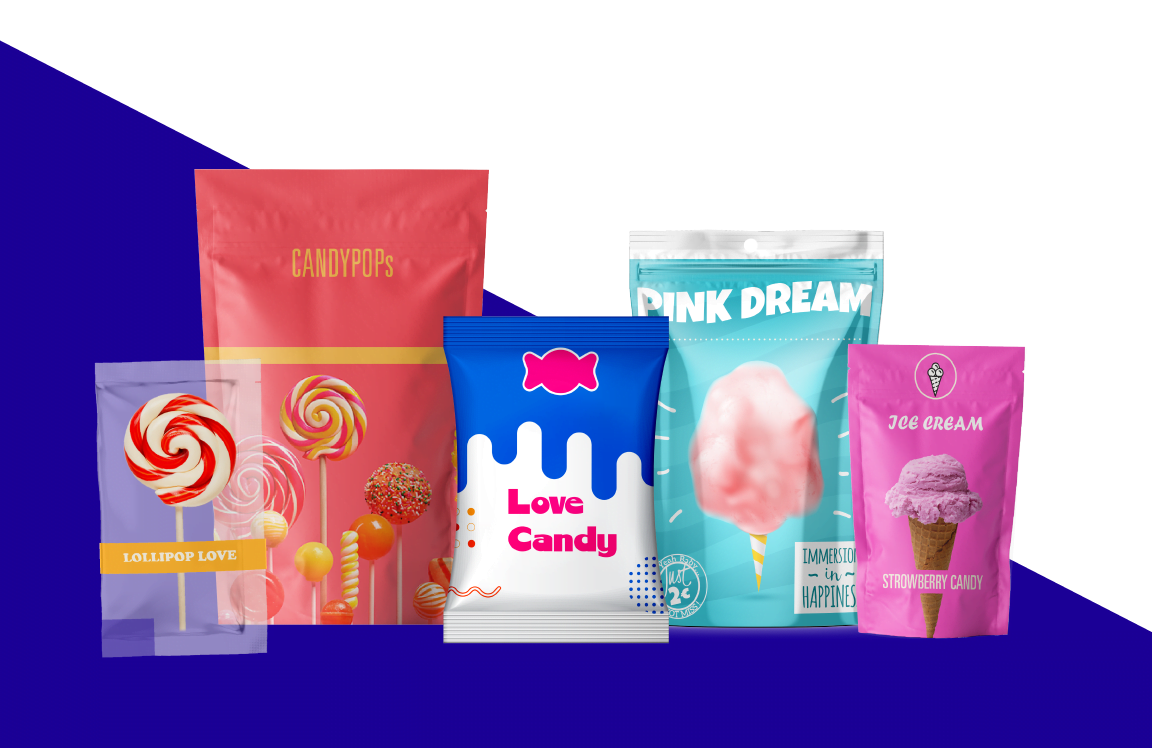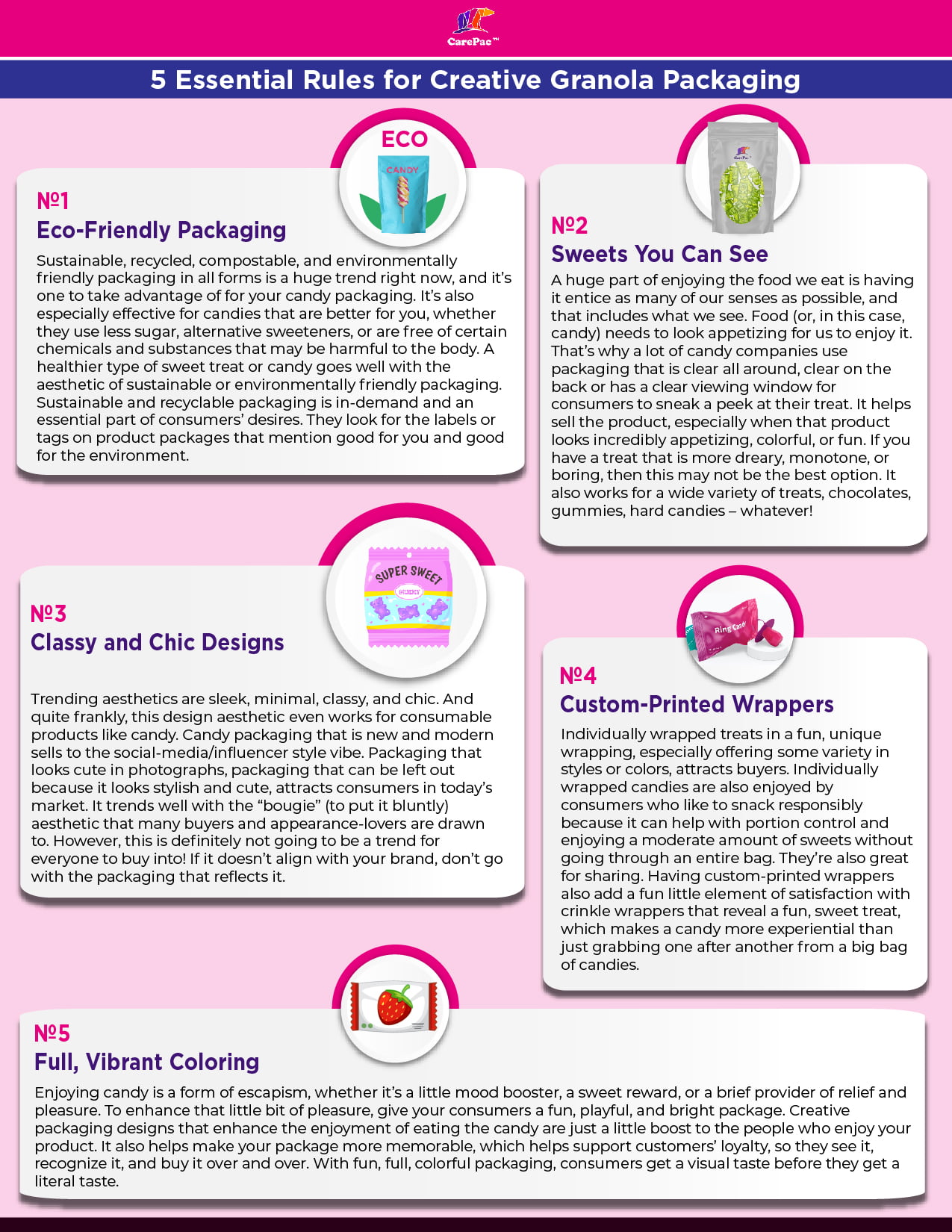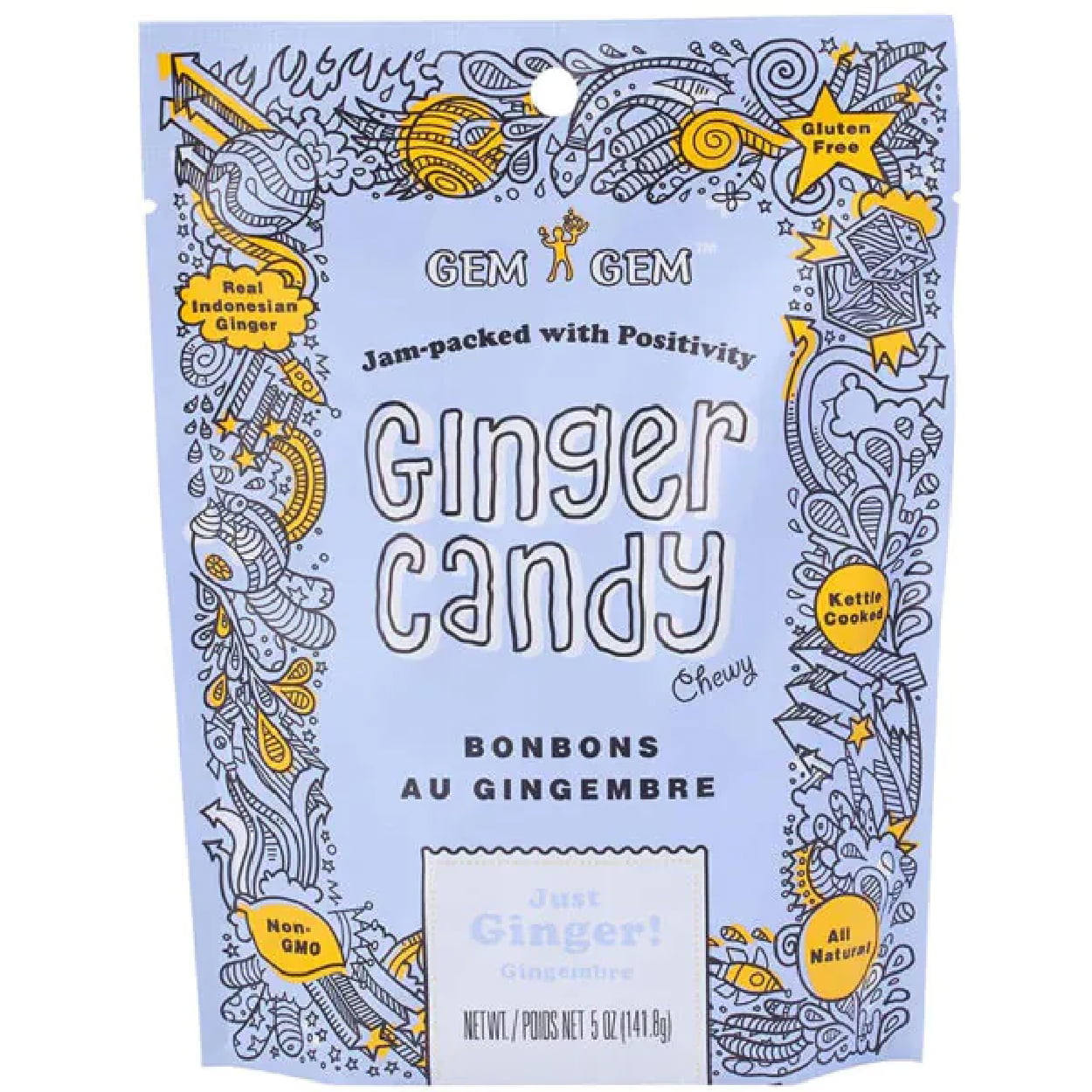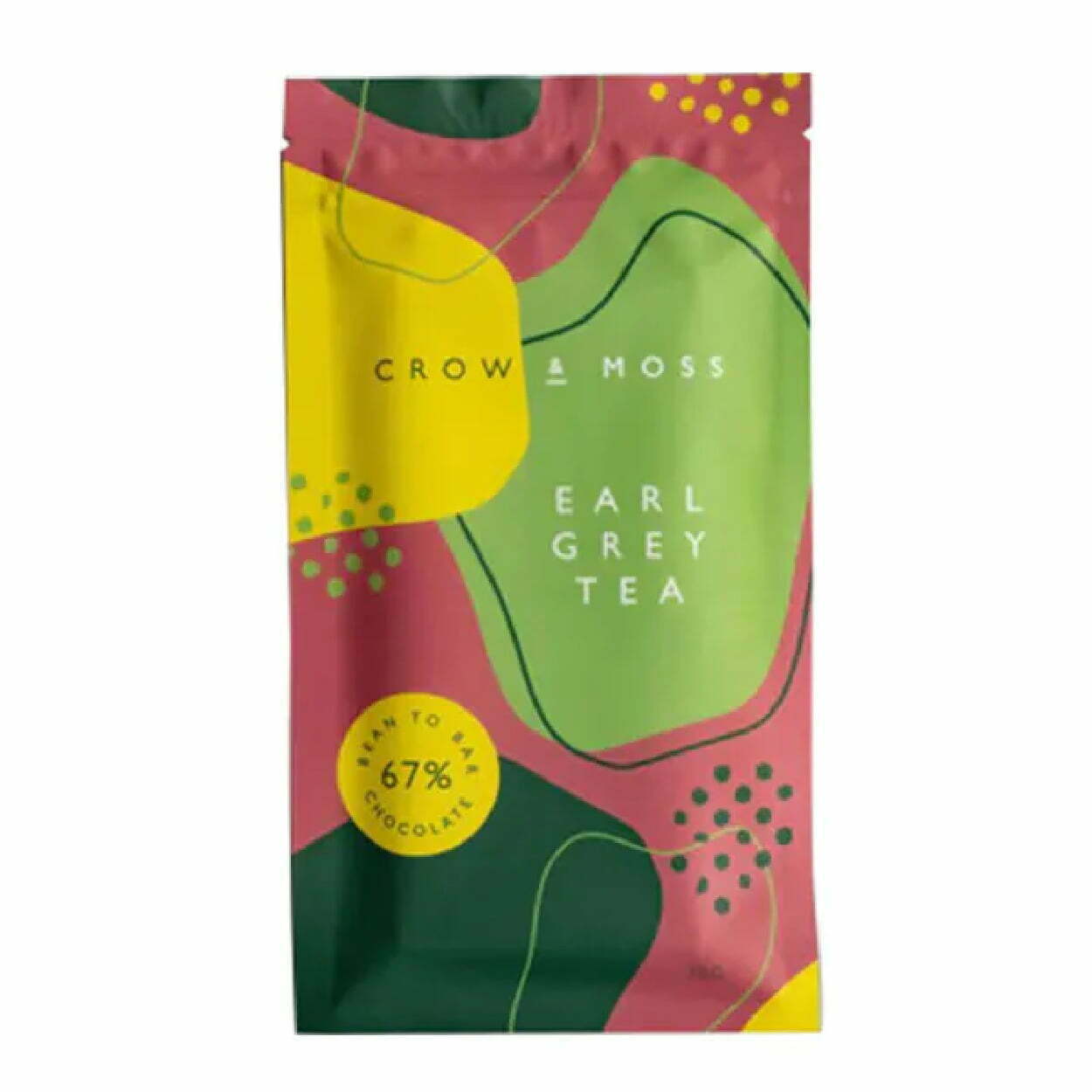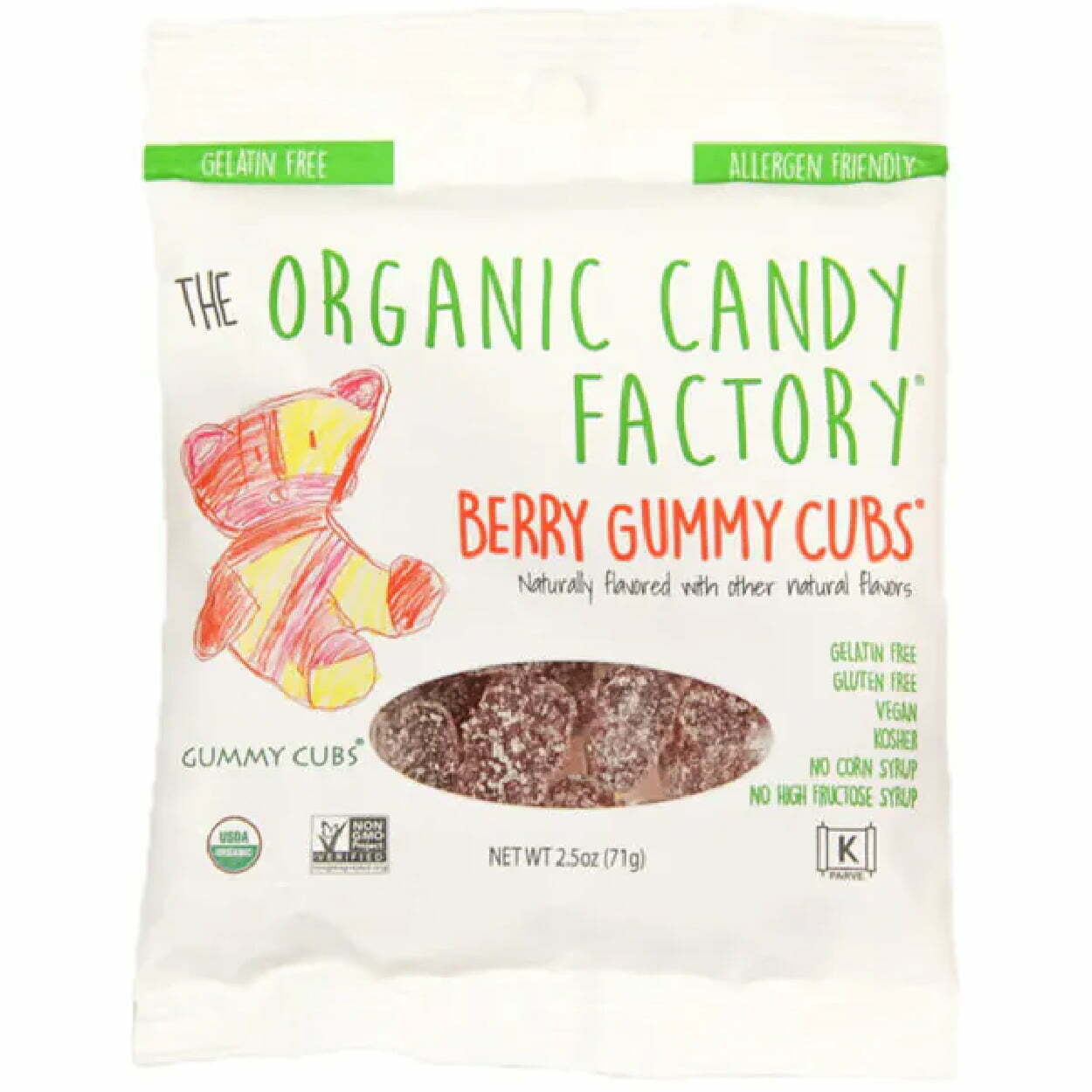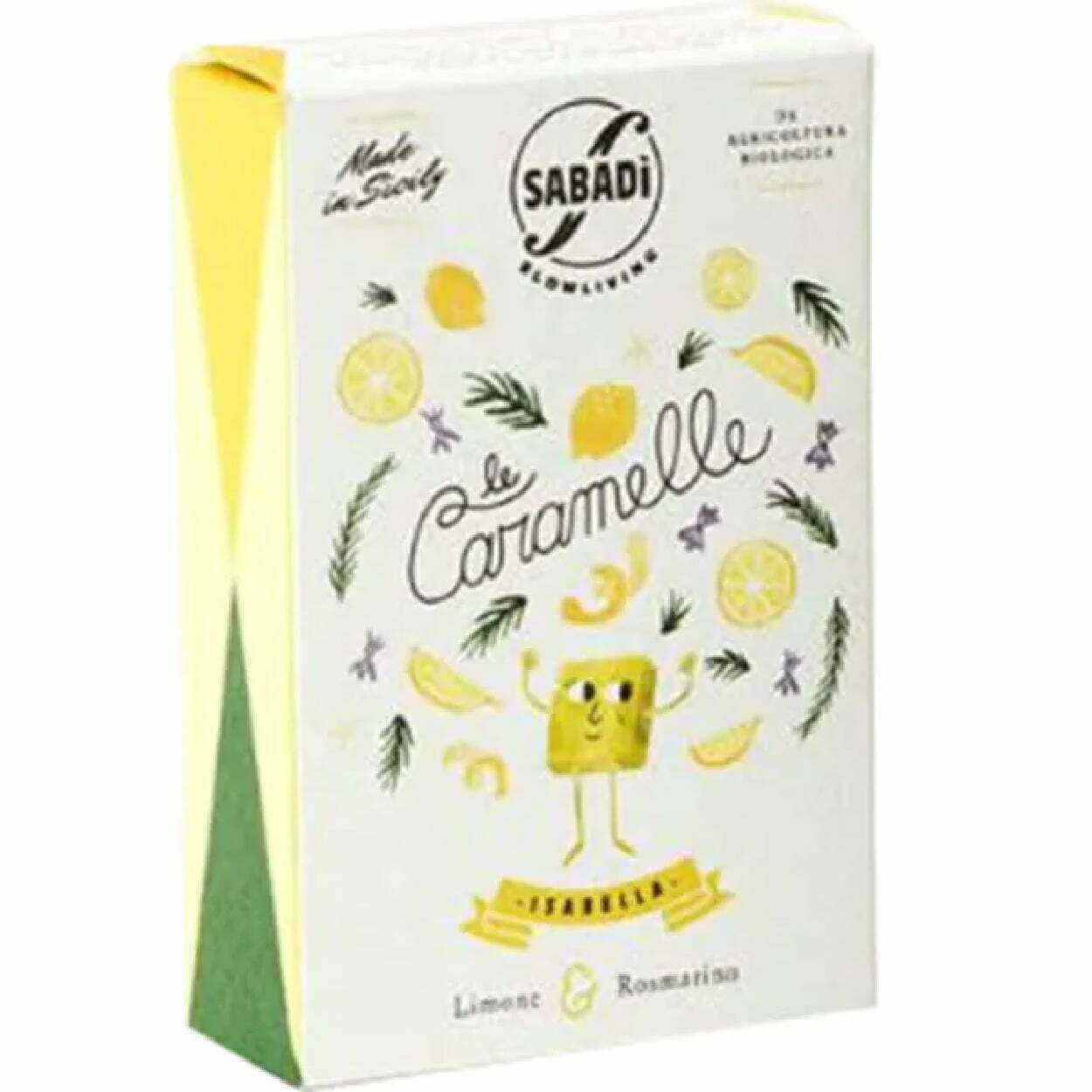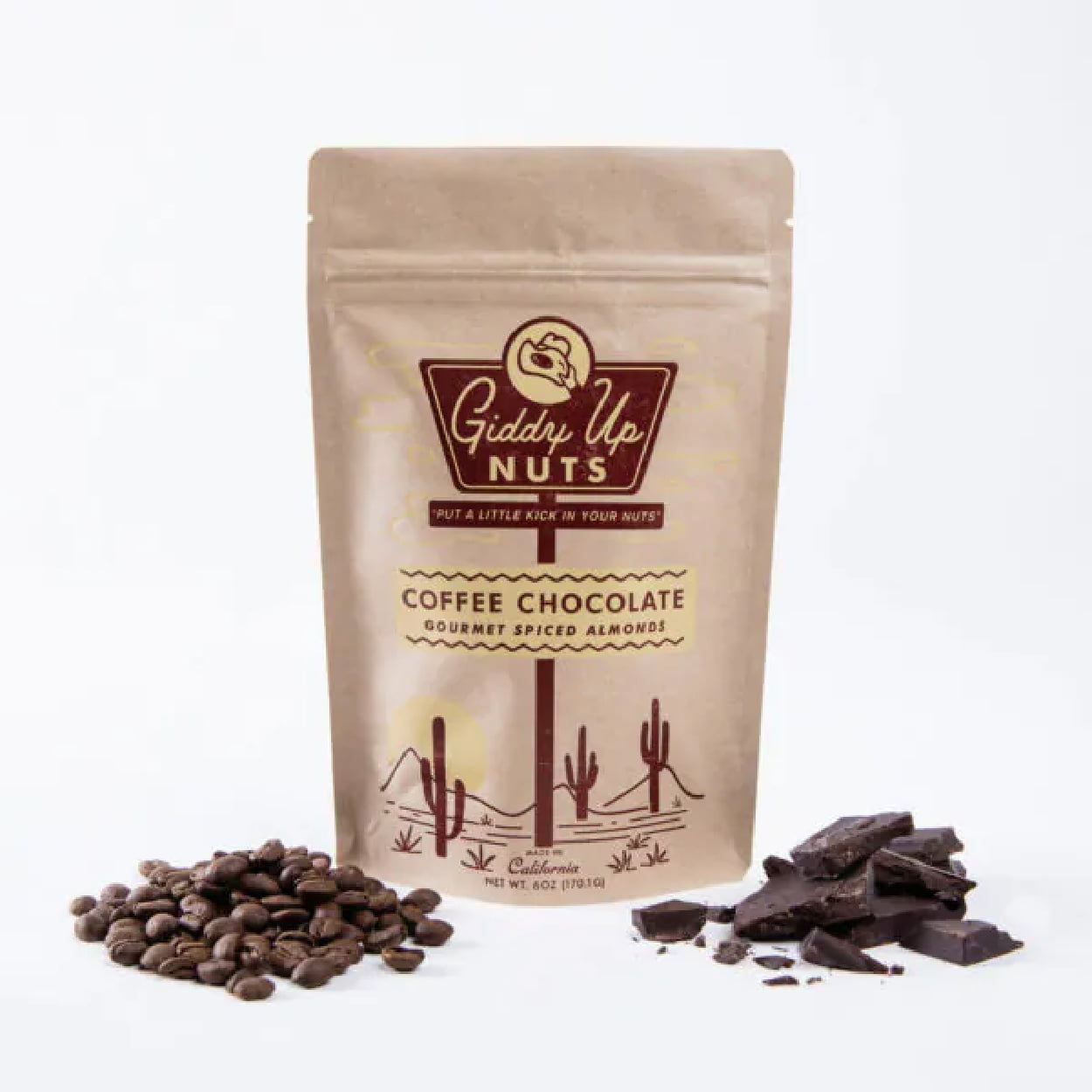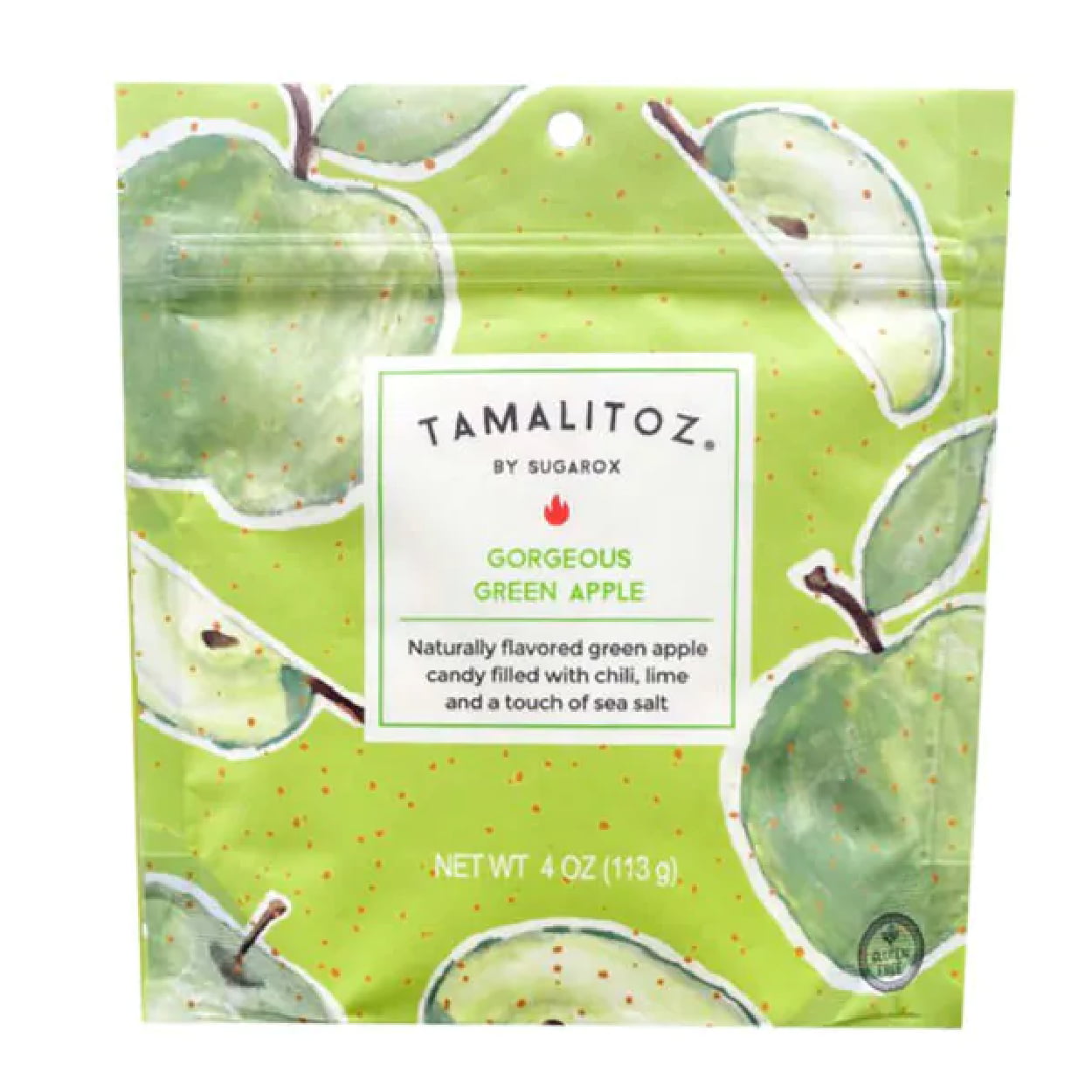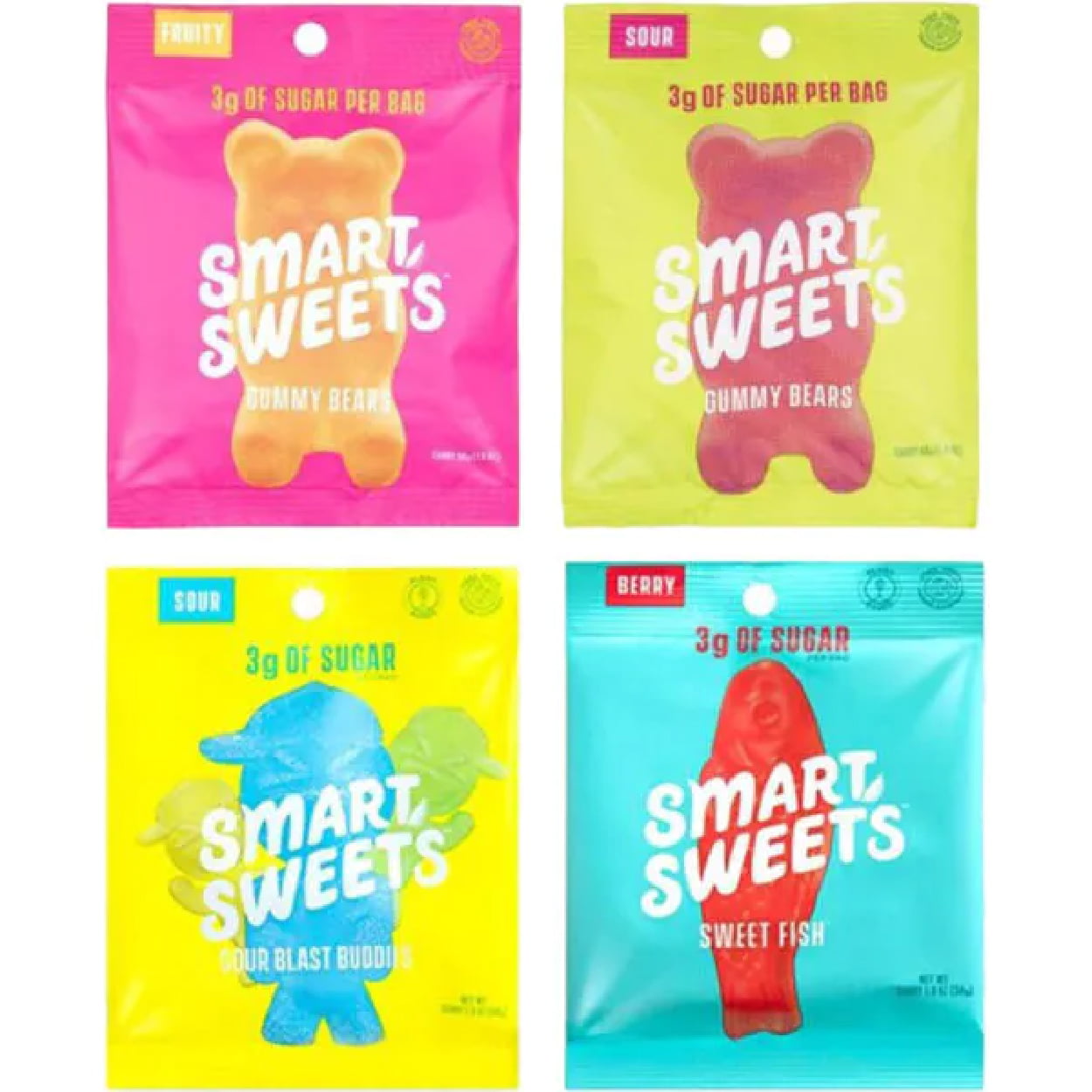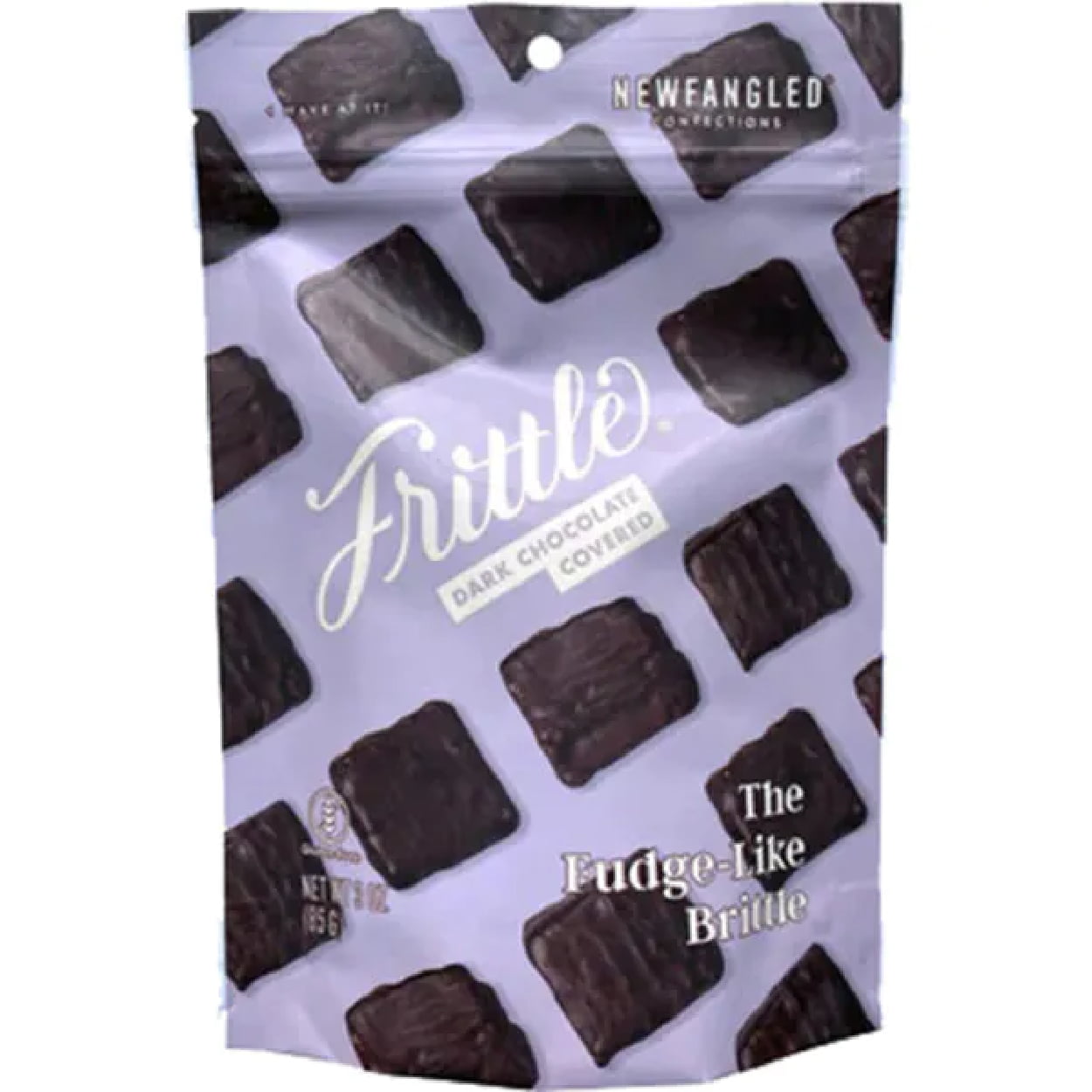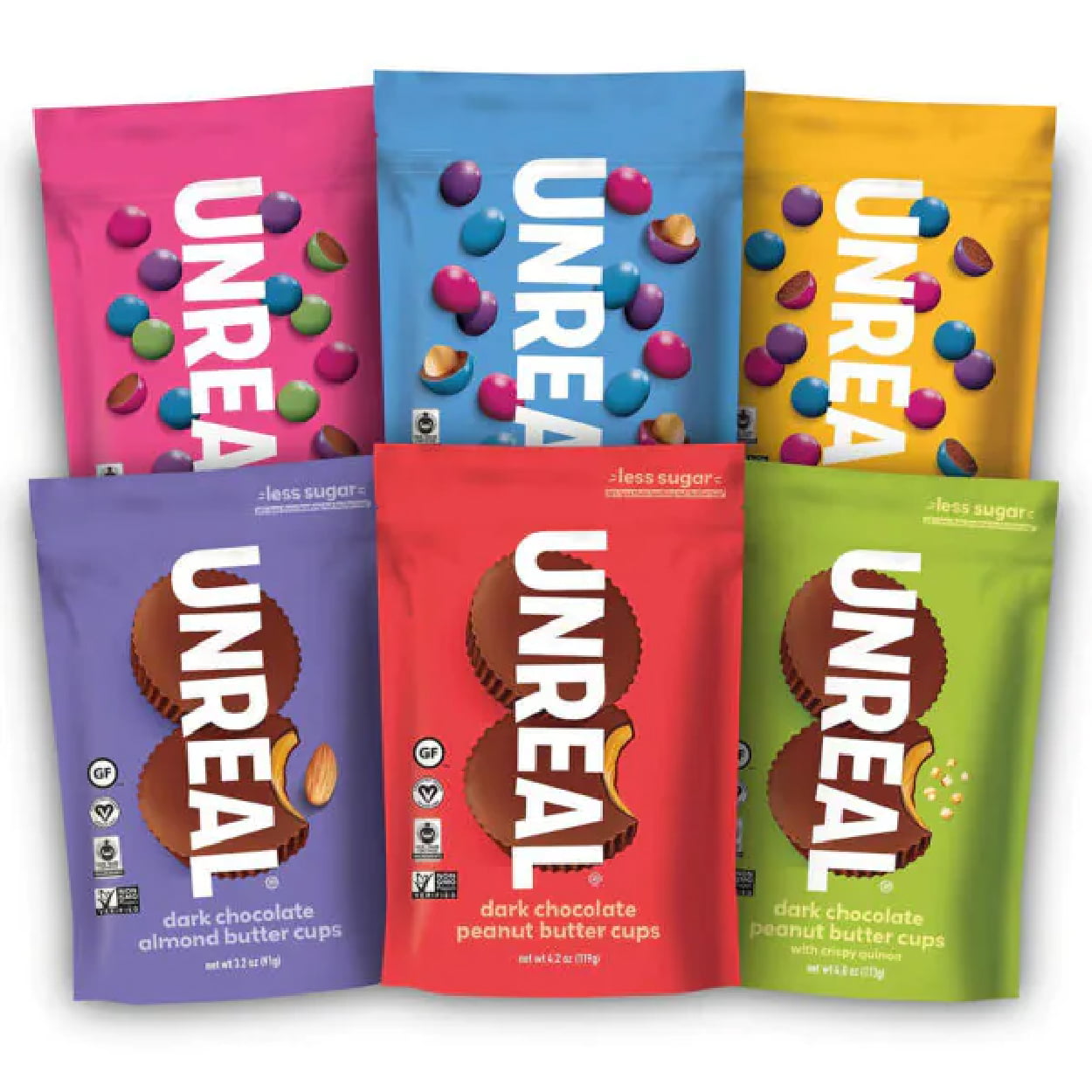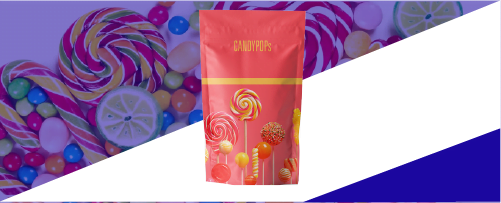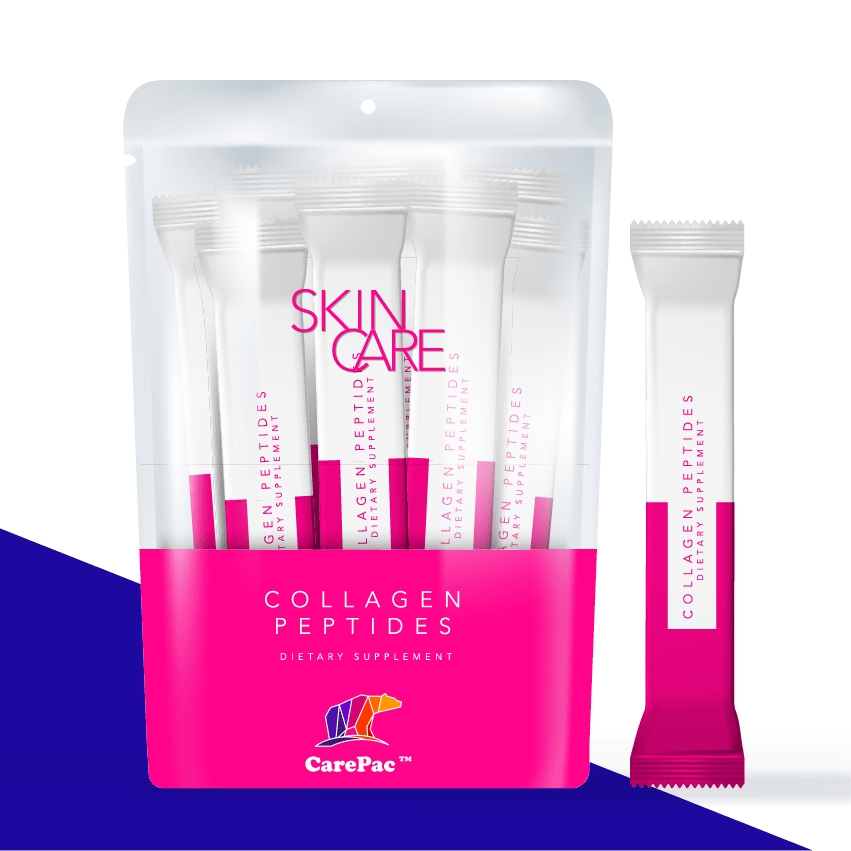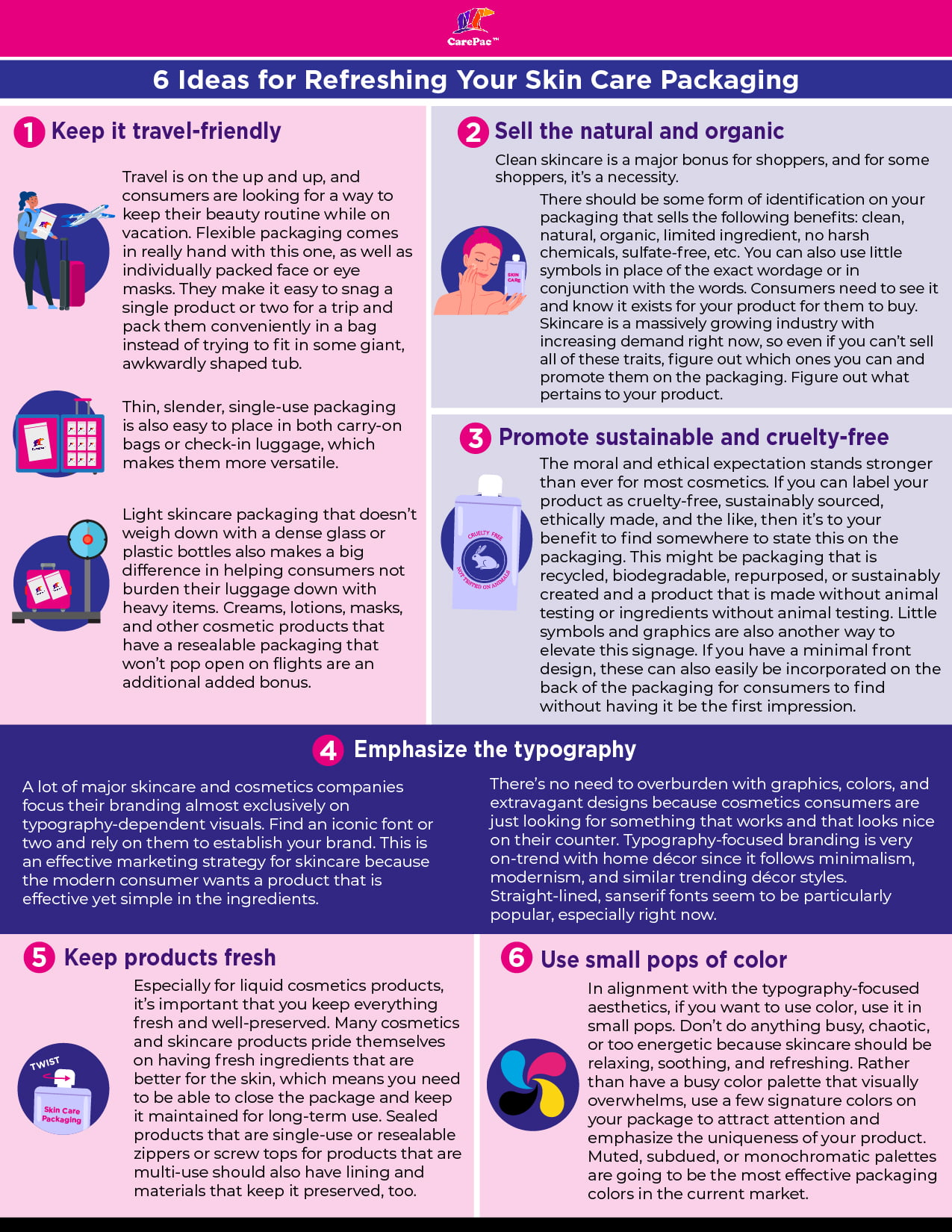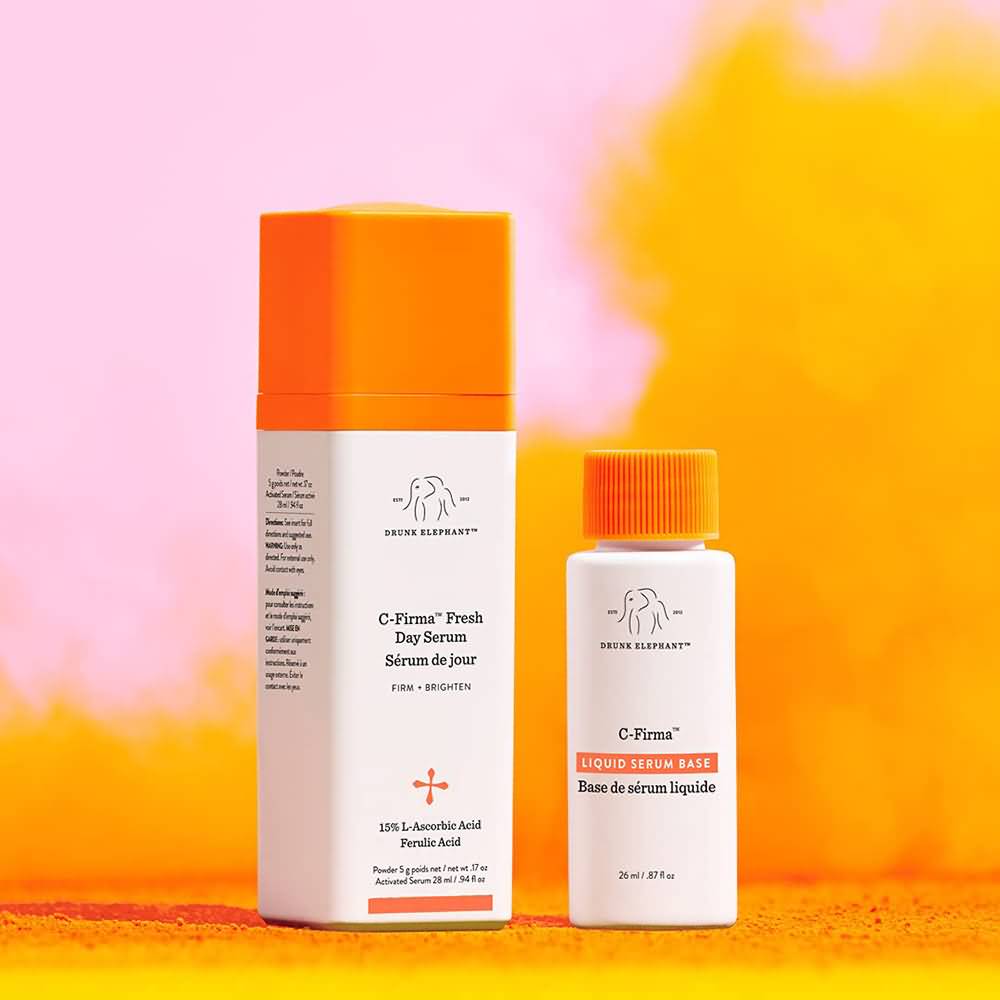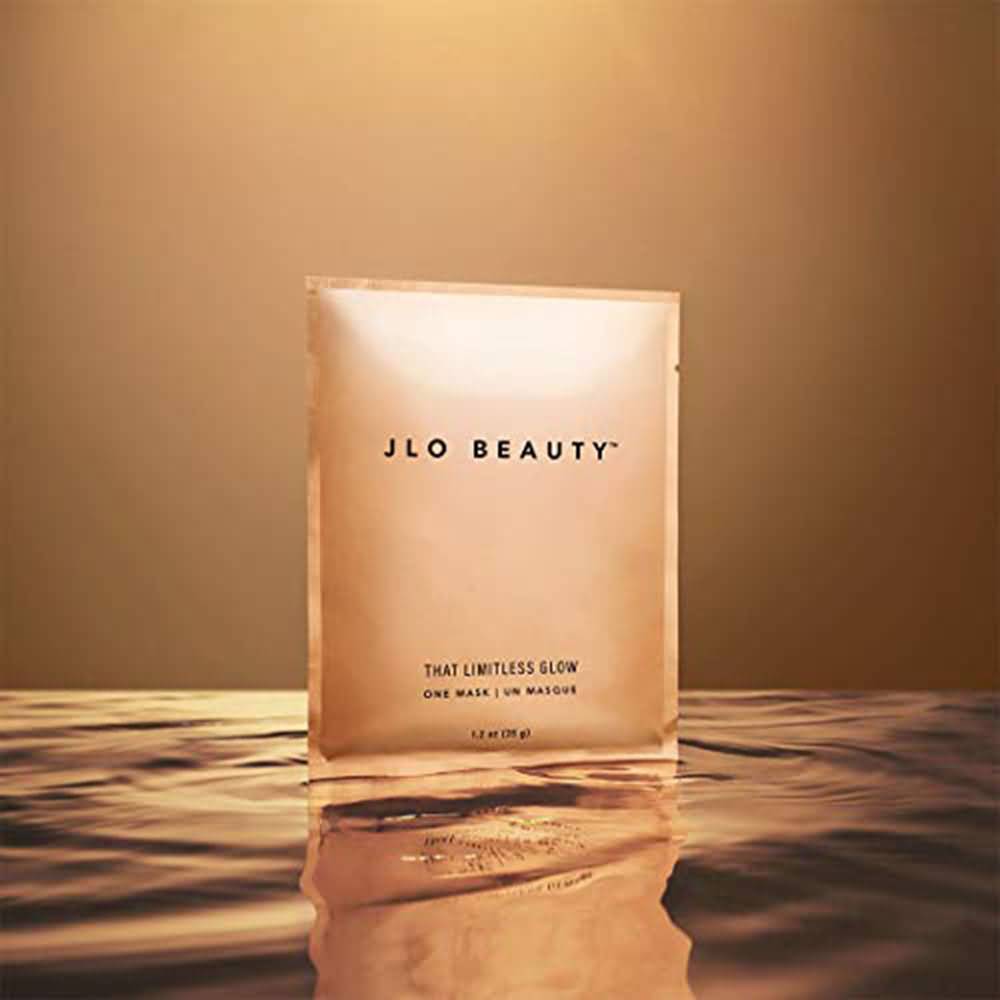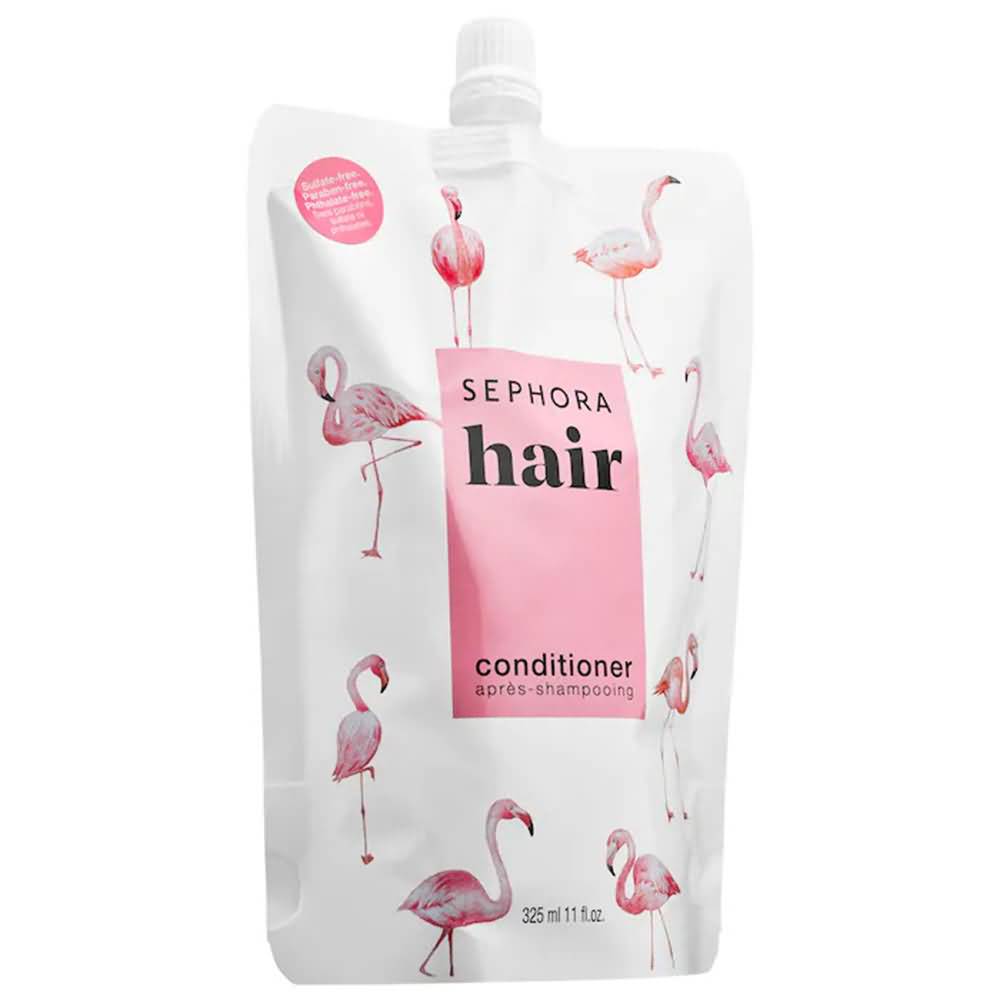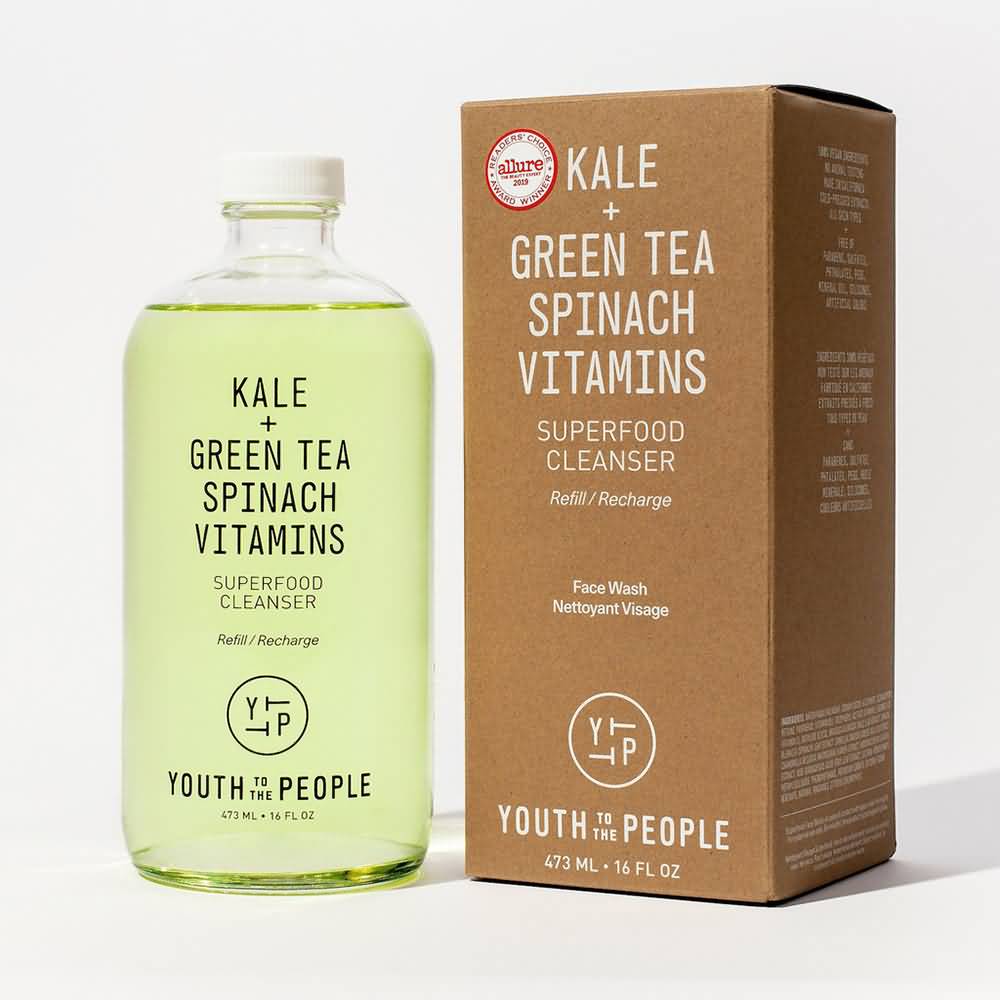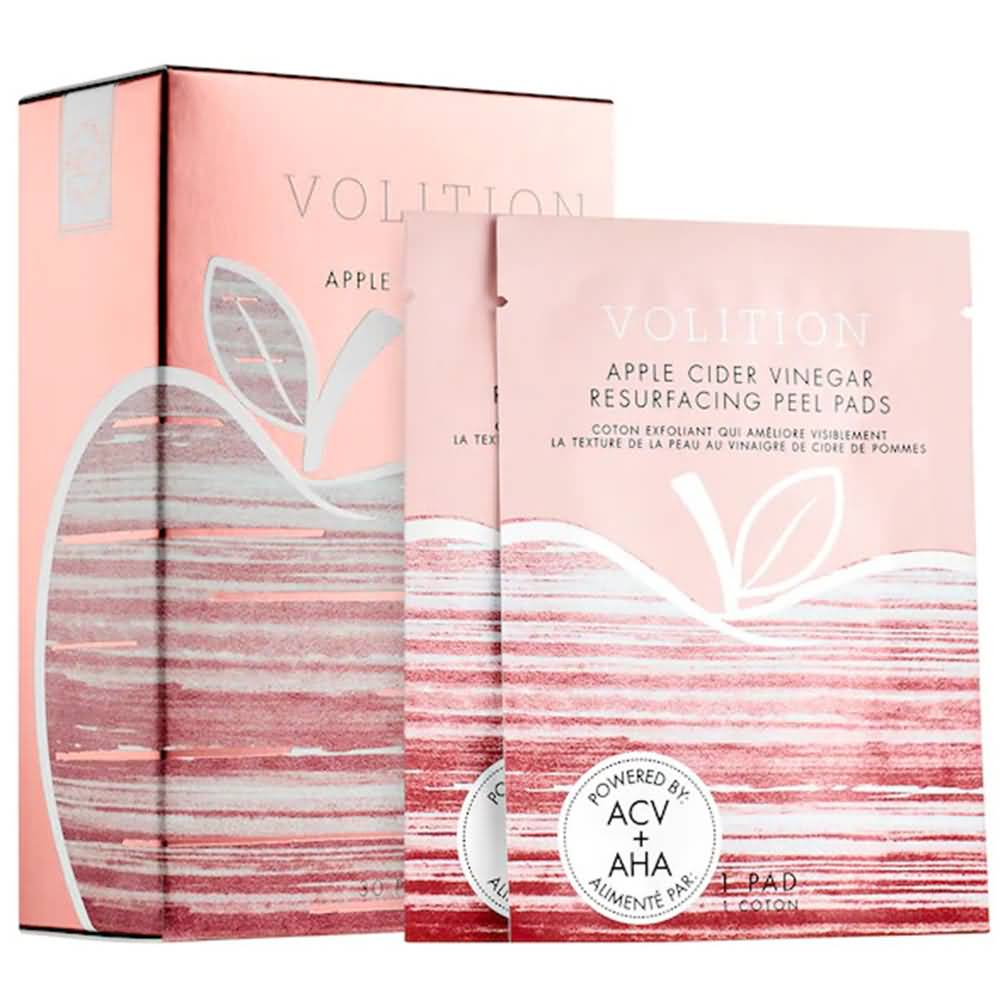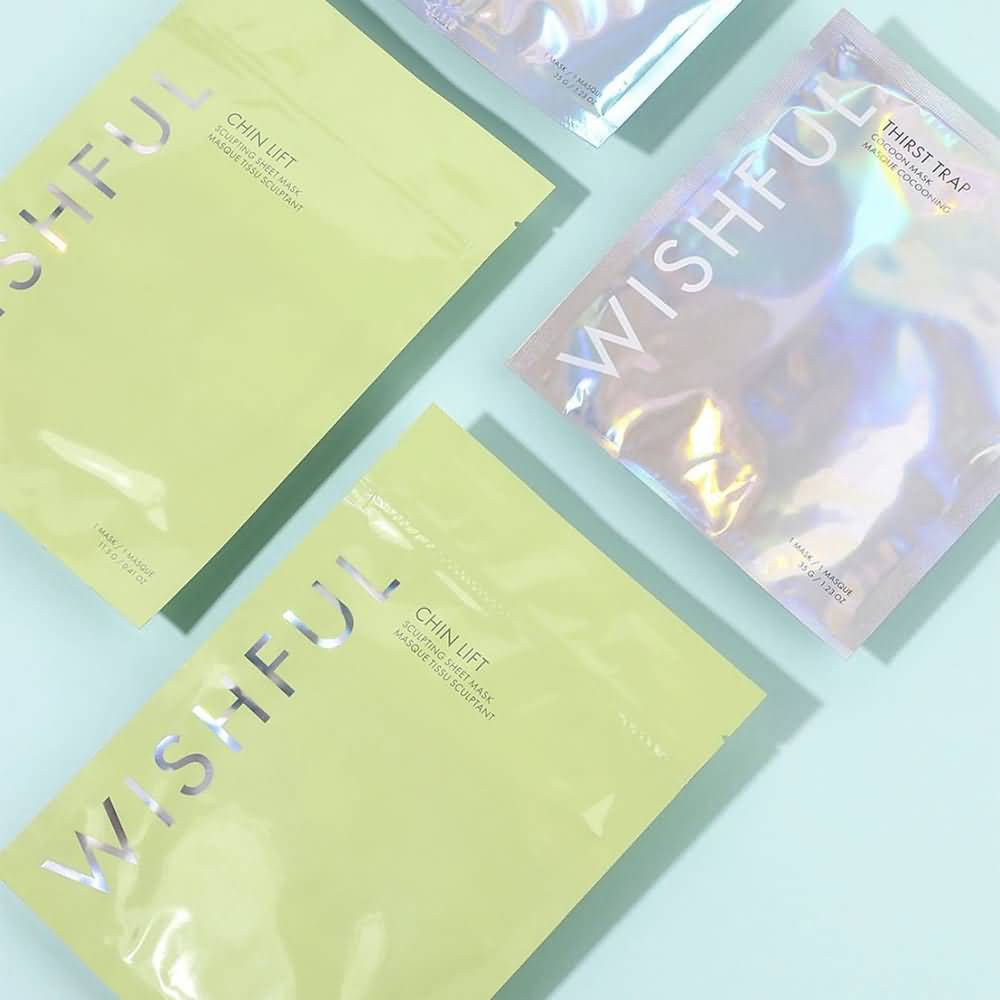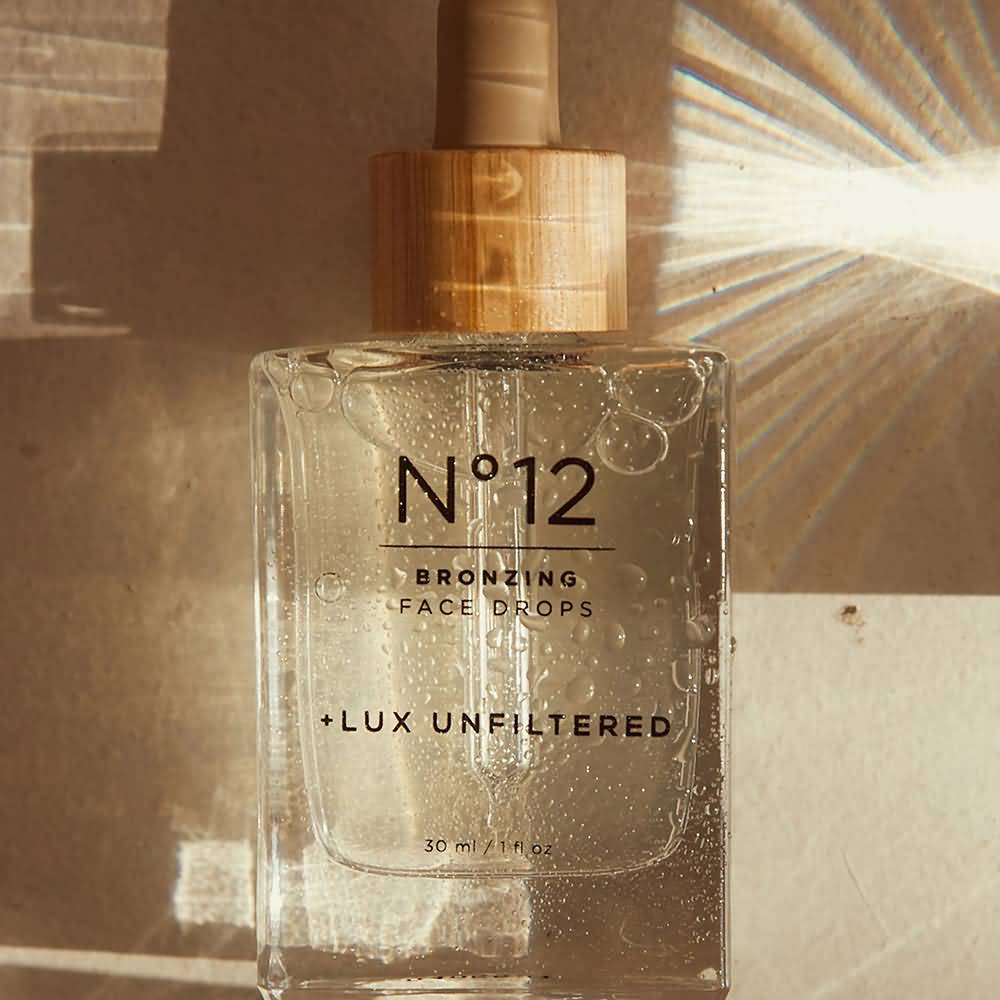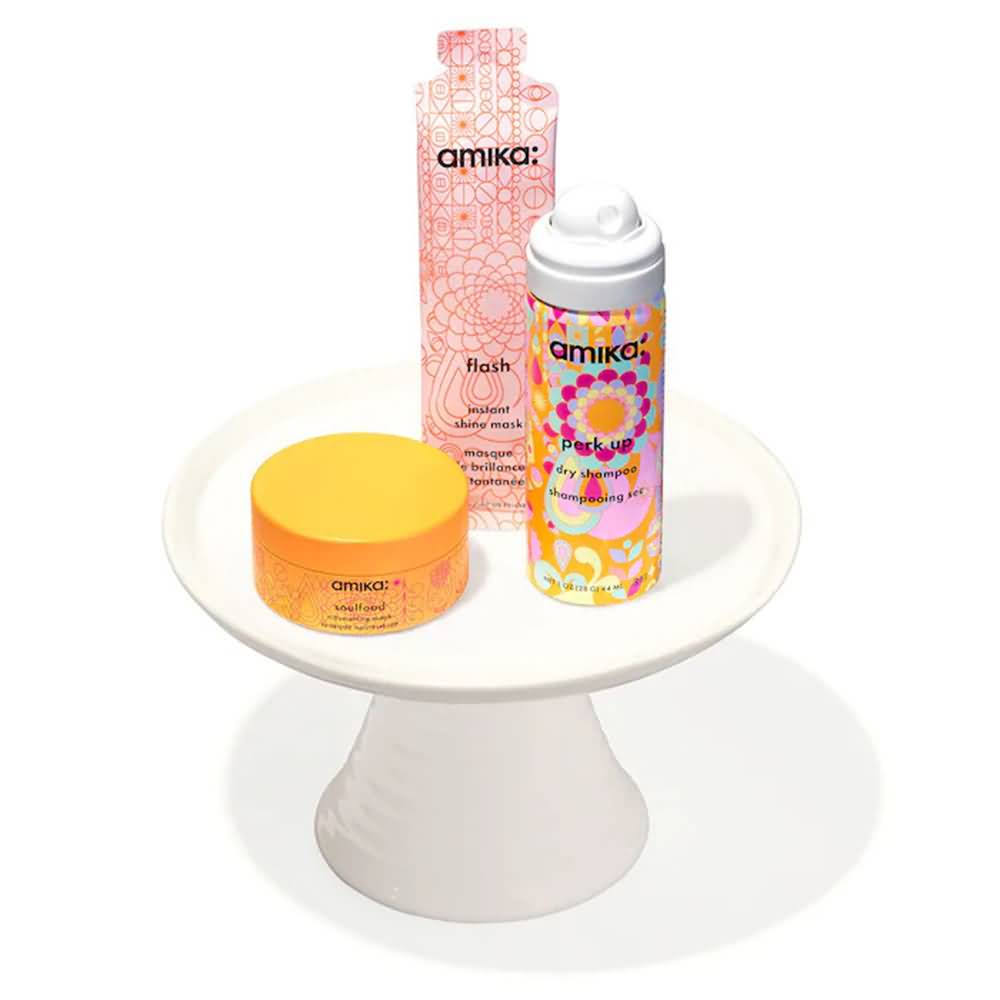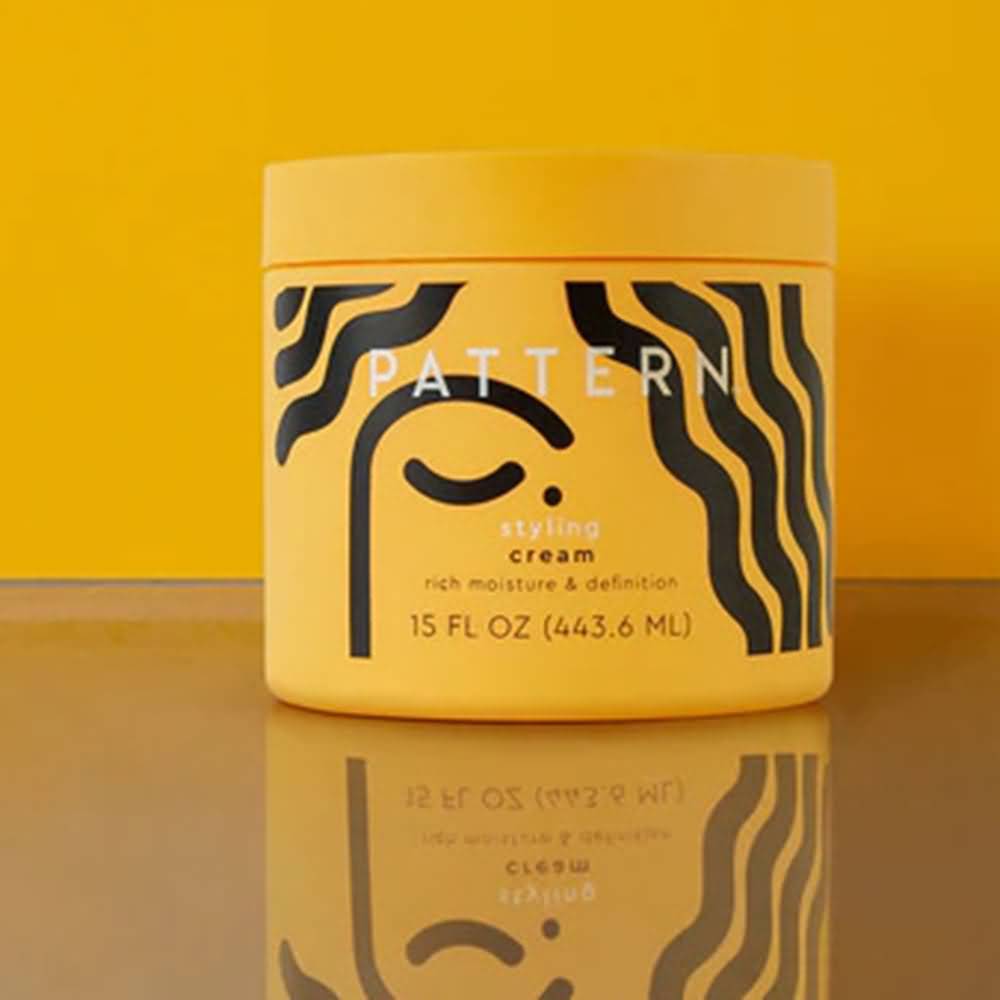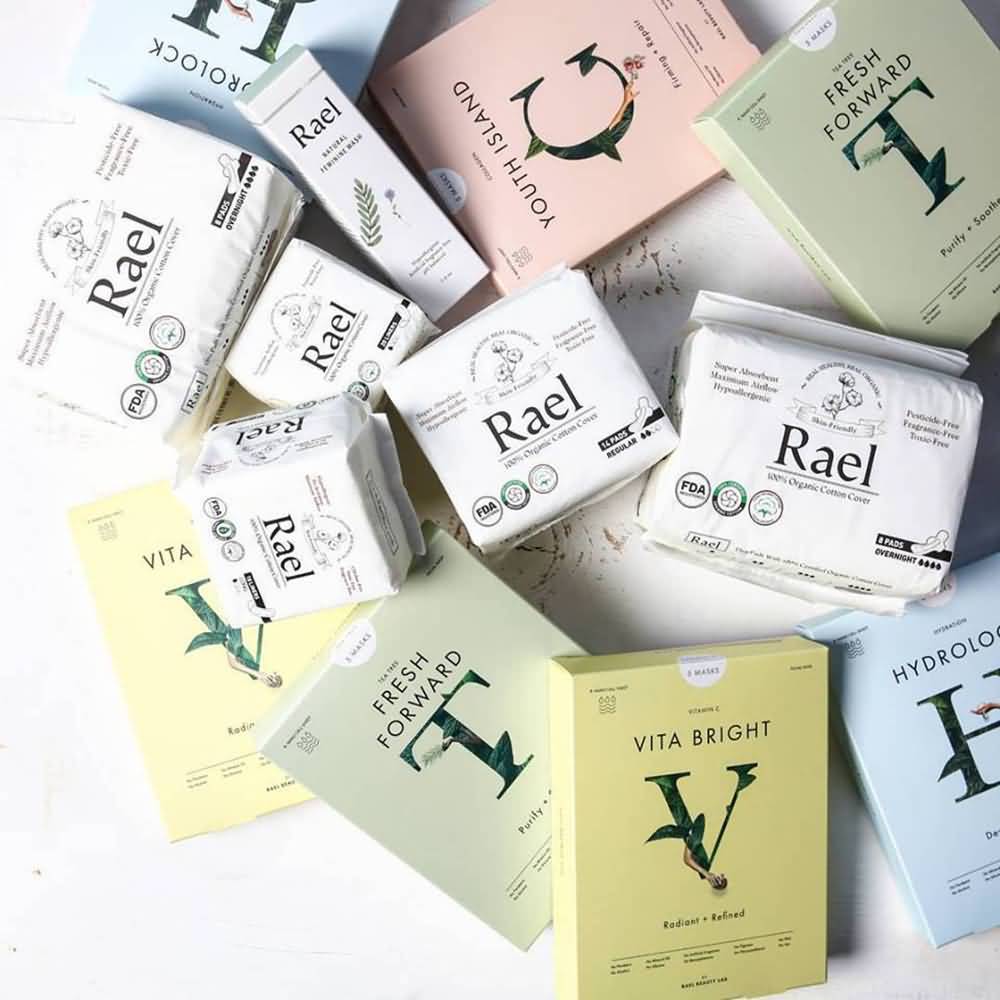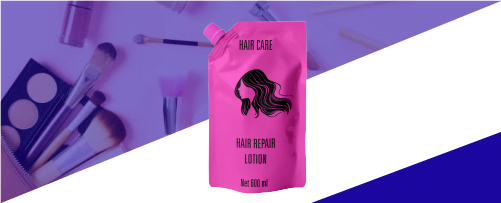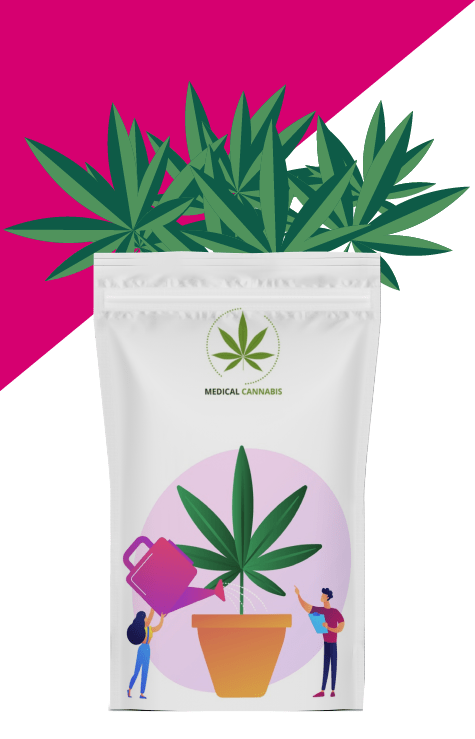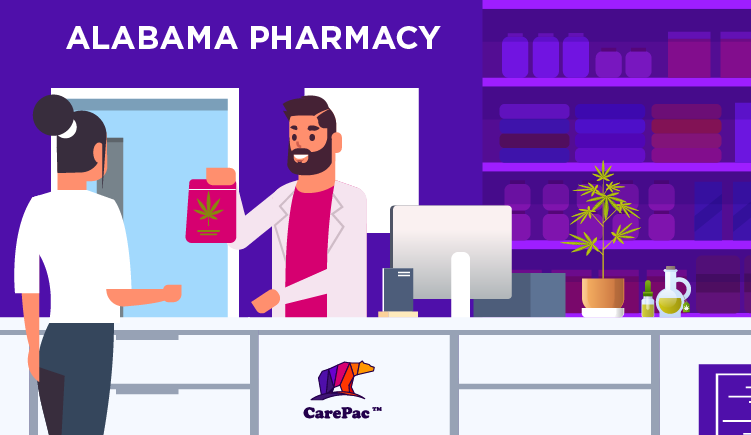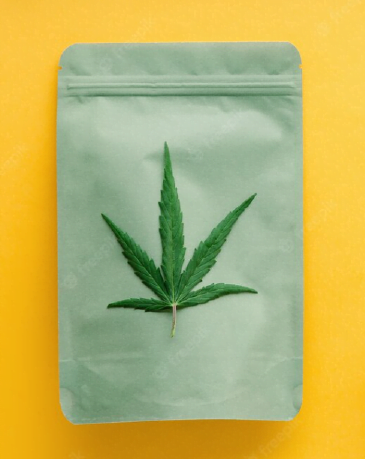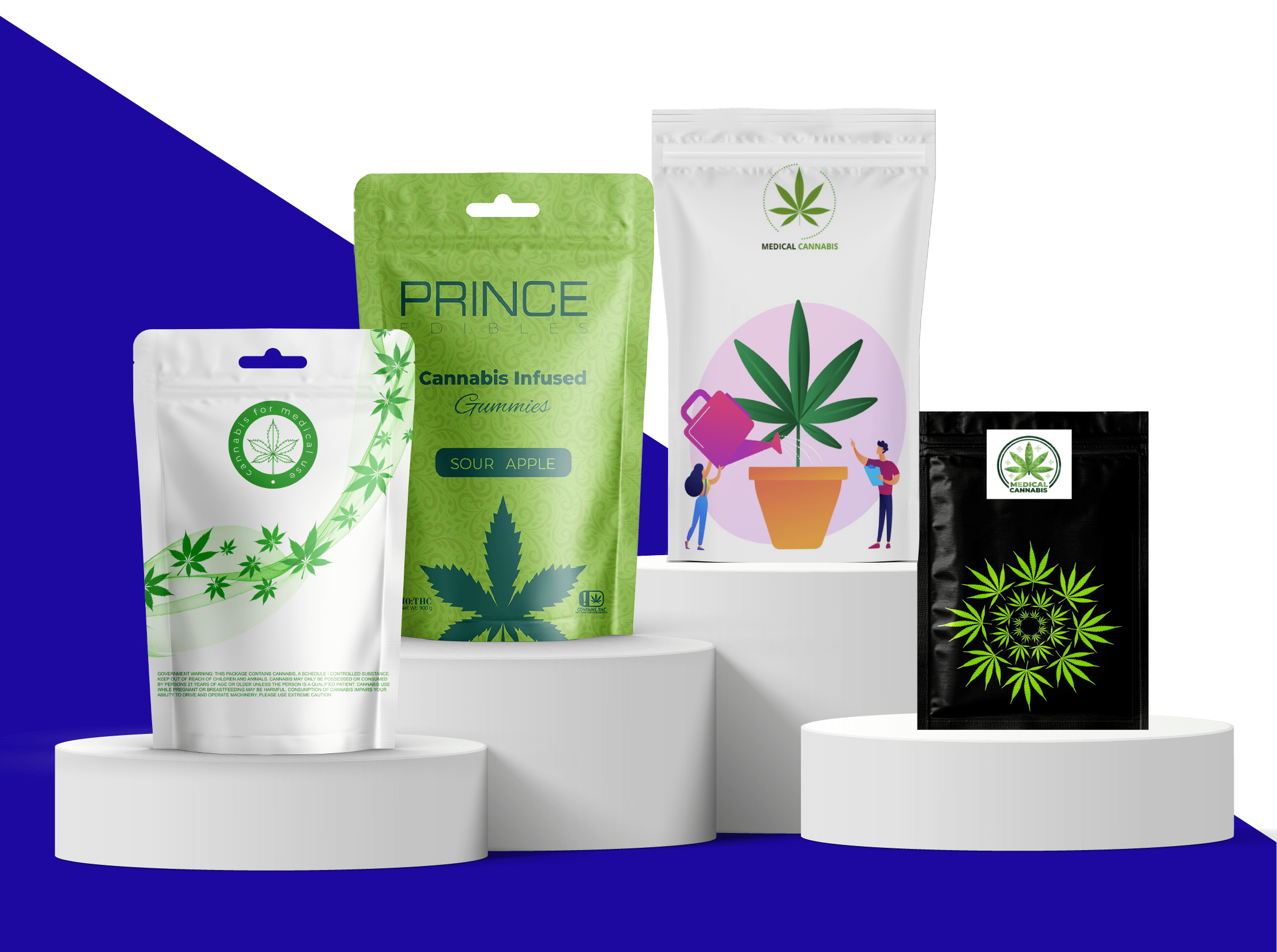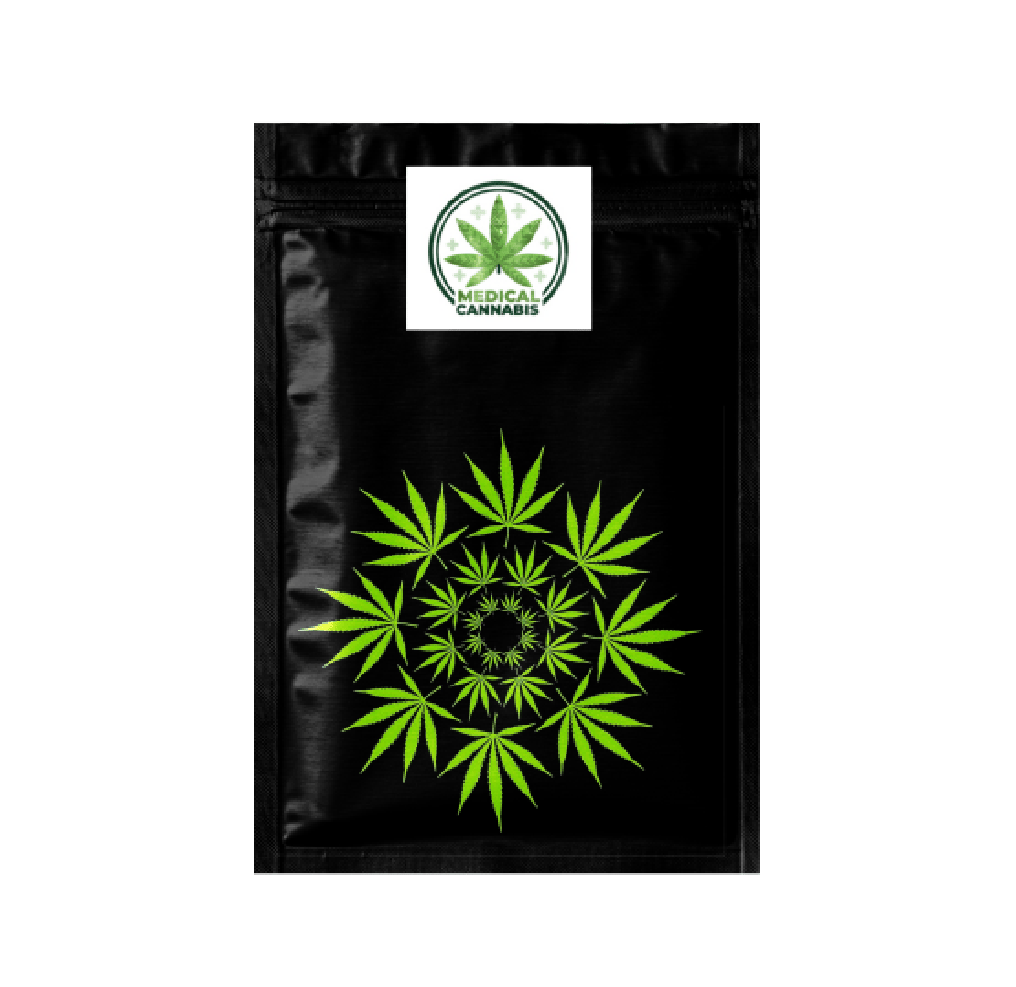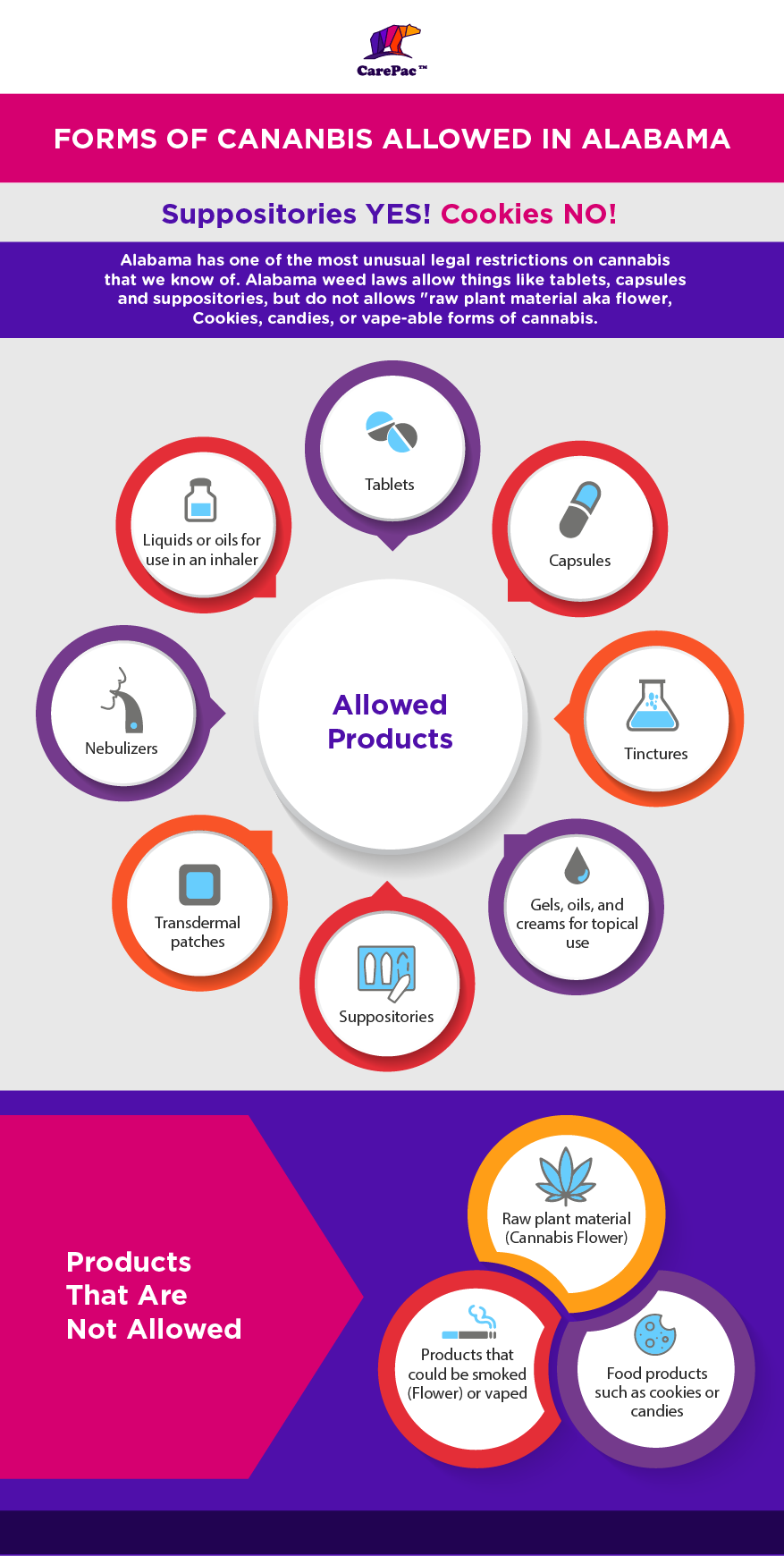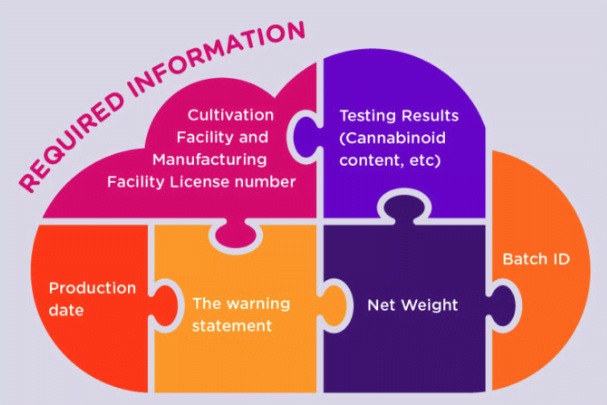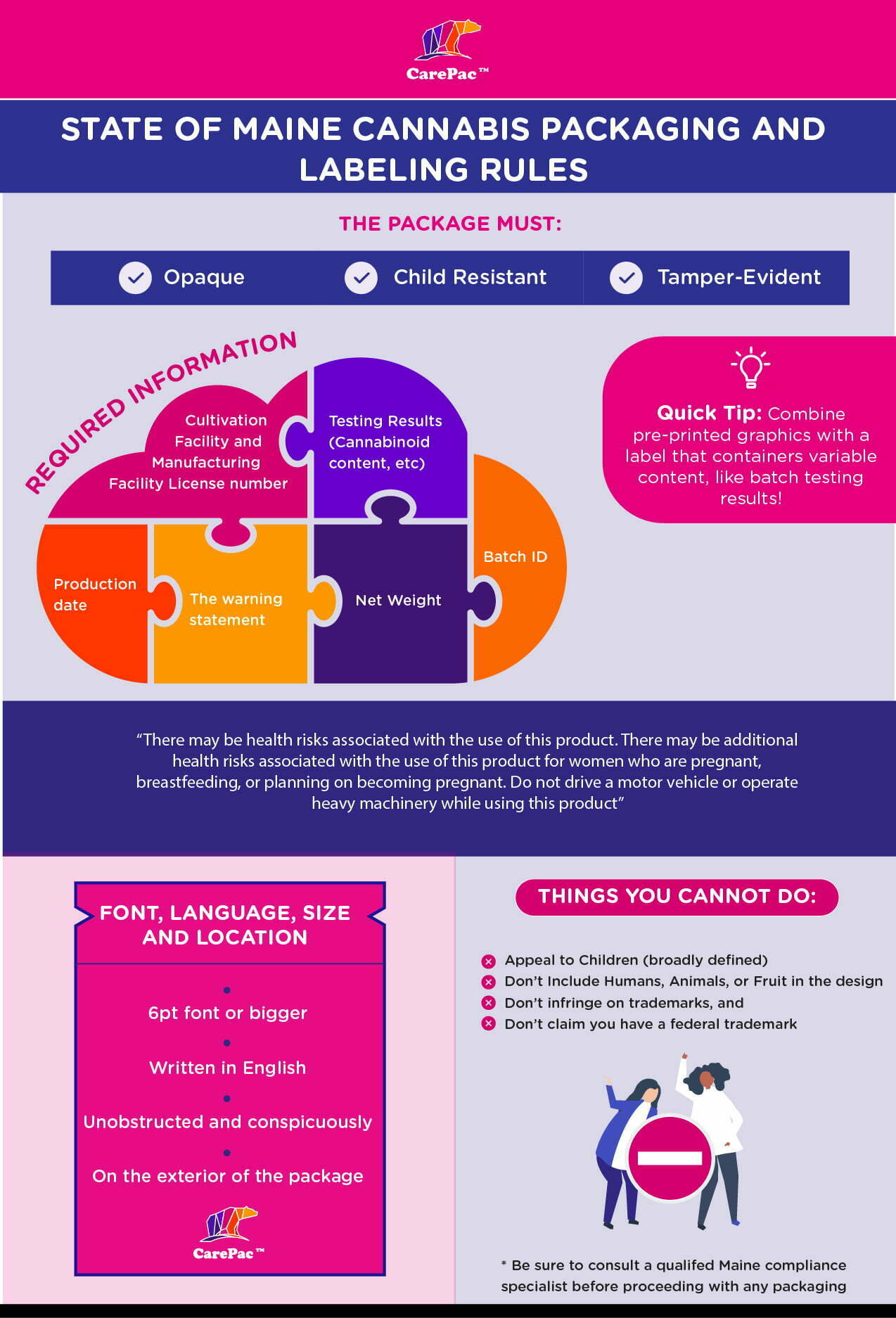No products in the cart.
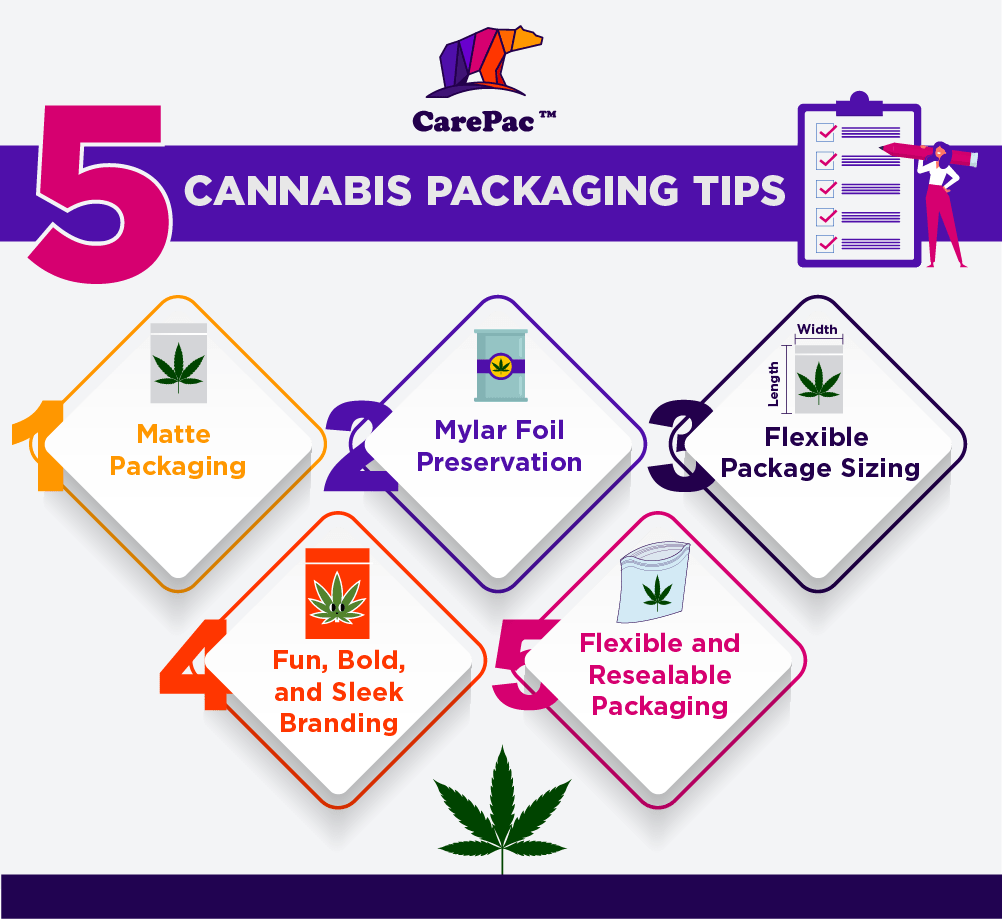

Packaging Design
Cannabis Pouch Designs
Cannabis Pouch Designs
Cannabis can be a tricky business to enter into. With more and more states legalizing its use,
brands know some areas are oversaturated with competition while others are ready for shops
to start opening up. To successfully brand, market, and sell your designer weed brand, your cannabis packaging design is key.
Cannabis Pouch Designs & Marijuana Bag Ideas for Weed
Here are five packaging tips from cannabis professionals that will boost your chances in the
market.


1. Matte Packaging Design for Marijuana & Cannabis
Matte colors, and, in particular, matte black, are among the most popular cannabis packaging trends. It's a major trend among both big and little cannabis brands alike. Matte black is easy to spot on shelves across stores everywhere. The sleek finished look pairs well with the modern, clean, and futuristic styles of many up-and-coming designer weed shops. Matte blacks paired with one bright, vivid color is attractive but refined at the same time. Matte finishes also add an elegant texture and a regal look to packaging, whether it’s black or another color.
2. Mylar Foil Preservation for Weed & Cannabis
Mylar foil packaging is one of the biggest demands in the cannabis industry for a couple of reasons. The first reason is because the mylar foil is able to contain the very pungent odor that typically emanates from cannabis. It has a very distinct smell, and most customers are looking to be discreet with their products. If you can offer packaging that allows them to keep it in a purse or briefly store it in a car or in the cupboard without attracting unwanted attention from children or adults, it will help your product maintain an element of professionalism and desirability.
3. Custom Flexible Package Sizing for Weed Bags
Some cannabis companies sell a variety of products, from vape cartridges to flowers to pens, blunts, and gummies, while some sell just blunts and flowers. Regardless of what types of products you’re marketing for cannabis, consider the size of your packaging in how you market different types or quantities of products. Different sizes help customers become regulars because they can recognize the sizes and associate it with their familiar products. It also allows them to feel more discreet in their purchase or bold in their purchase (with a larger size package) and ultimately appeals to a wider variety of customer needs.
4. Print Fun, Bold, and Sleek Branding & Cannabis Labels
If you walk into some of the most popular cannabis shops today, shoppers will often find themselves in these hyper-modernized, almost futuristic facilities that feel clean, sharp, and almost like walking into some sort of health clinic. They have a similar aesthetic to the Apple stores we walk by in malls. With the increasing legalization of cannabis, many companies are looking to capitalize on the relaxed experience consumers desire, rather than the former days of what felt like shopping for illegal substances. It's about transparency, attractiveness, and crafting a full consumer experience from the moment they walk in the doors. Your packaging can easily reflect this attitude, with fun and unique packaging, bold and bright colors, and sleek styles that look as smooth as the cannabis feels.
5. Custom Flexible and Resealable Weed Packaging Bag
Flexible packaging is a big draw and works for everything from gummies to buds and flowers to cartridges. They're easy to toss away once you have what you need, but they're also easy to store in back pockets and purses or to keep up high on a shelf in the home. In addition to flexible packaging, resealable packaging is also essential. Keep edibles and flowers from drying out by allowing buyers to close their packages back up afterward. Some states and counties even require child-proof seals or a film to ensure that small children aren’t able to mistake a pack of THC gummies for their own sweet treats.
With these five trends in mind, check out these 10 brands and how they use the trends in their own print and packaging.


1. Leafs by Snoop
Leafs by Snoop is one of the biggest selling products on the market, for both the quality but also the branding. The small boxes are among our favorites- they're stylish and iconic, with minimal-color icons and graphics so shoppers can identify different products and ounce connotations. The packaging centers around the recognizable logo and is largely white, drawing attention to the logo. The only downside is the lack of flexible packaging. While boxes look nice and clean and professional, they’re also easy to smash, including in transit, leading to dented packaging on the shelves.
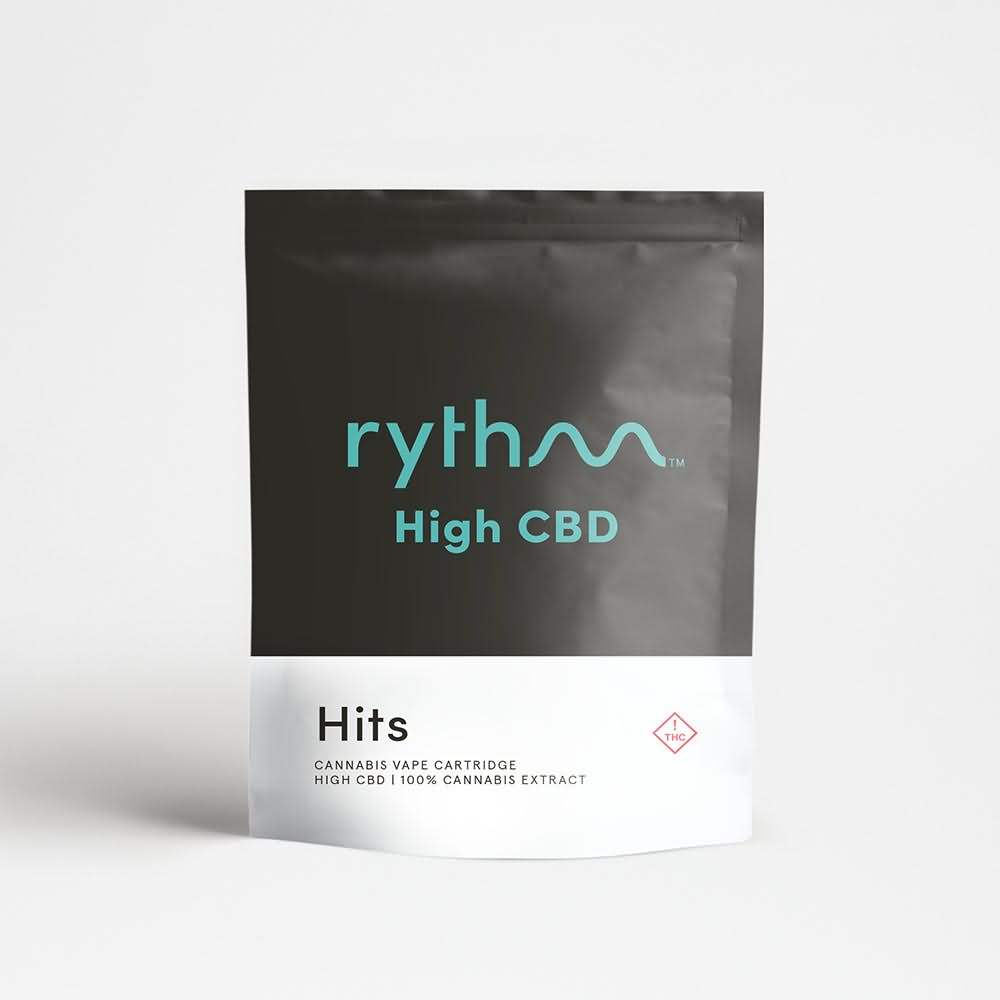

2. Rythm
The logo for rythm does a lot of the work for their branding and their marijuana bags, with the smooth beat symbol taking over the ‘m’. They use the matte black packaging effectively, keeping the color palette minimal with a black and teal ensemble. There’s little else going on for a powerful minimalist appearance, but it all works well together.
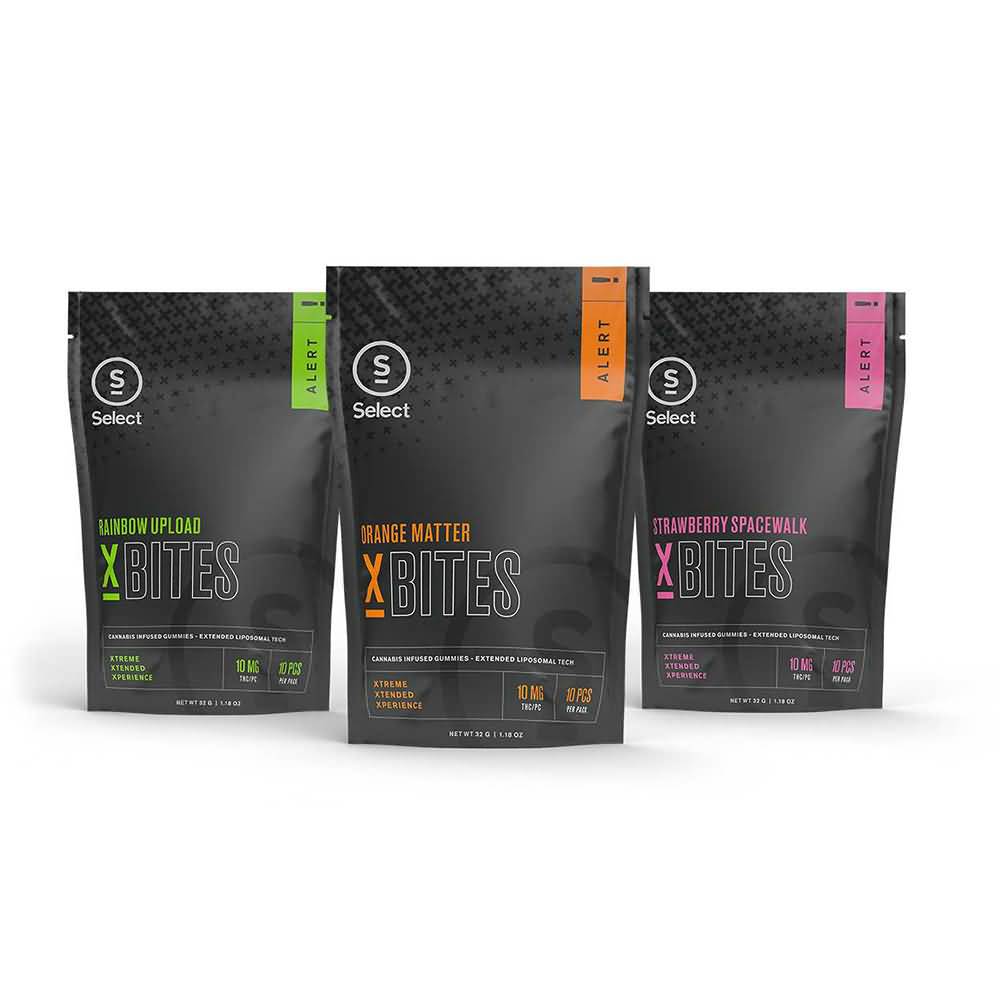

3. Select X Bites
Another great example of matte black packaging paired with a few select flavor/product colors is Select X Bites. The matte black sheen gives texture and a subdued, cool finish with small pops of color in the different flavors. The highlighter colors, green, orange, and pink are very minimal, as well. It's bold, flexible, and odor-blocking, as well.
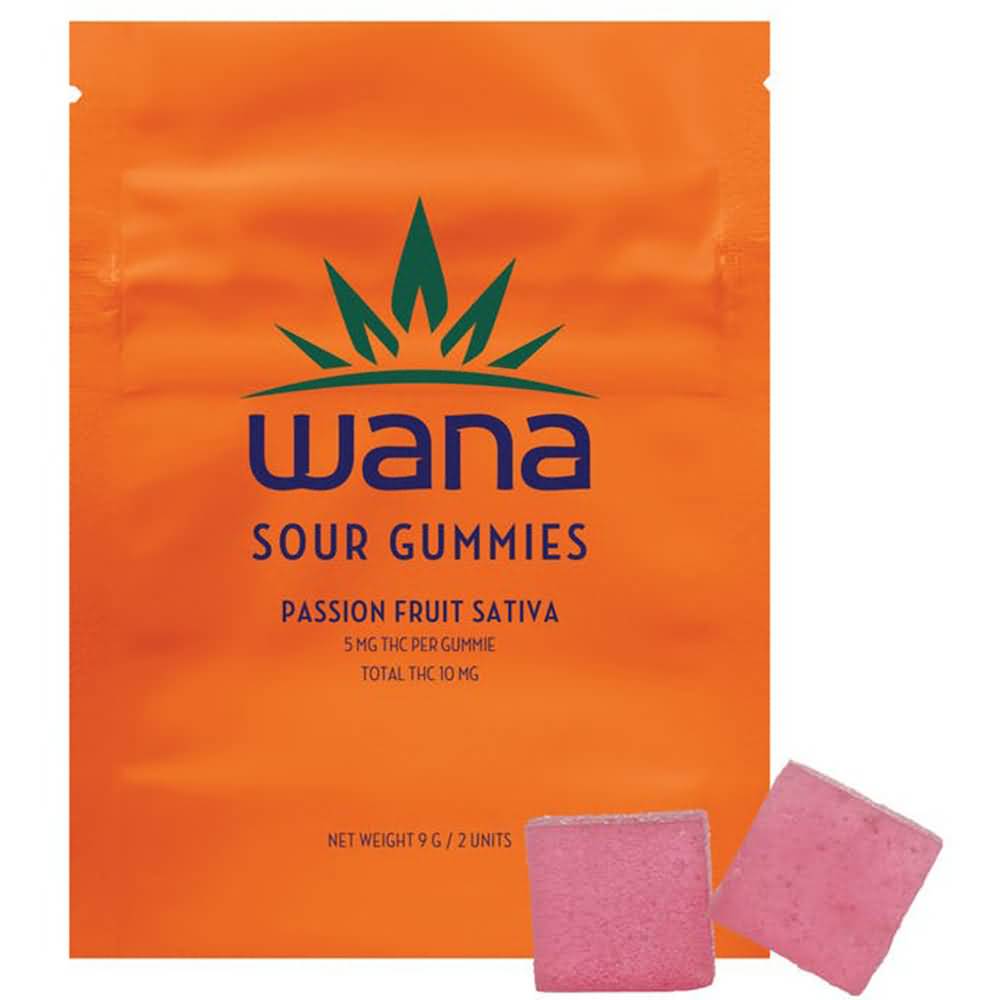

4. Wana
Wana is a great example of how matte doesn’t always have to come in black, especially on cannabis bags. They use whole package matte colors in a monochromatic design that parallels the flavor of their gummies. Their fonts are unique and recognizable, which helps set themselves as a familiar brand to their consumers. The packages are also resealable, which is essential for saving the remaining gummies until it’s time to enjoy.
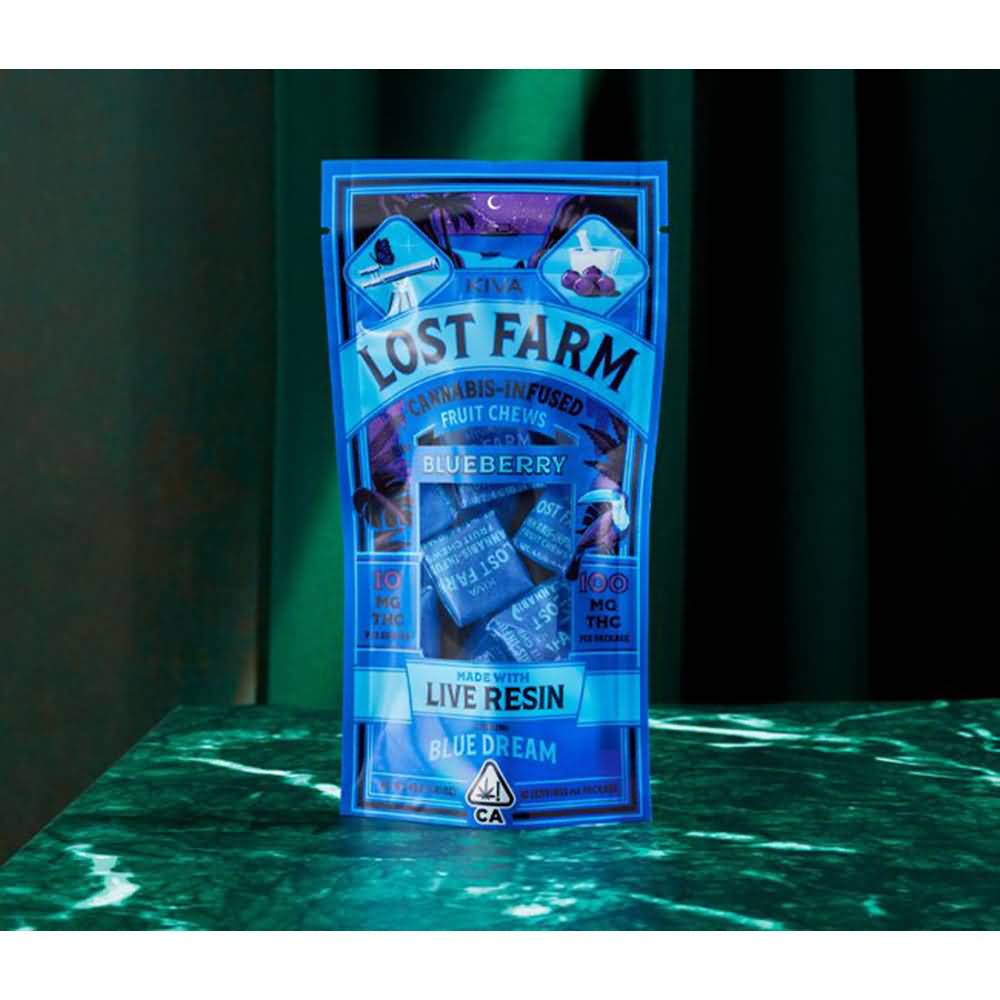

5. Lost Farm
The Lost Farm gummies and chews are sweet cannabis candies individually wrapped in their flexible, easy-to-open gloss package. The colors are bold and attractive and evoke smooth vibes, similar to how they market their product. They also use a viewing window to show the wrapped product in its packaging, which can be a great bonus for consumers. It's resealable as well, although, with a window, it is unlikely to be perfectly odor-proof.
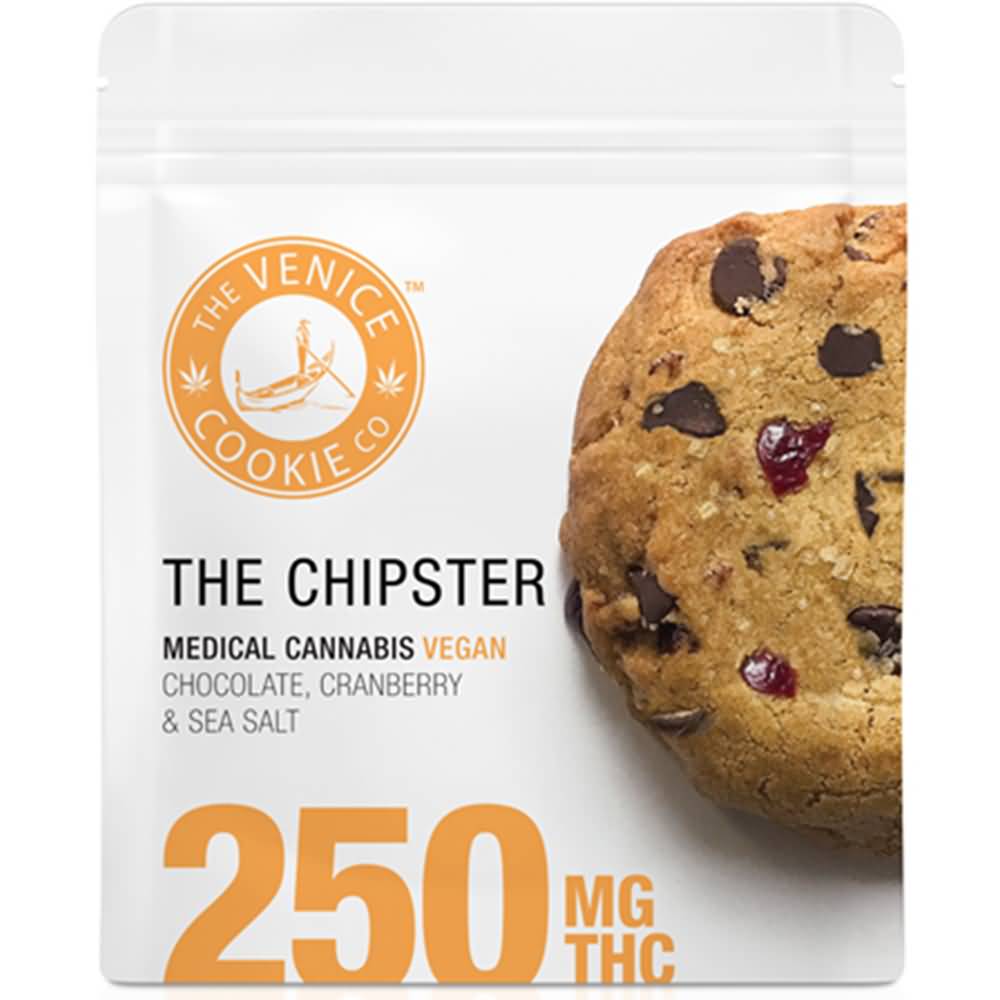

6. Venice Cookie Co.
There's nothing flashy or bold about The Venice Cookie Co. packaging, nothing unique or particularly eye-catching, but they keep it straight, simple, and to the point. Consumers immediately know exactly what they're getting (a chocolate chip cookie) and how much (250mg THC). It’s a two-tone color palette with orange and white, and the big tasty graphic of the cookie is physically appealing and appetizing for potential buyers. The package is for one cookie, but it has a resealable package for keeping that cookie fresh in case a user would like to save some for later.
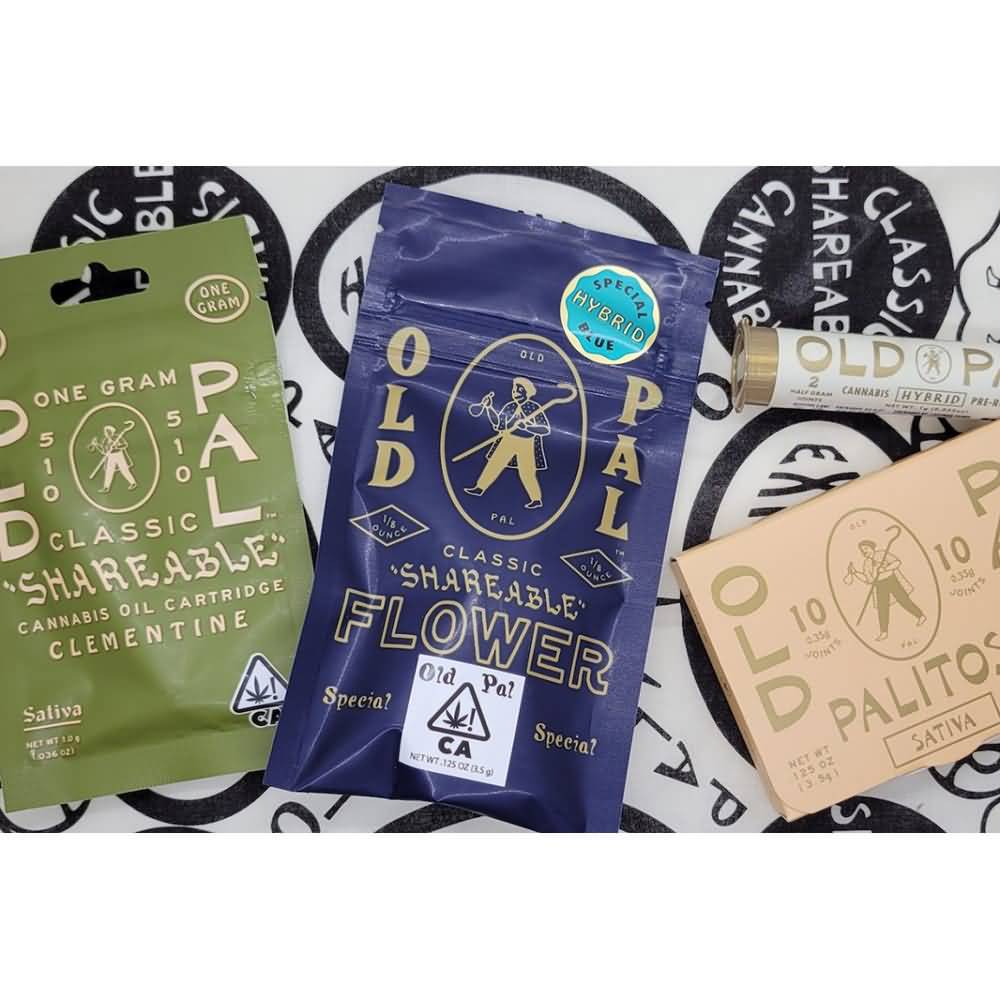

7. Old Pal
Yet again, we see effective use of matte packaging, and yet again, it's not a matte black. The sage green is soothing, earthy, and herbal, which makes it quite the appropriate color for cannabis packaging. It partners well with the gold tone of the lettering and graphics that decorate the package as well. The package is for a shareable vape pen and is packaged in a flexible and resealable wrapper.
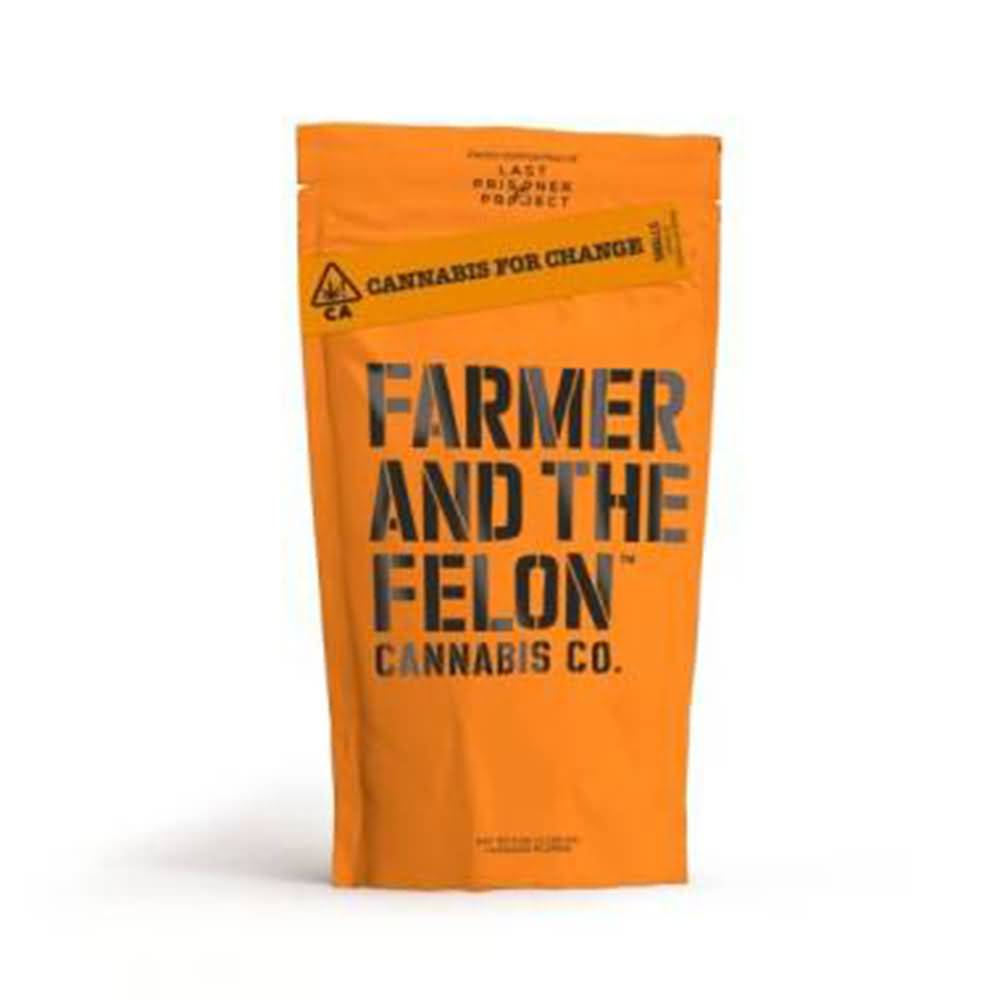

8. Farmer and the Felon
The Farmer and the Felon has masterfully crafted an out-of-the-box design for their packaging that really makes it stand out from the other trends. Their font is a bold typeface in all capitals that stands at the forefront of their package's branding. The orange and black tones play off prison colors, which plays off of the felon connotation, making light of the former illegality of cannabis. The packaging is also flexible and resealable, and odor-proof.
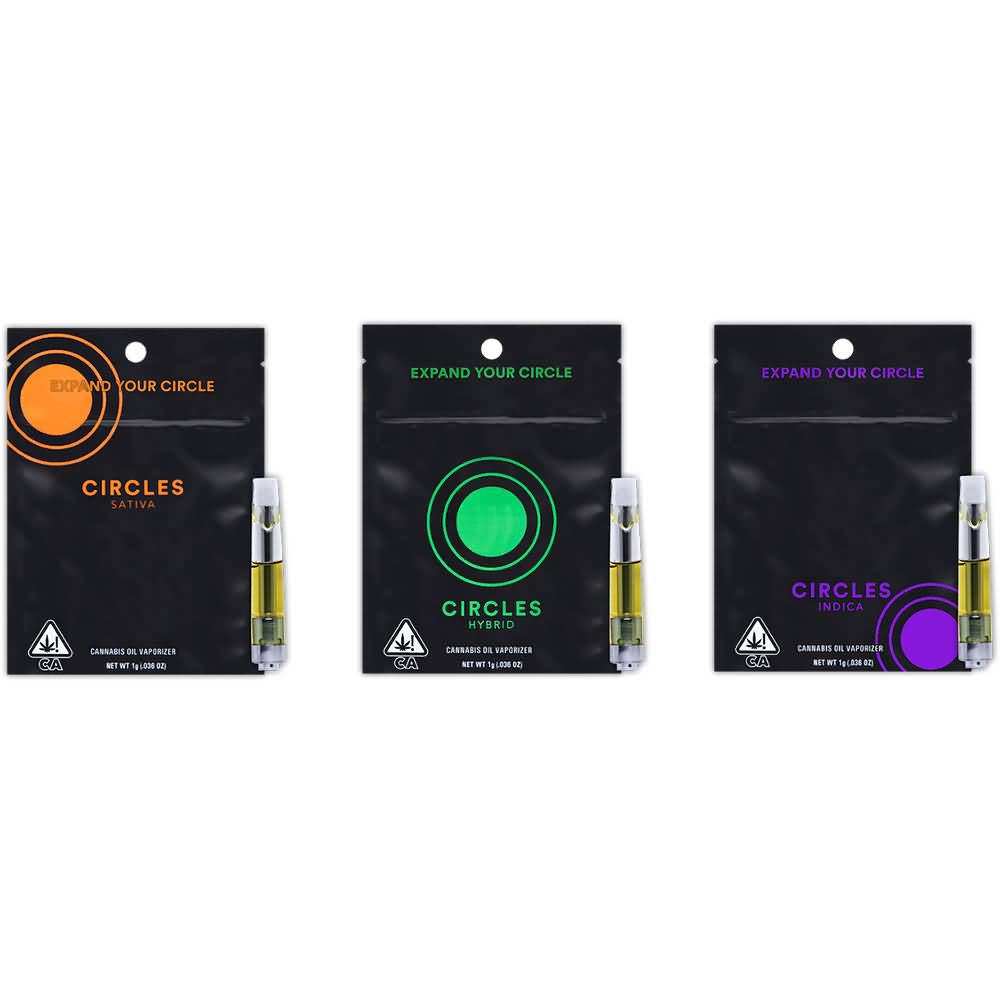

9. Circles
One more matte black finish is thrown into the mix with Circles. If you aren’t picking up on the sleek, elegant look of the matte finishes, then it’s time to start. Circles, as their name suggests, uses circles placed throughout the package as their logo, but in different colors and places. Each matte black package is resealable, has minimal design elements, and has a two-tone color theme.
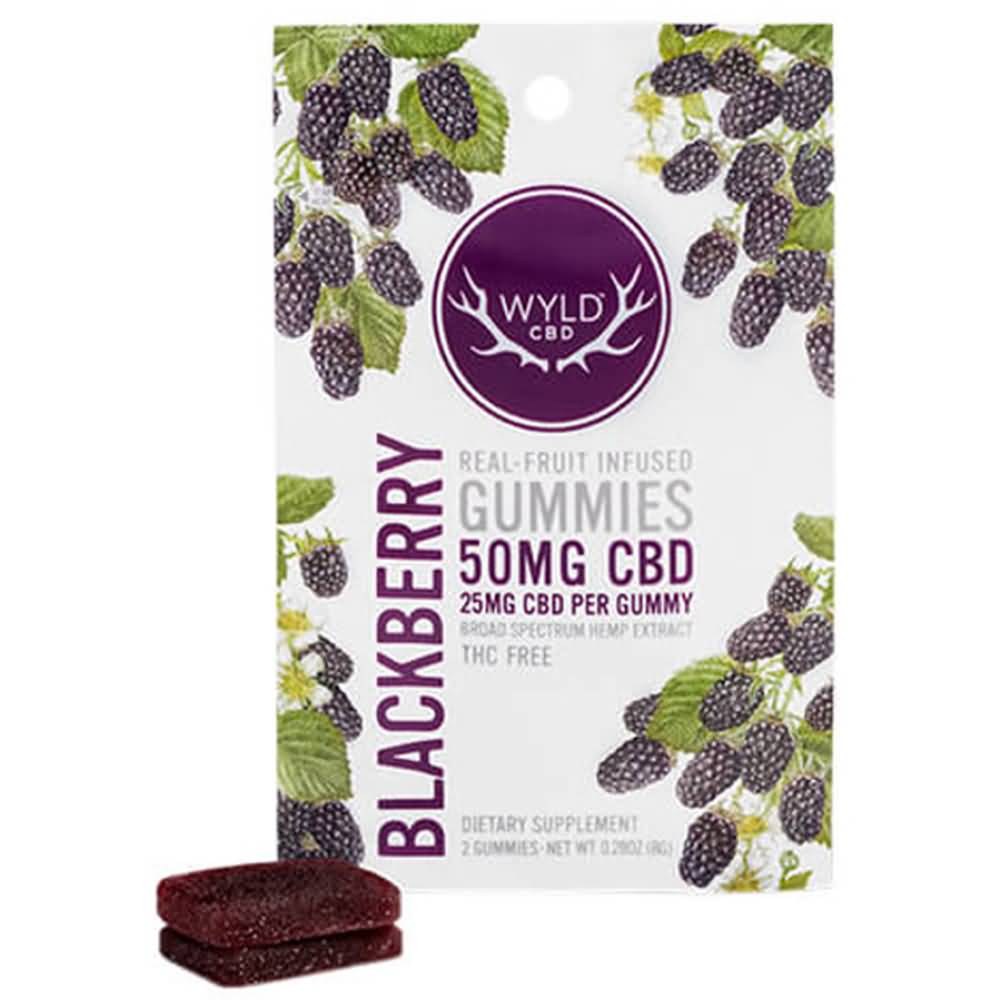

10. Wyld
Wyld sells its gummies in a white matte finish, with resealable packages that are flexible and easy to grab and store. They also play off the “wild” theme of their namesake, with graphics representing the flavor decorating the package and a collection of colors to match the flavor as well. It feels earthy and natural and includes all the necessary information right on the package.
Packaging that is designed to be fun, functional, and attractive is easy when you work with Care Pac designers. Small and medium-sized businesses can find an affordable way to make their own cannabis products stand out with a range of sizes, materials, package types, and closures to meet the needs of your product as well as your state laws. Check out the CarePac website for more information or to see some options! Contact one of our designers today and fill your cart with wonderful options!
